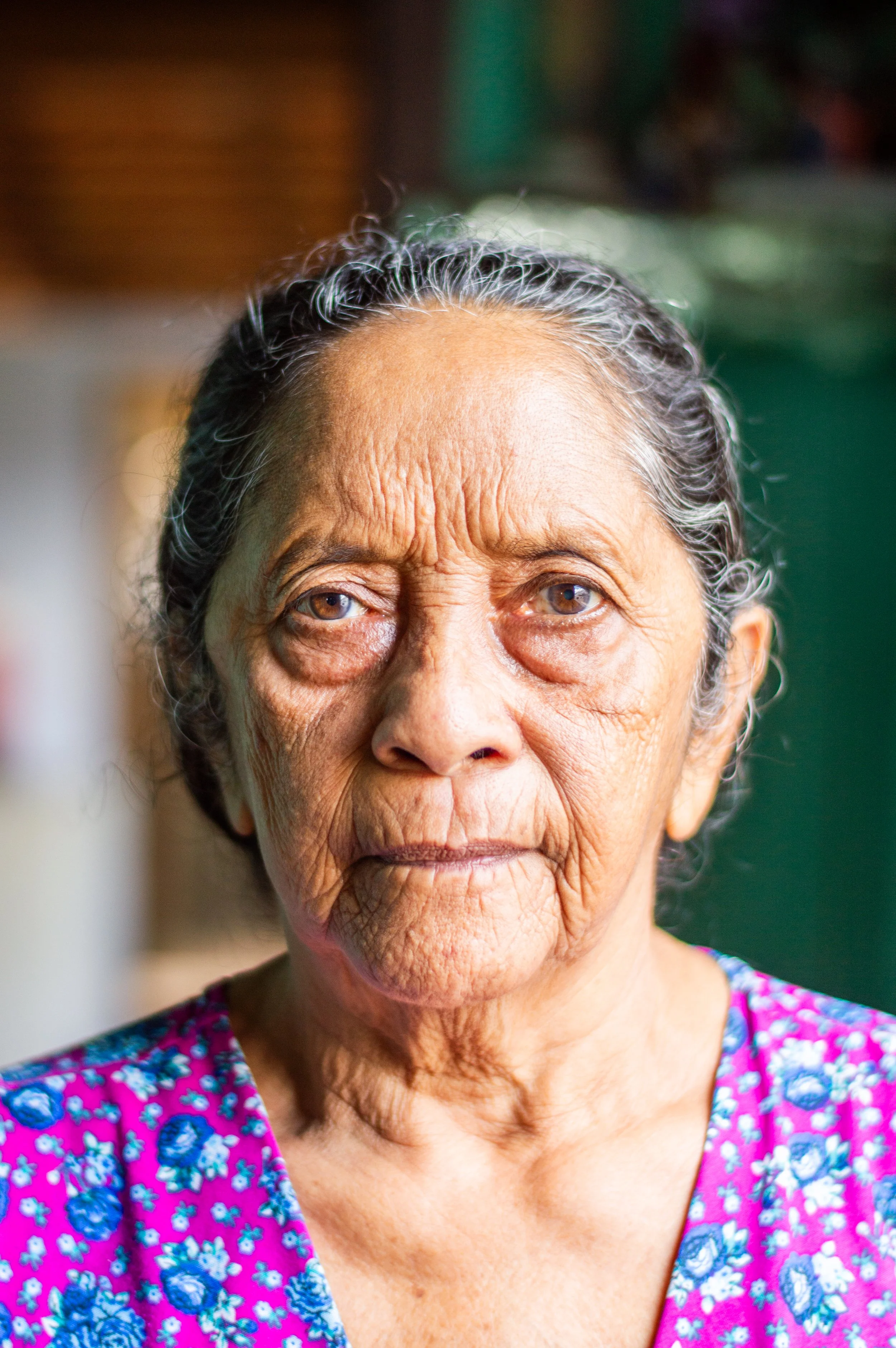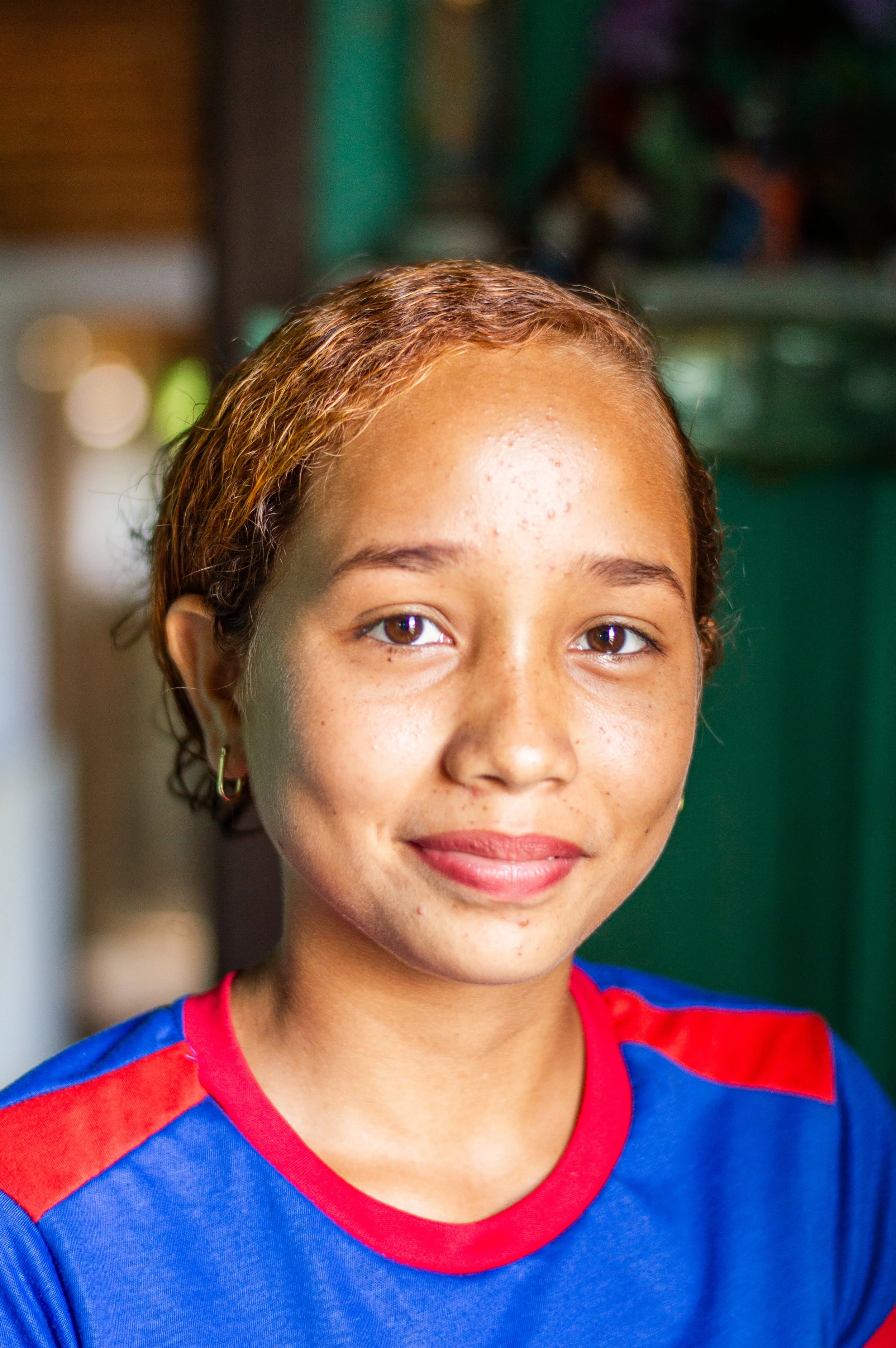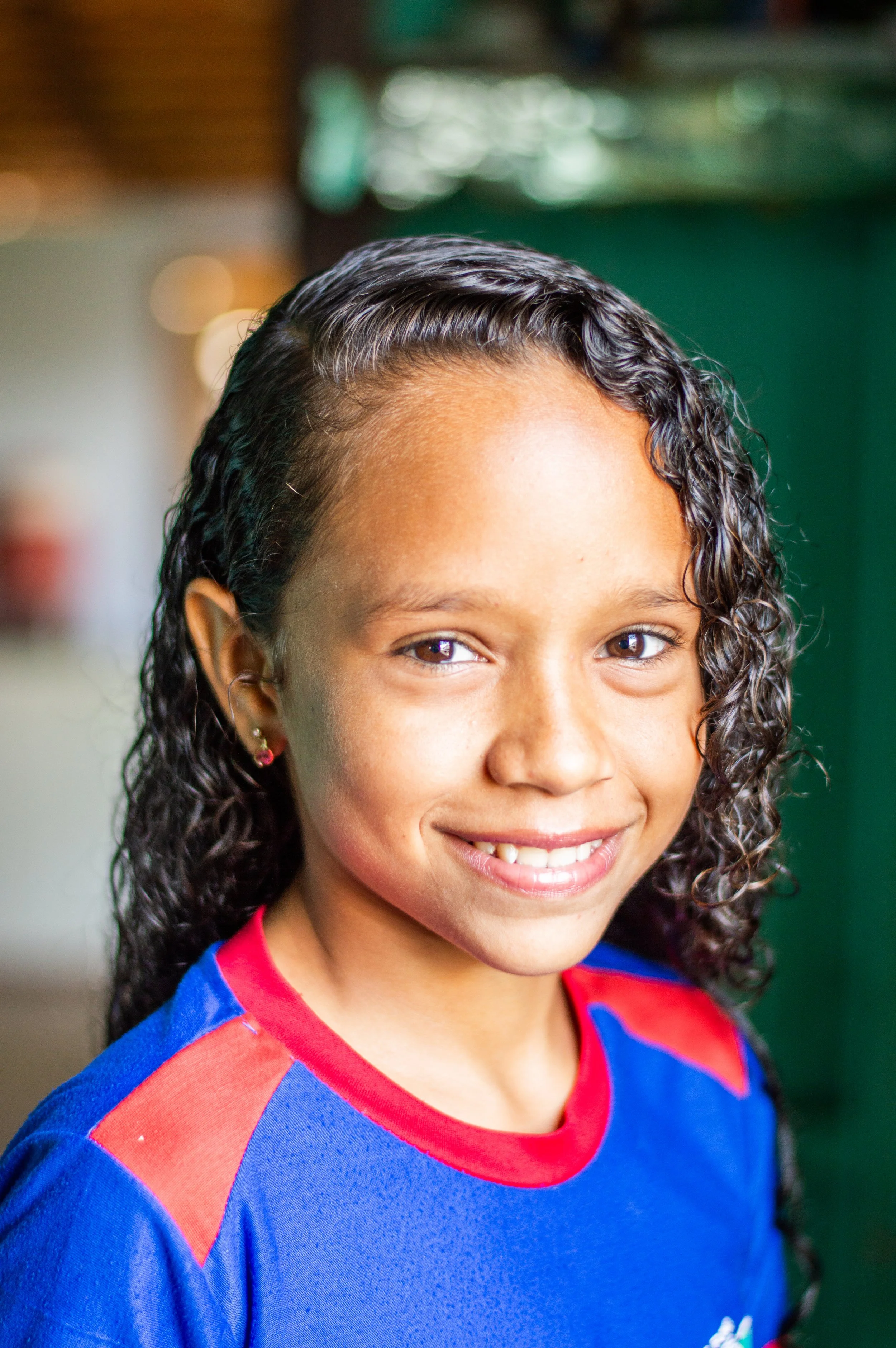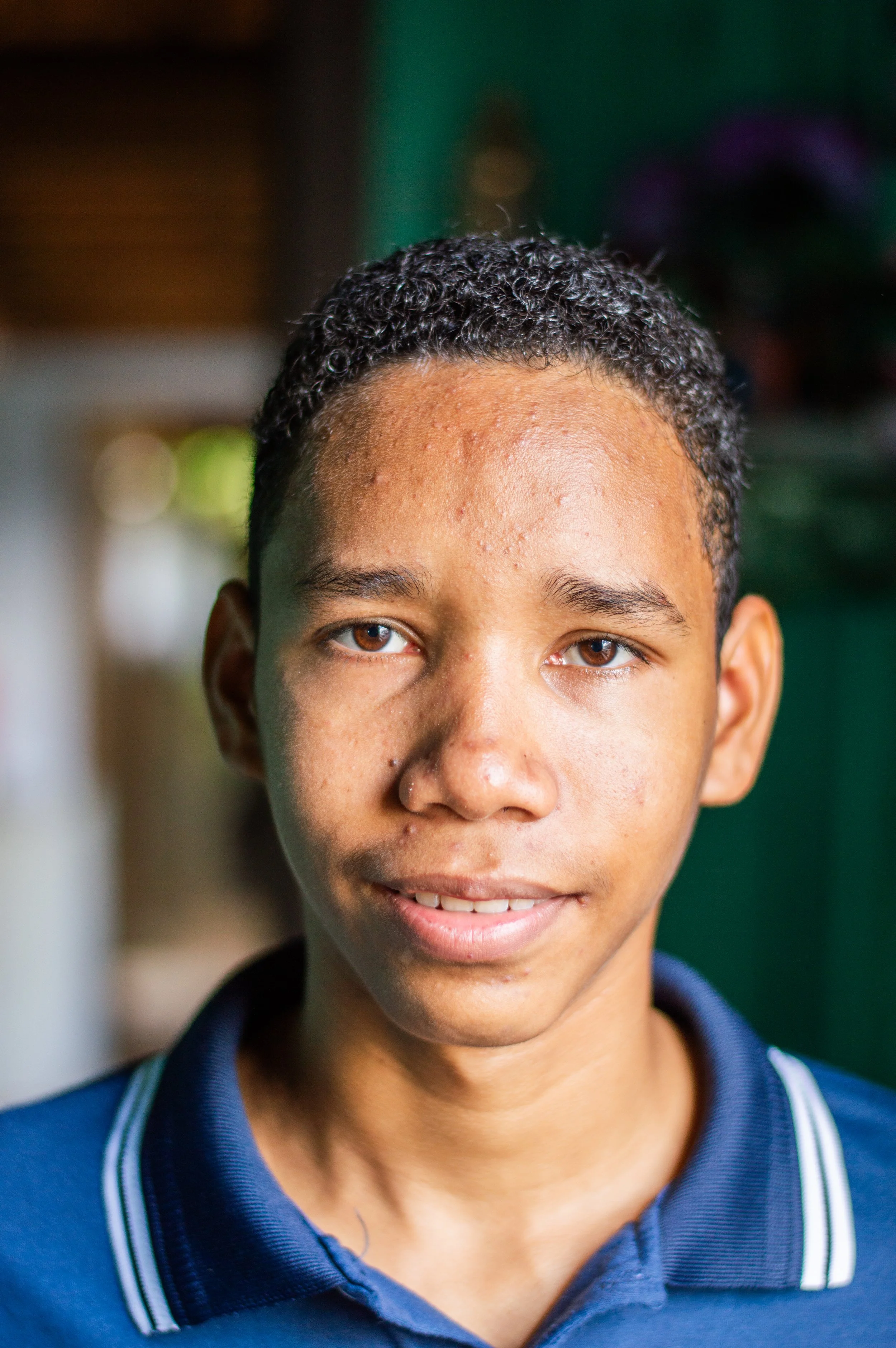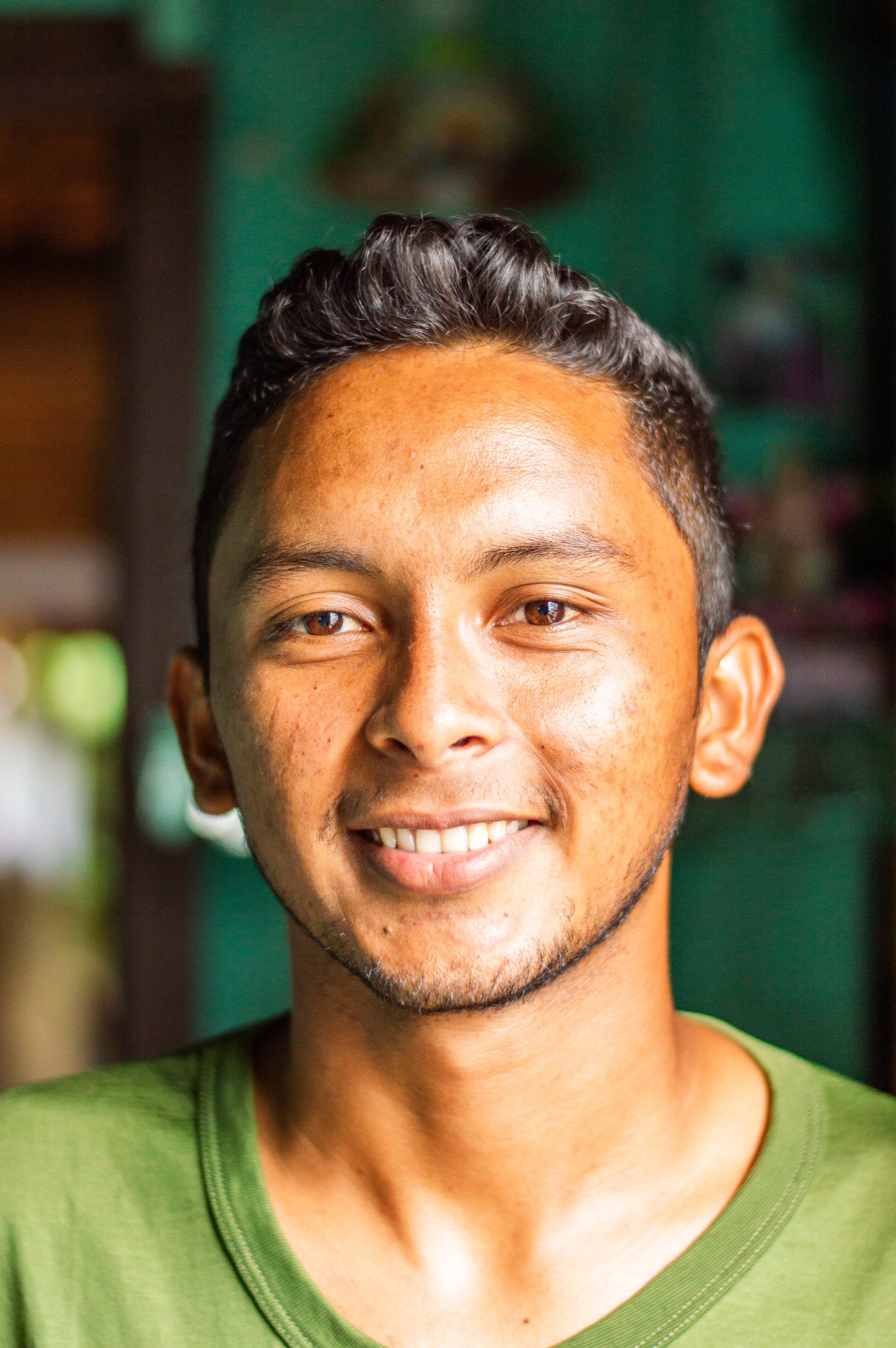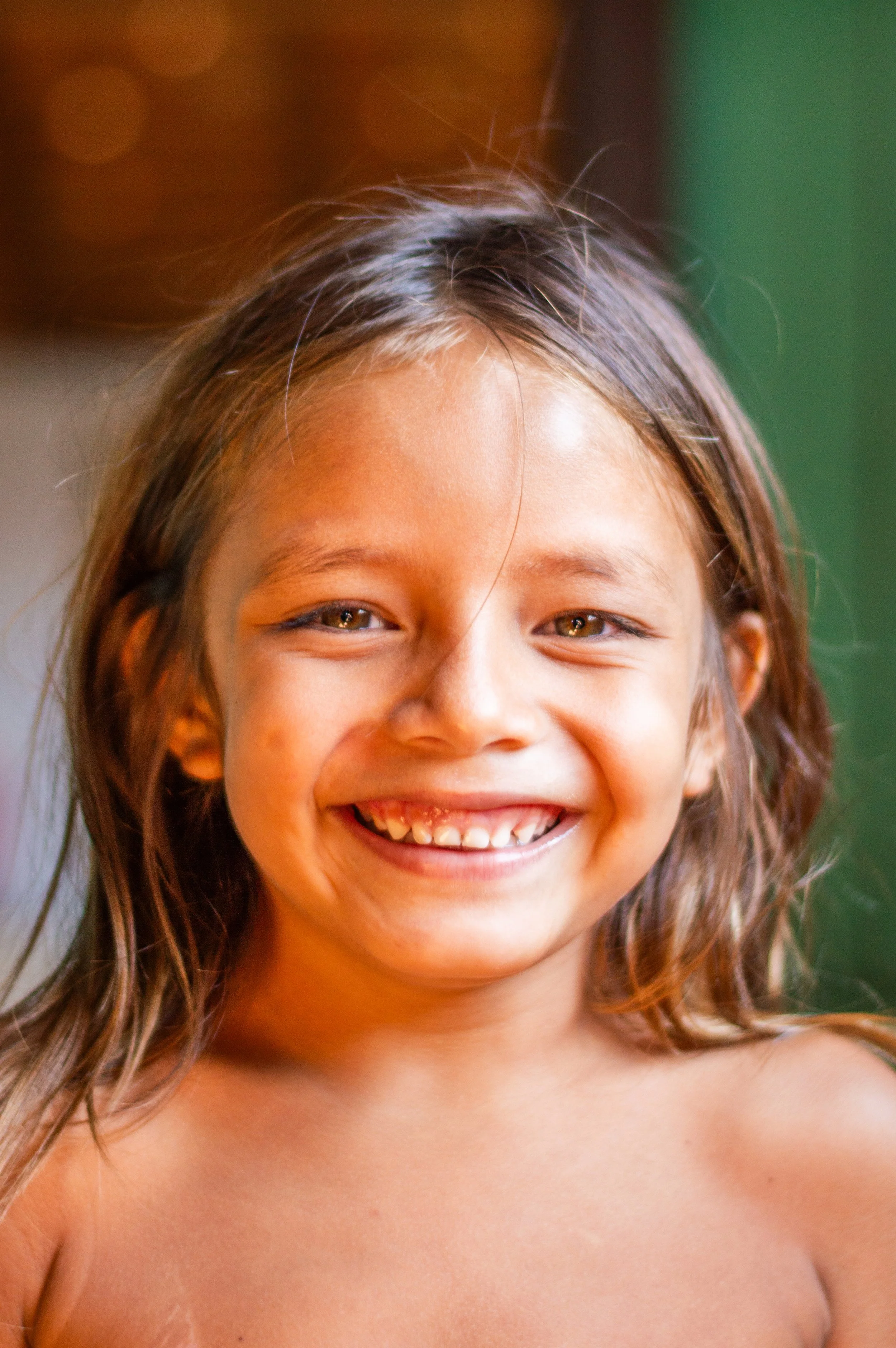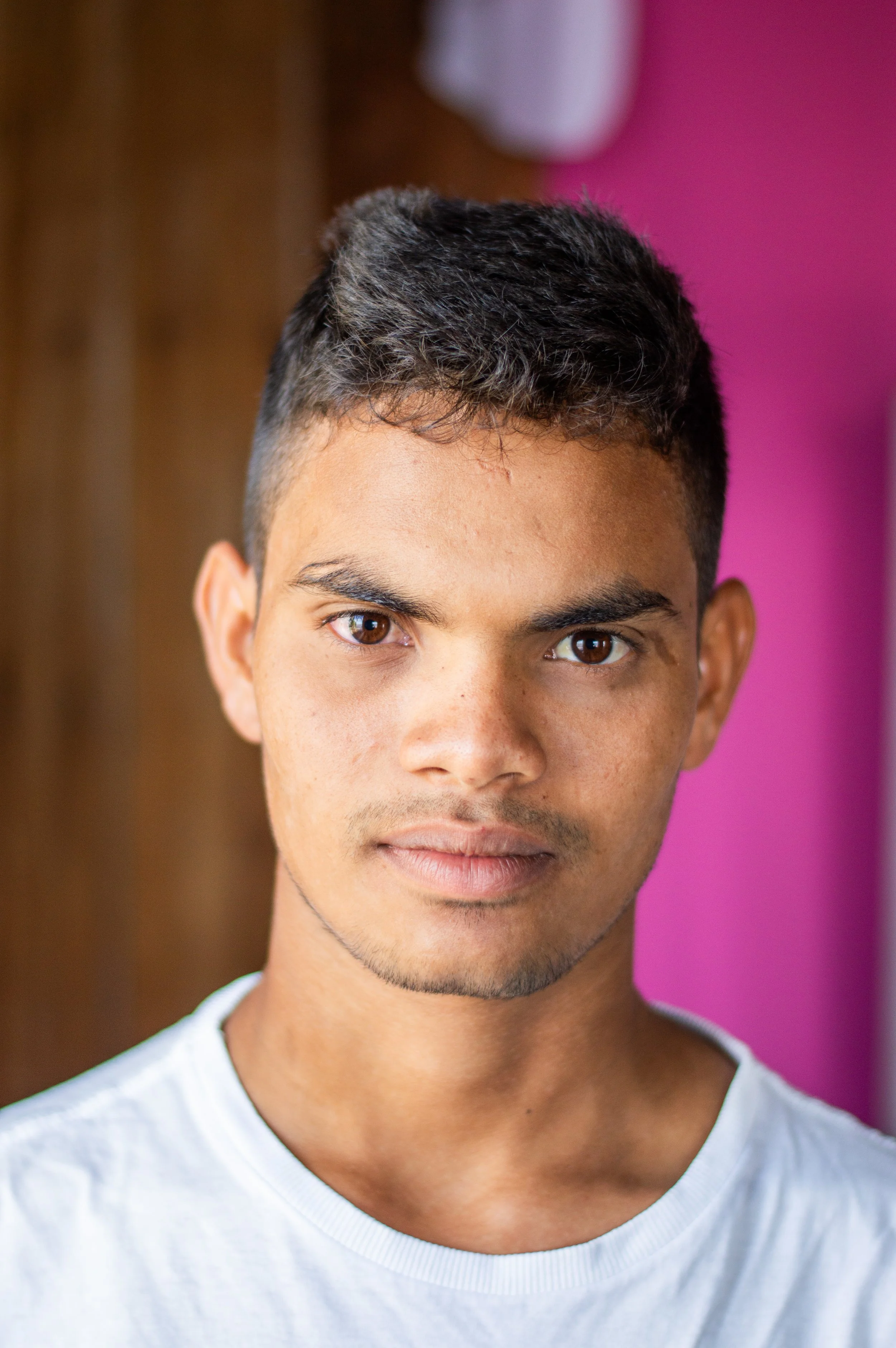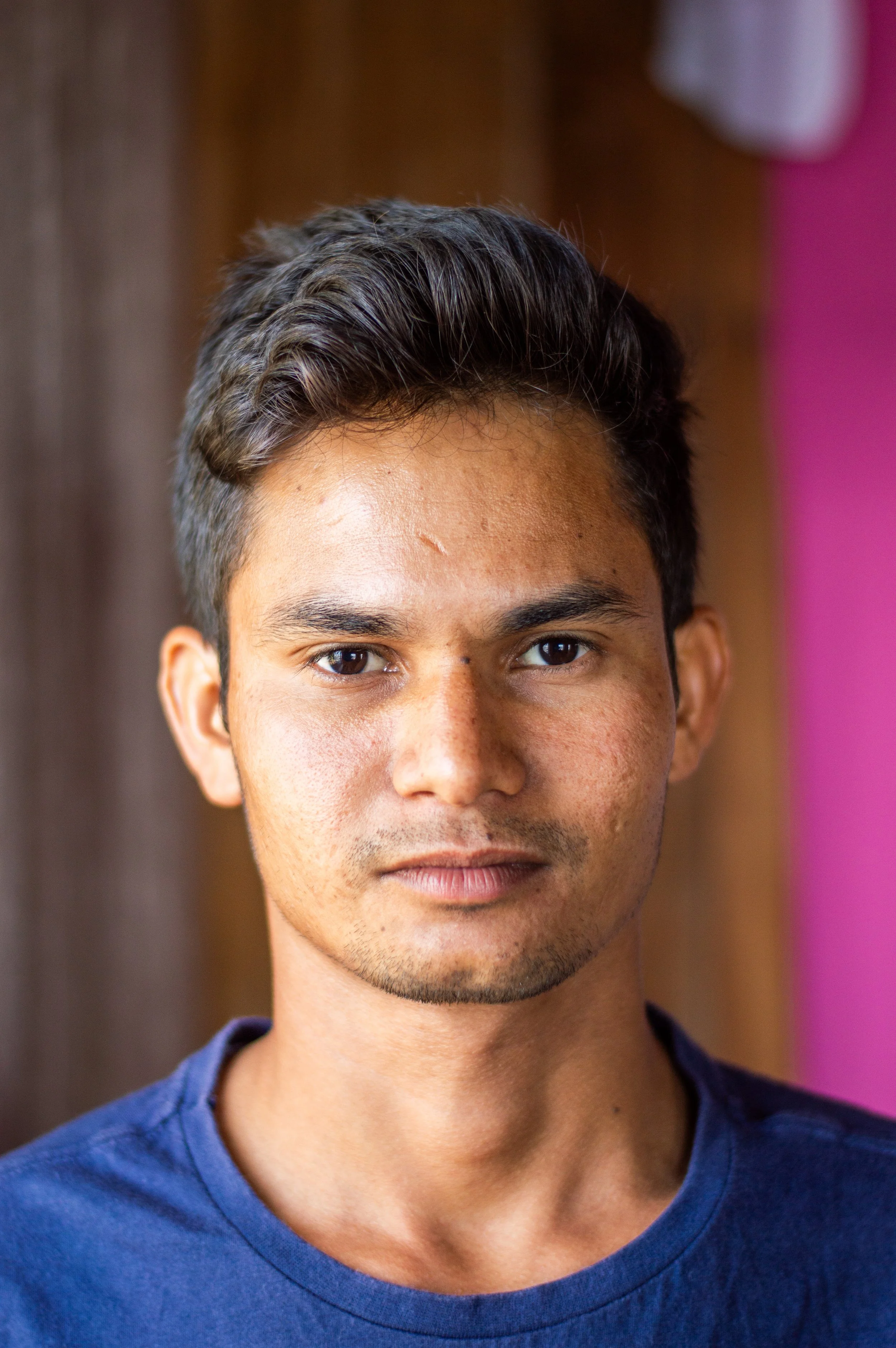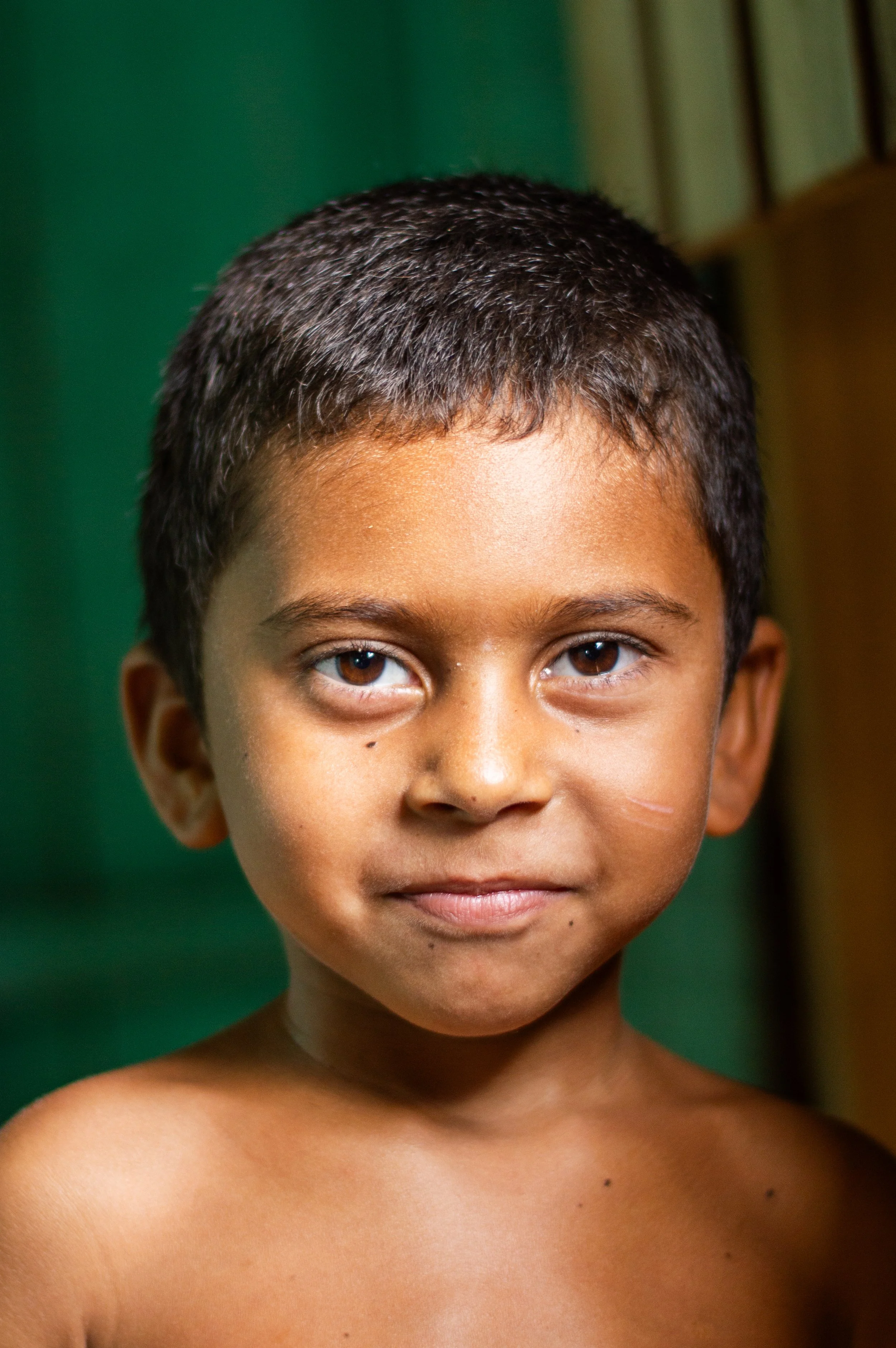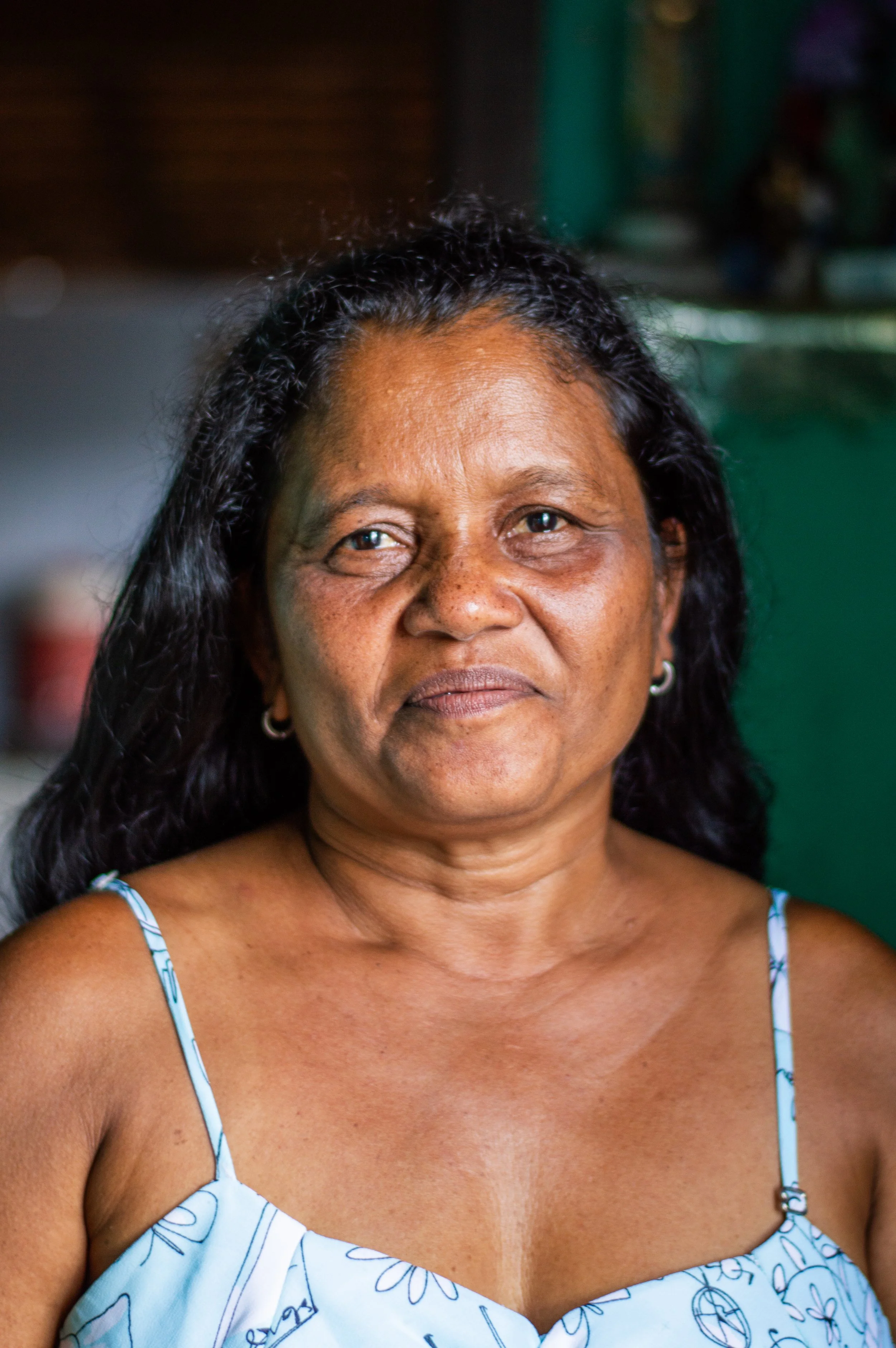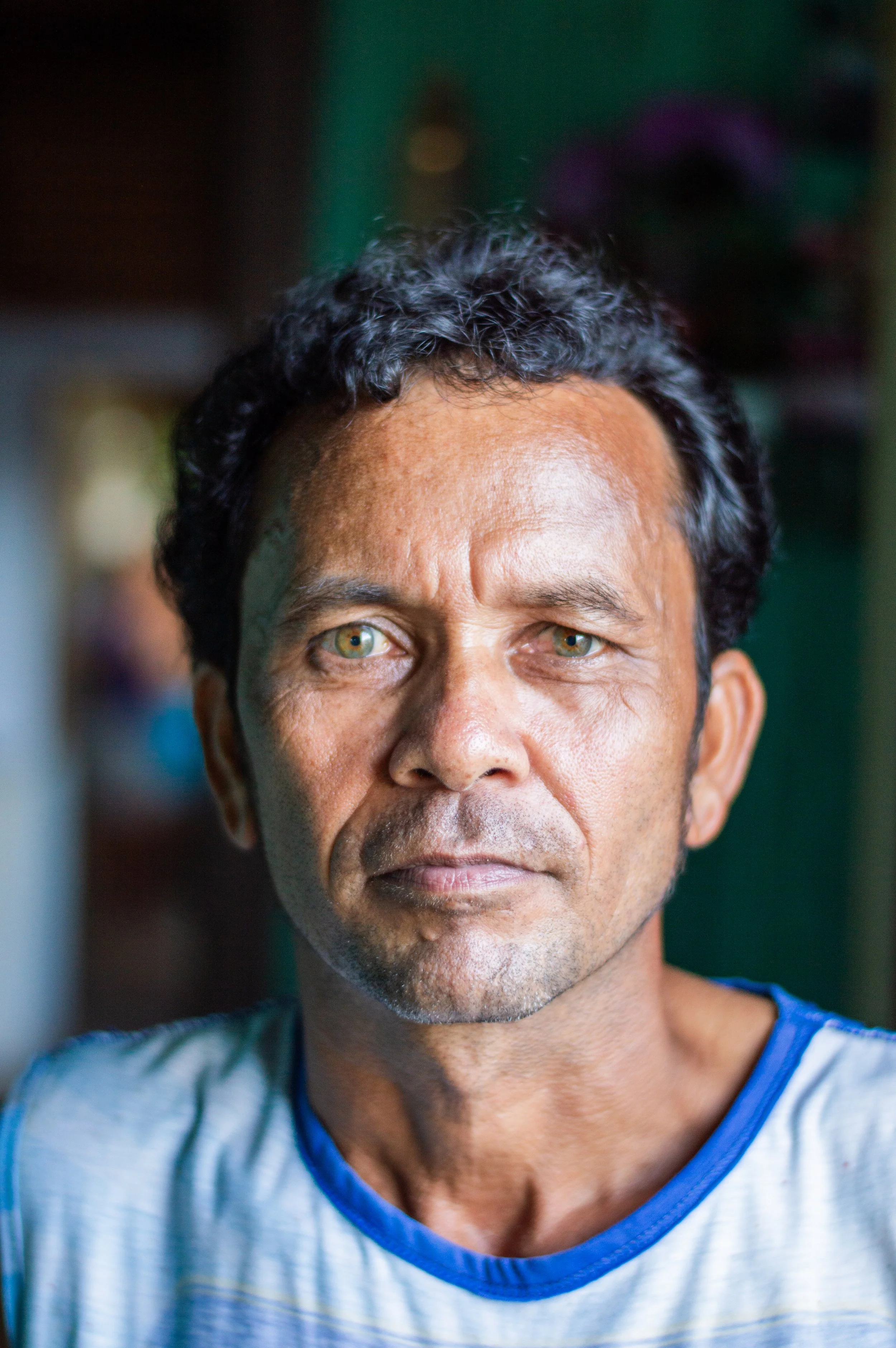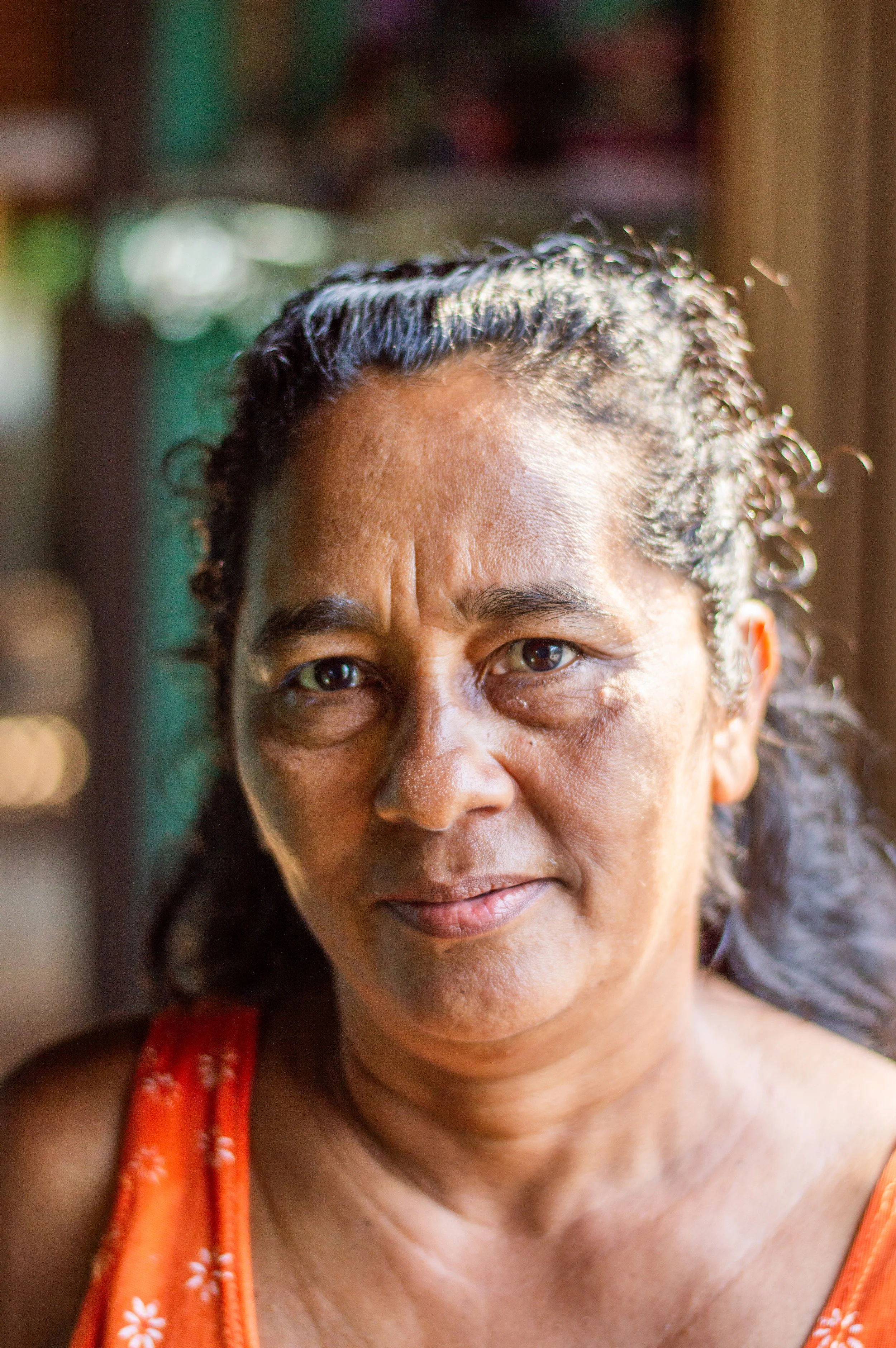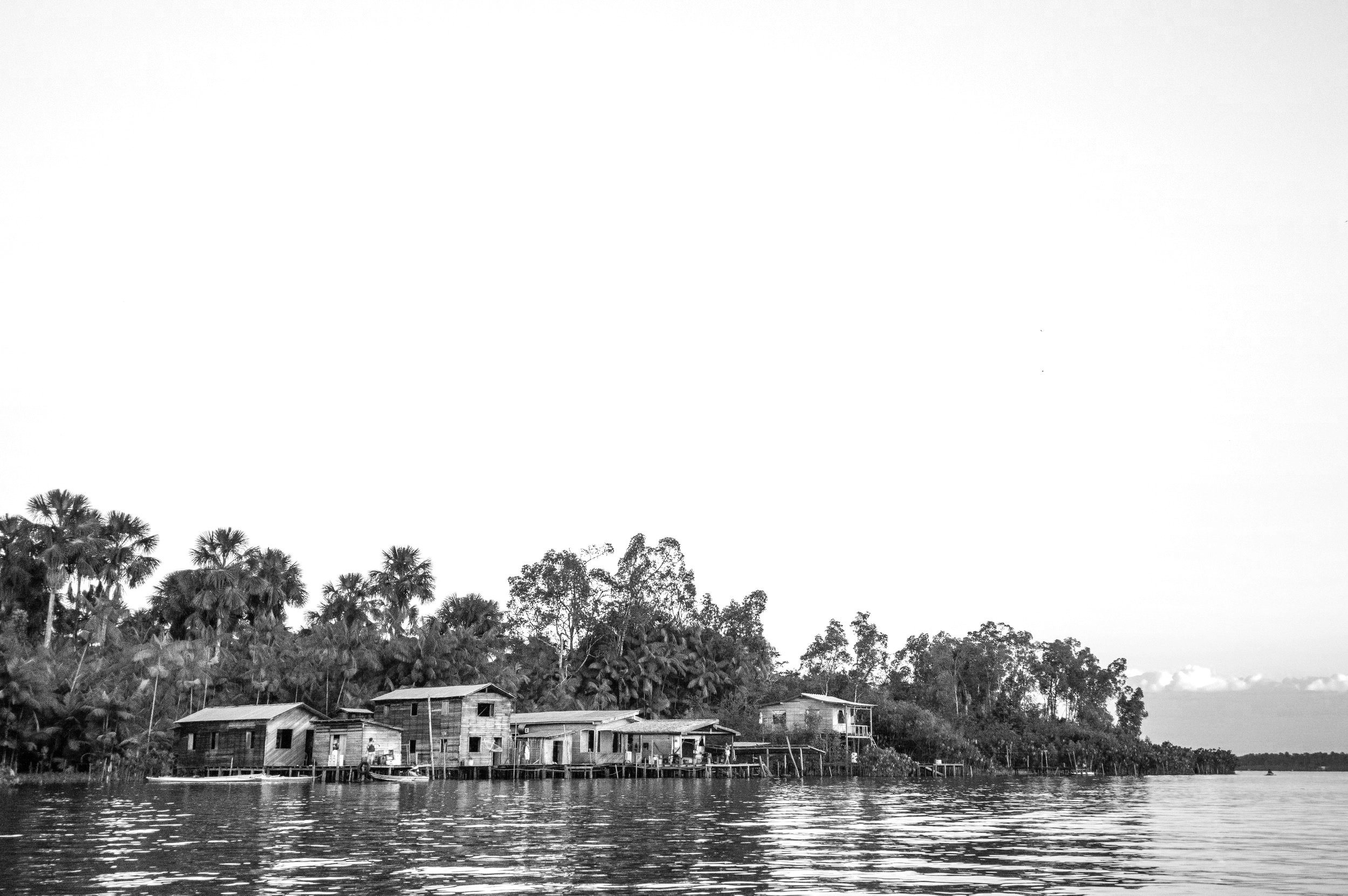
Water, heat and plants:
Canaticu River, Amazon Rainforest, Brazil
Years ago, I embarked on a solitary journey to one of the many hearts of the Amazon Rainforest, living for 30 days in the Canaticu River, located in the Marajó Archipelago within the Amazon. During my stay, I was hosted by the warm and welcoming families of the "Comunidade Sagrada Família." My purpose for this journey was completely undefined, but I knew there would be lots to learn there. Little did I know that this experience would profoundly change my life.
Today, as a PhD student in Environmental Engineering, I look back at this experience to take their teachings to one of the main problems of our world: the extreme heat. Communities in tropical areas have already been dealing with heat for centuries and developed their vernacular and time-shaped knowledge to adapt:
“The role of knowledge in intuitively adapting to excessive heat is crucial. This knowledge can be seen as an intangible infrastructure that guides people in effectively protecting themselves during heatwaves. […] Additionally, vernacular knowledge, including ethnic, local-based, intergenerational and Indigenous knowledge, is essential in providing effective behavioural measures to cool both the body and living spaces. Losing this intangible capital can result in inability to combat excessive heat” (Mazzone et al., 2023, Nature Sustainability).
The daily lives of tropical communities can be a valuable lesson for adapting cities to a changing climate. In the Amazon region, this is especially true. There, air humidity levels are high, which hinder our abilities to deal with heat, as well as intense rainfall events are also frequent, which will be more and more common in our cities as climate changes.
This experience was a reminder that there are many other dimensions of existence, and there is no need to reinvent the wheel. Instead, we can learn from those who already adapted to some of our current hurdles while still living in harmony with their surroundings. Through this essay, I aim to share the invaluable lessons I learned from the Marajó people about their routine and their relationship with water, with plants, and with heat.
Water
Where life in the Canaticu River unfolds, time passes slower and spaces are enormous. The sprawling Amazon rivers are not just rivers but part of an intricate hierarchy: from the smallest 'igarapés' (small tributaries) to the mightiest 'rios' (rivers) and the winding 'furos' (channels), these waterways define not only the landscape but a way of life. As the sprawling rivers are vast, they often require people to offer shelter to strangers, as distances may take days of traveling.
The beginning of the journey: taking the boat from Belém (Pará) to Curralinho, the mouth of Rio Canaticu (Canaticu River)
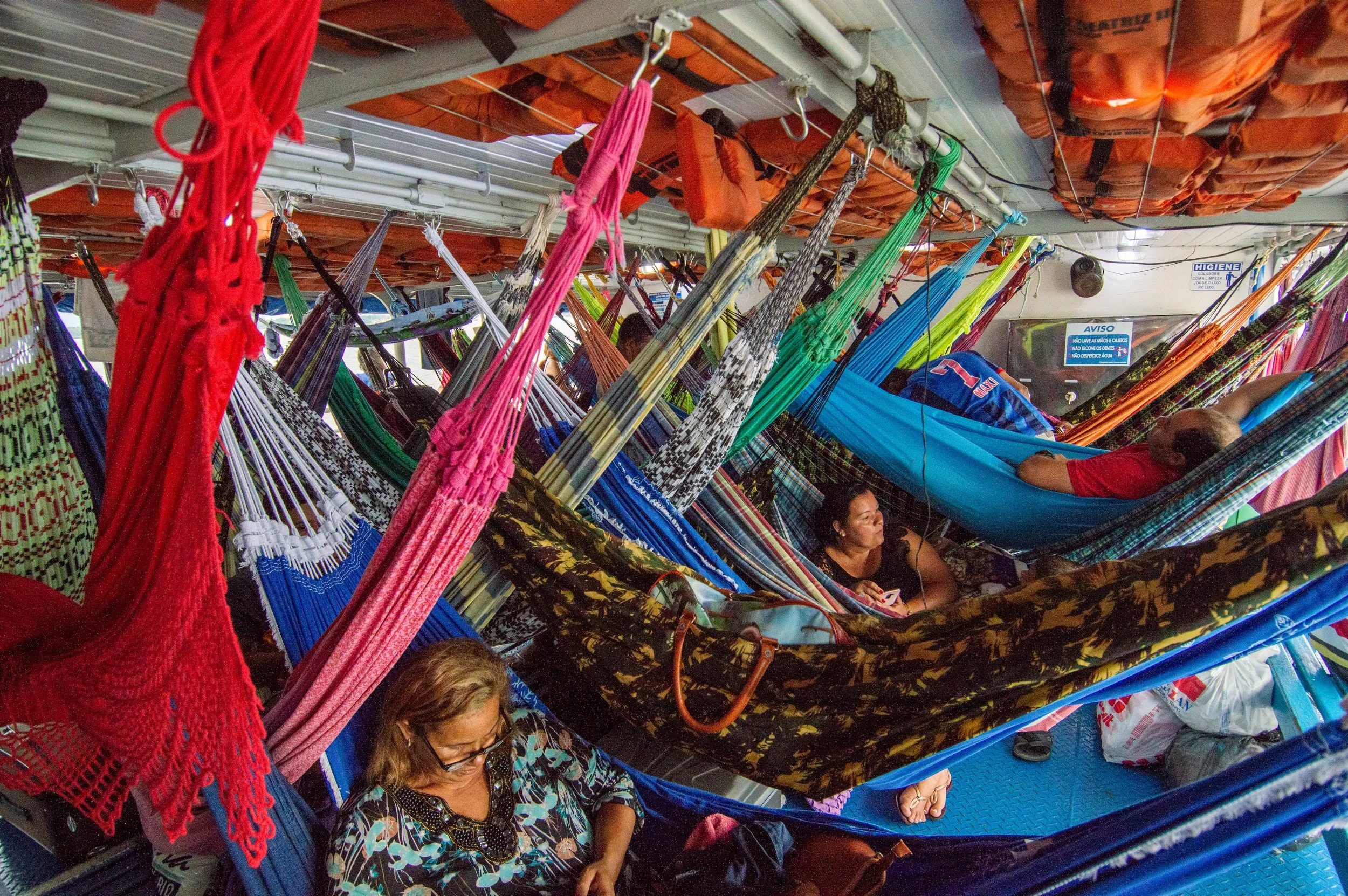
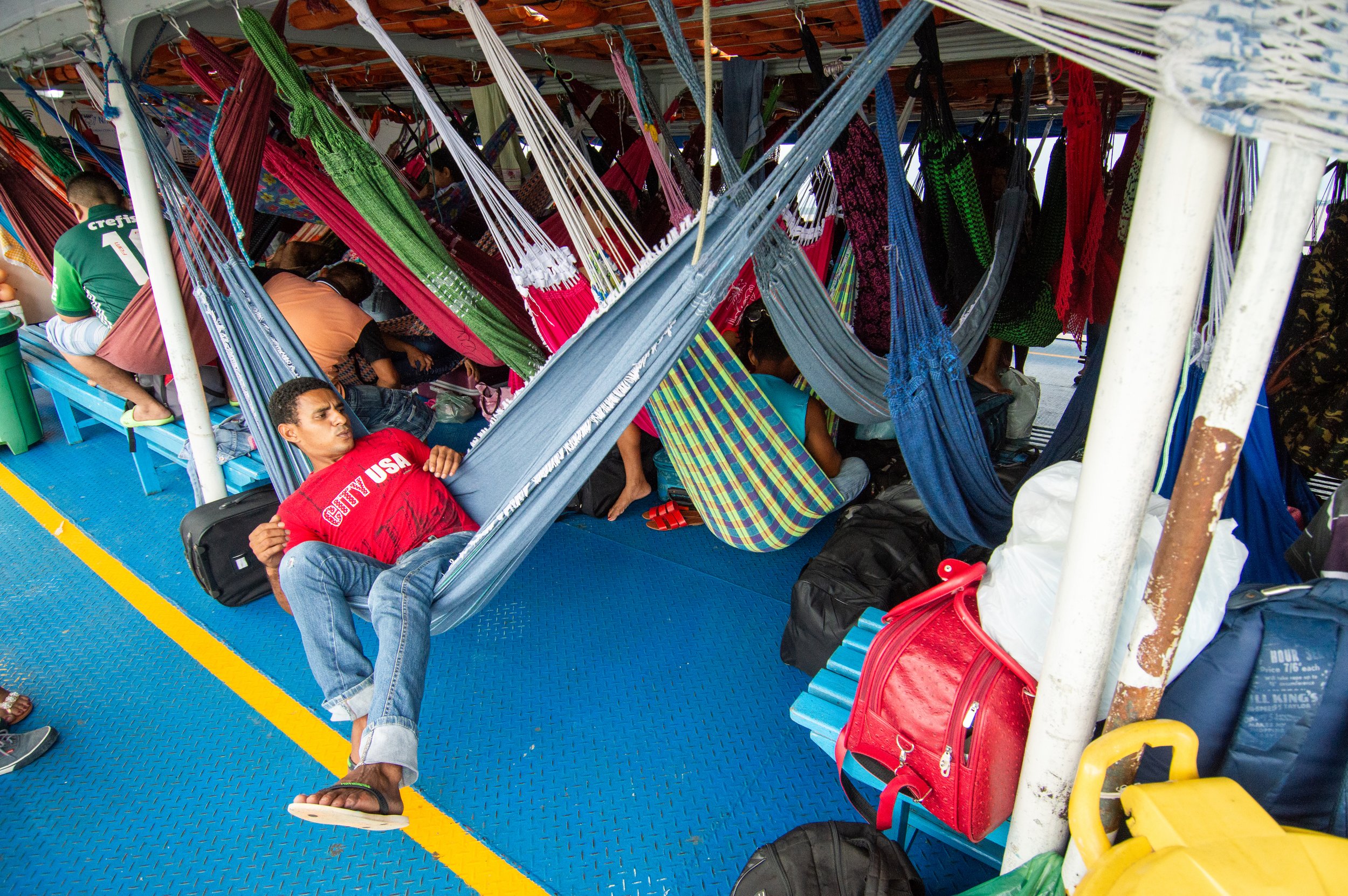
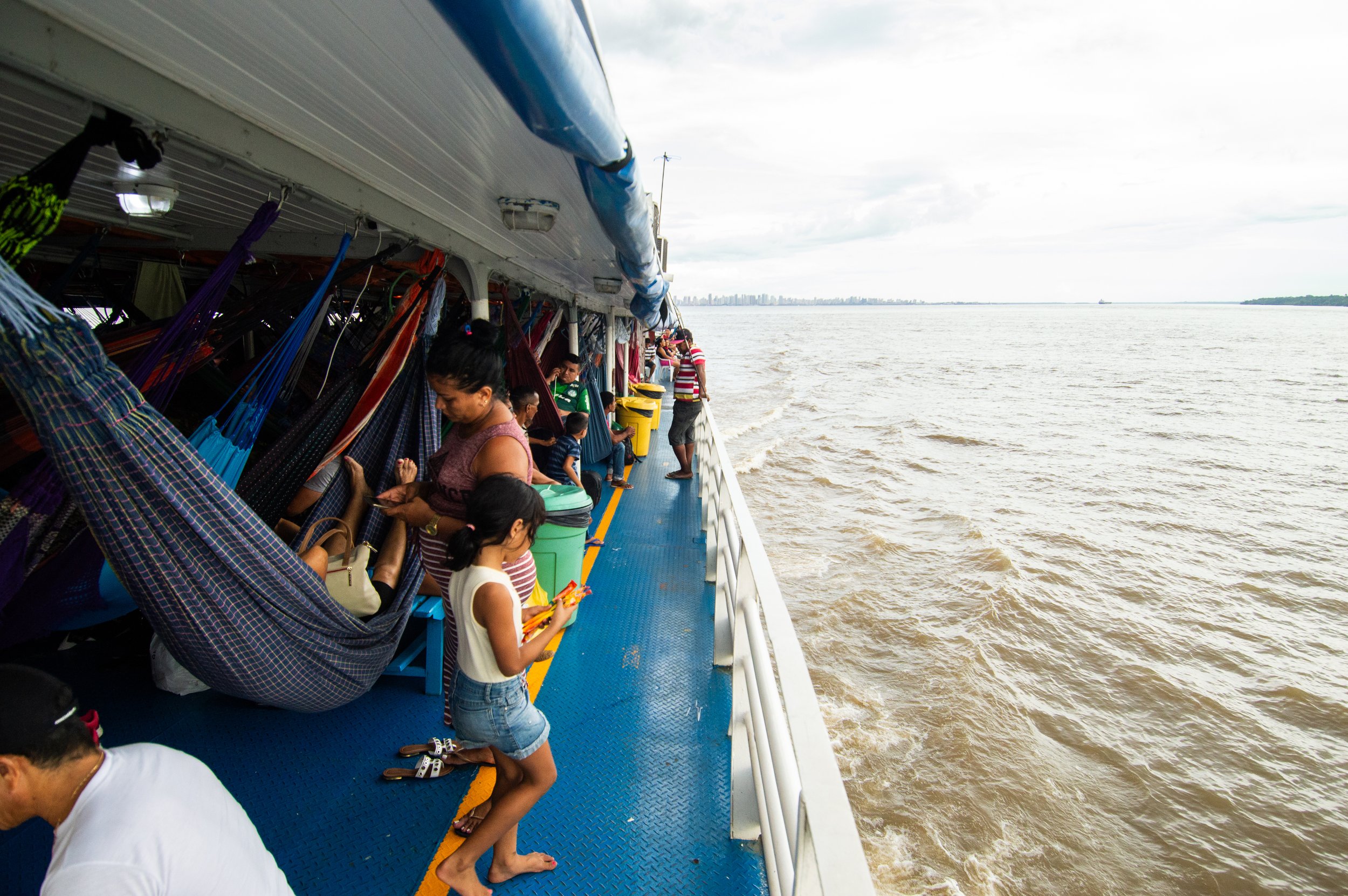
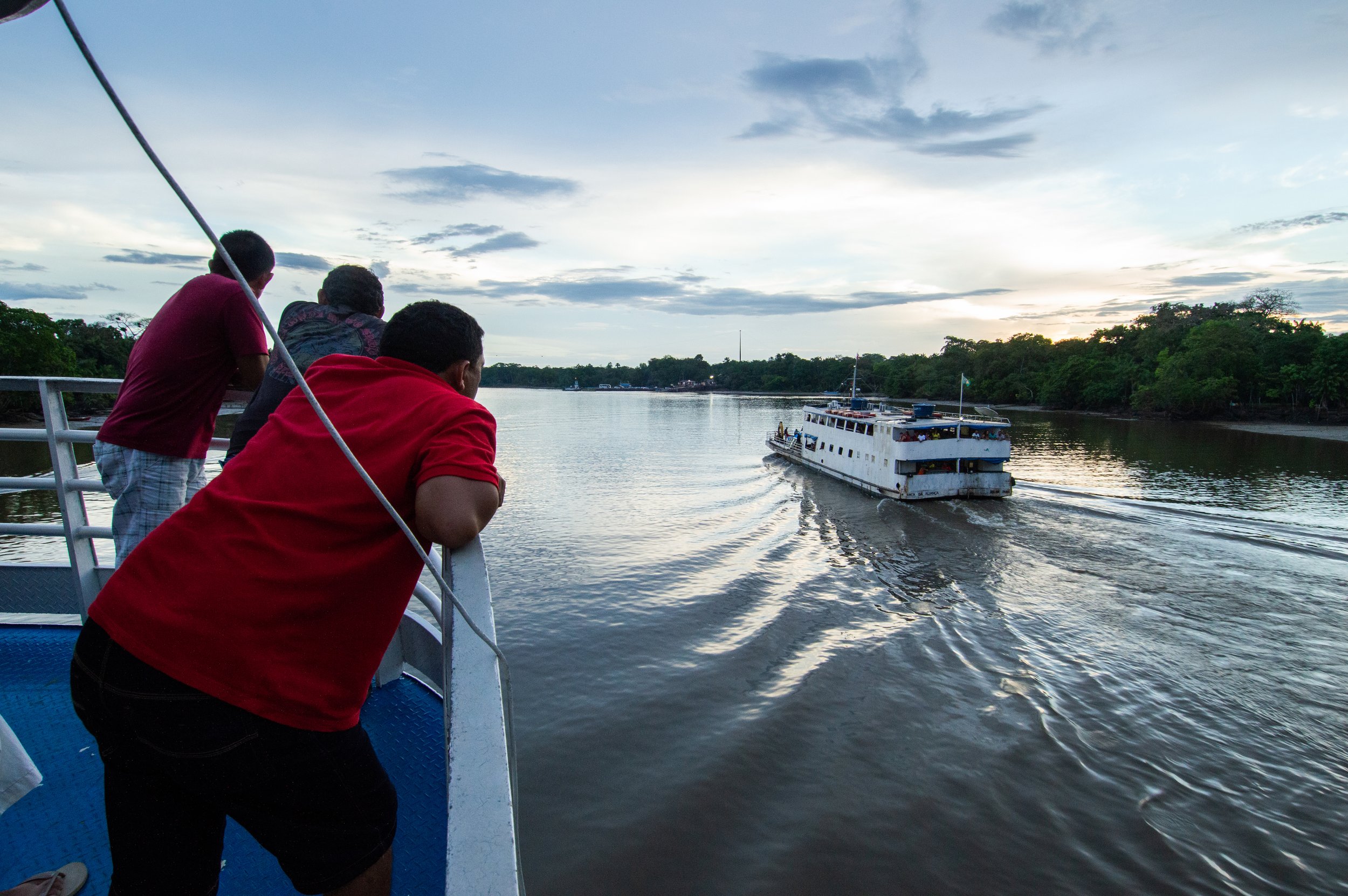
Tropical thunderstorms, often referred to as 'trevoadas' due to the resounding thunderclaps that echo through the rainforest, punctuate the days. These storms serve as both a reminder of nature's raw power and an opportunity to embrace the life-giving rains.
"Trevoada”, a heavy tropical thunderstorm with strong winds.
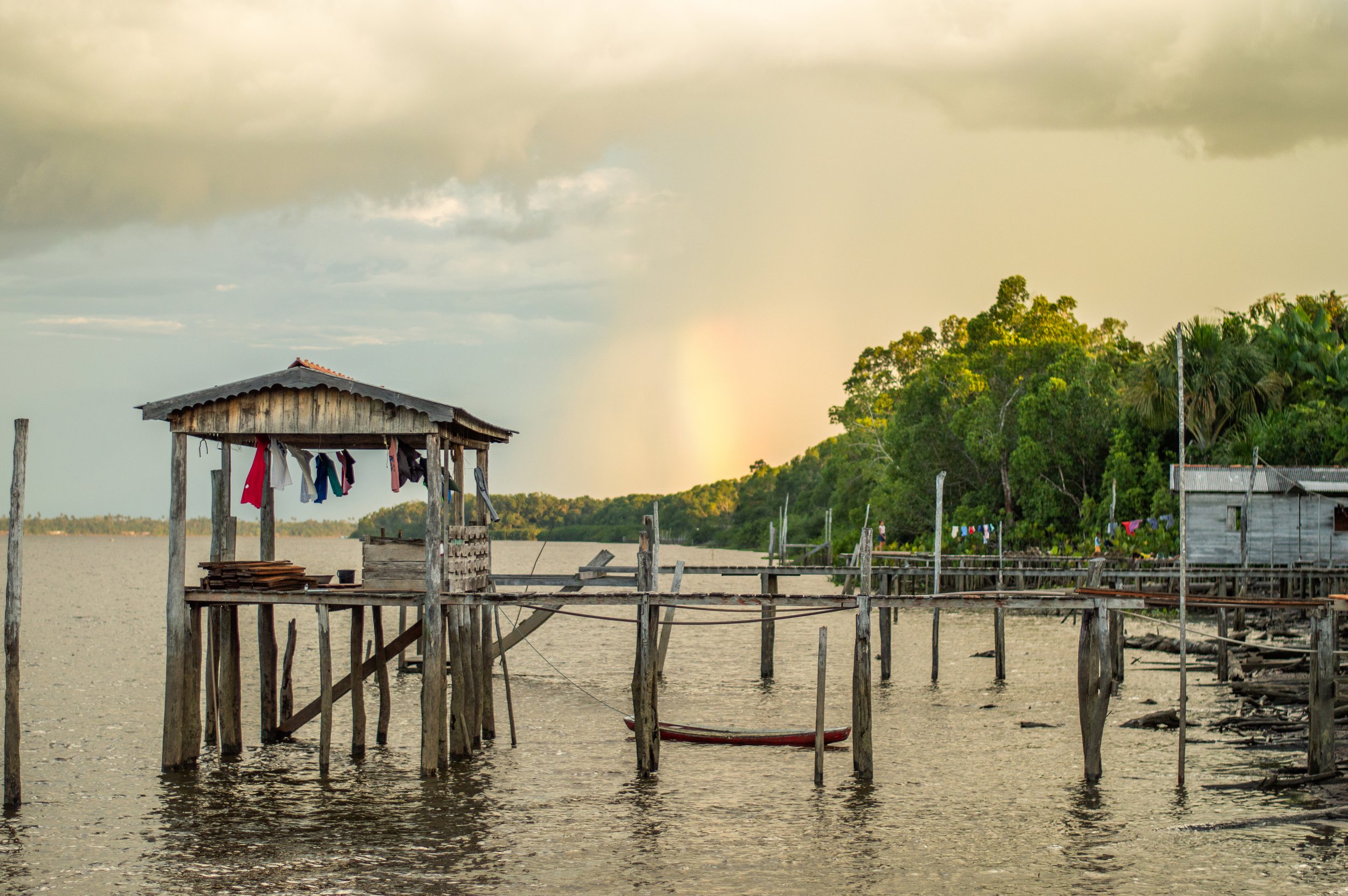

But the rivers there are more than just natural wonders; they are lifelines, providing food and supporting basic needs. They serve as the primary means of transportation, allowing access to essential activities such as commerce and education. In these waters, children find not only a playground but also a space for exploration. Daily activities like laundry and bathing are also undertaken in these rivers.
Playing in water: children and adults.
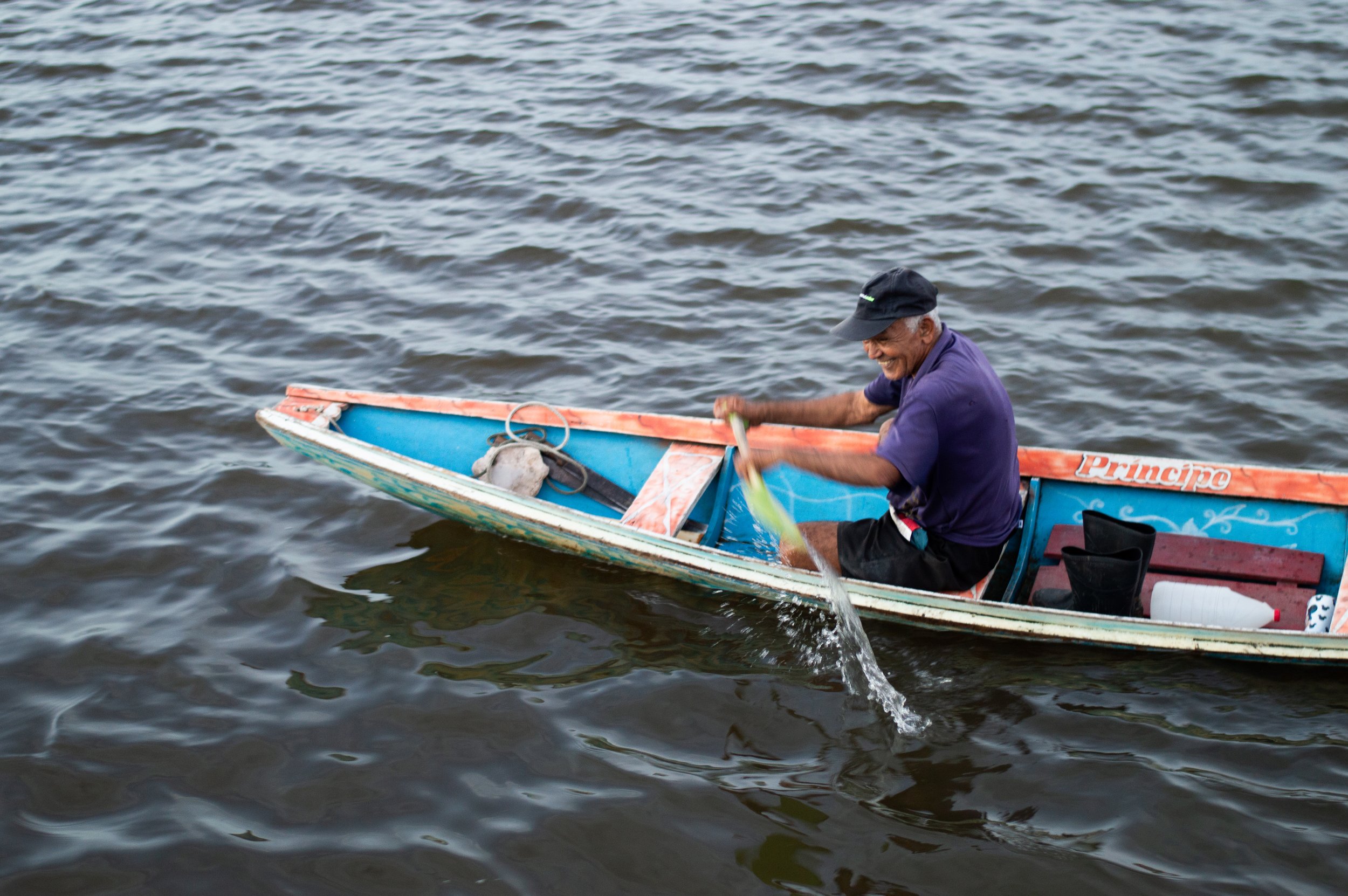
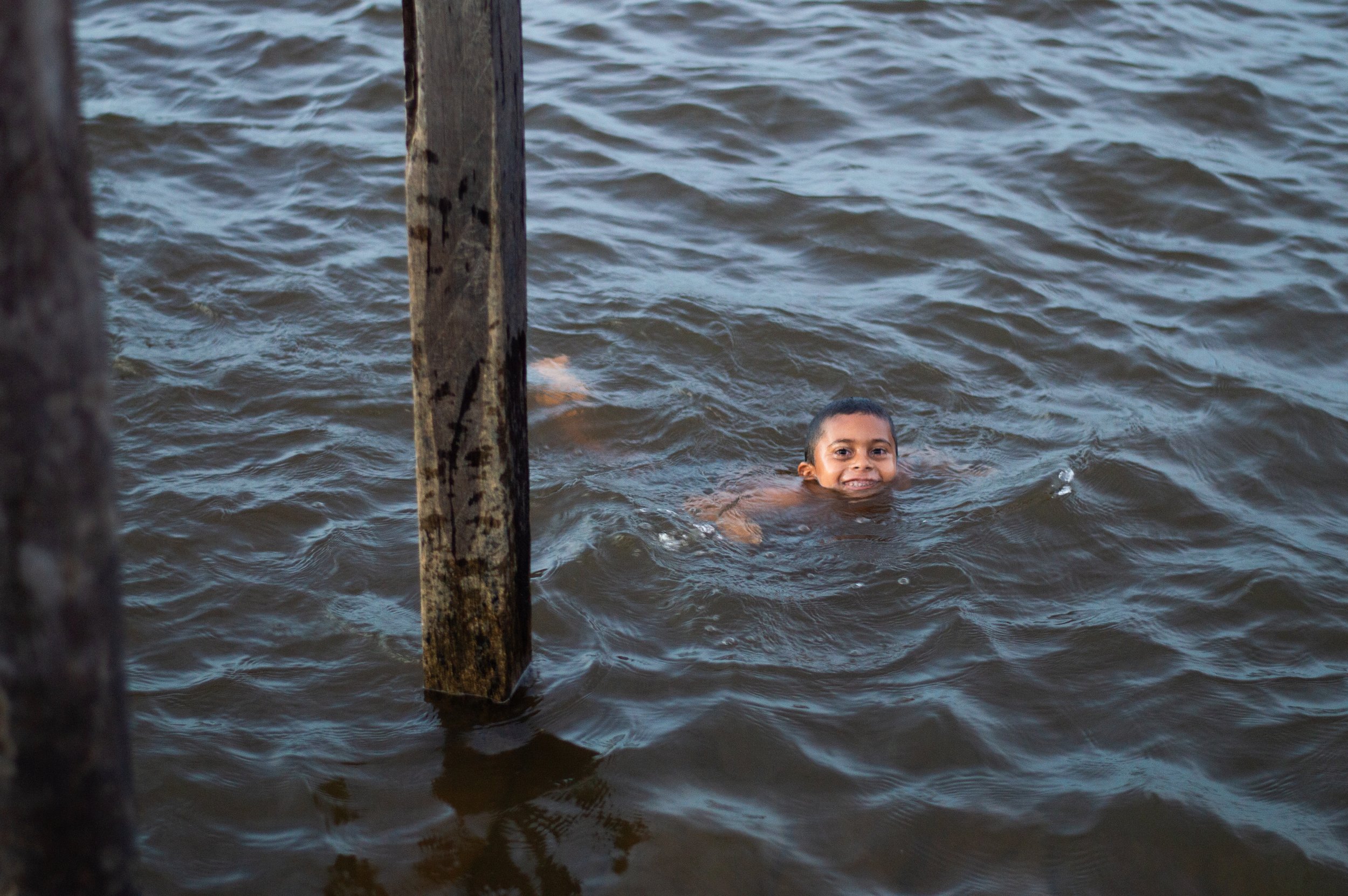
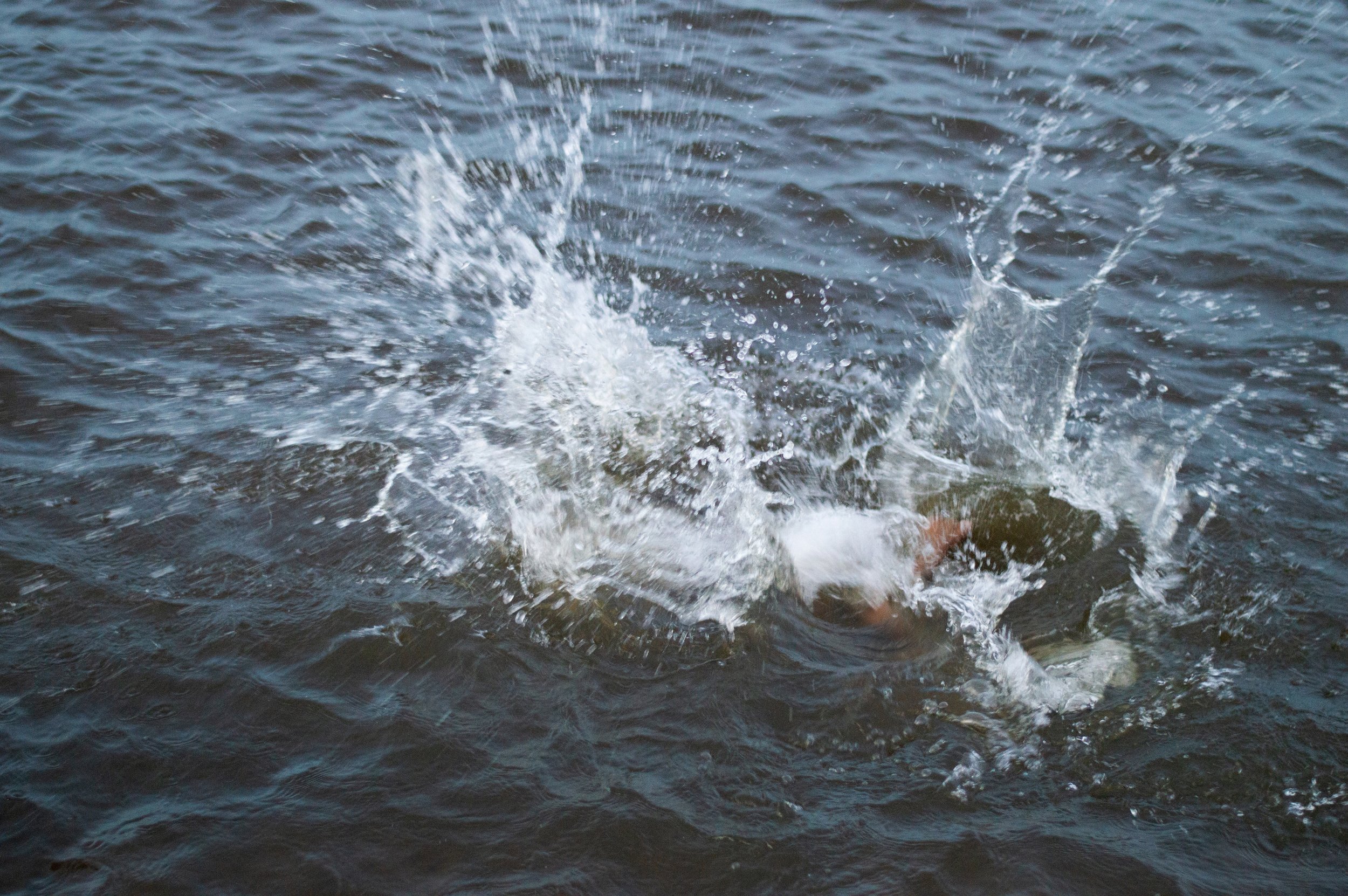
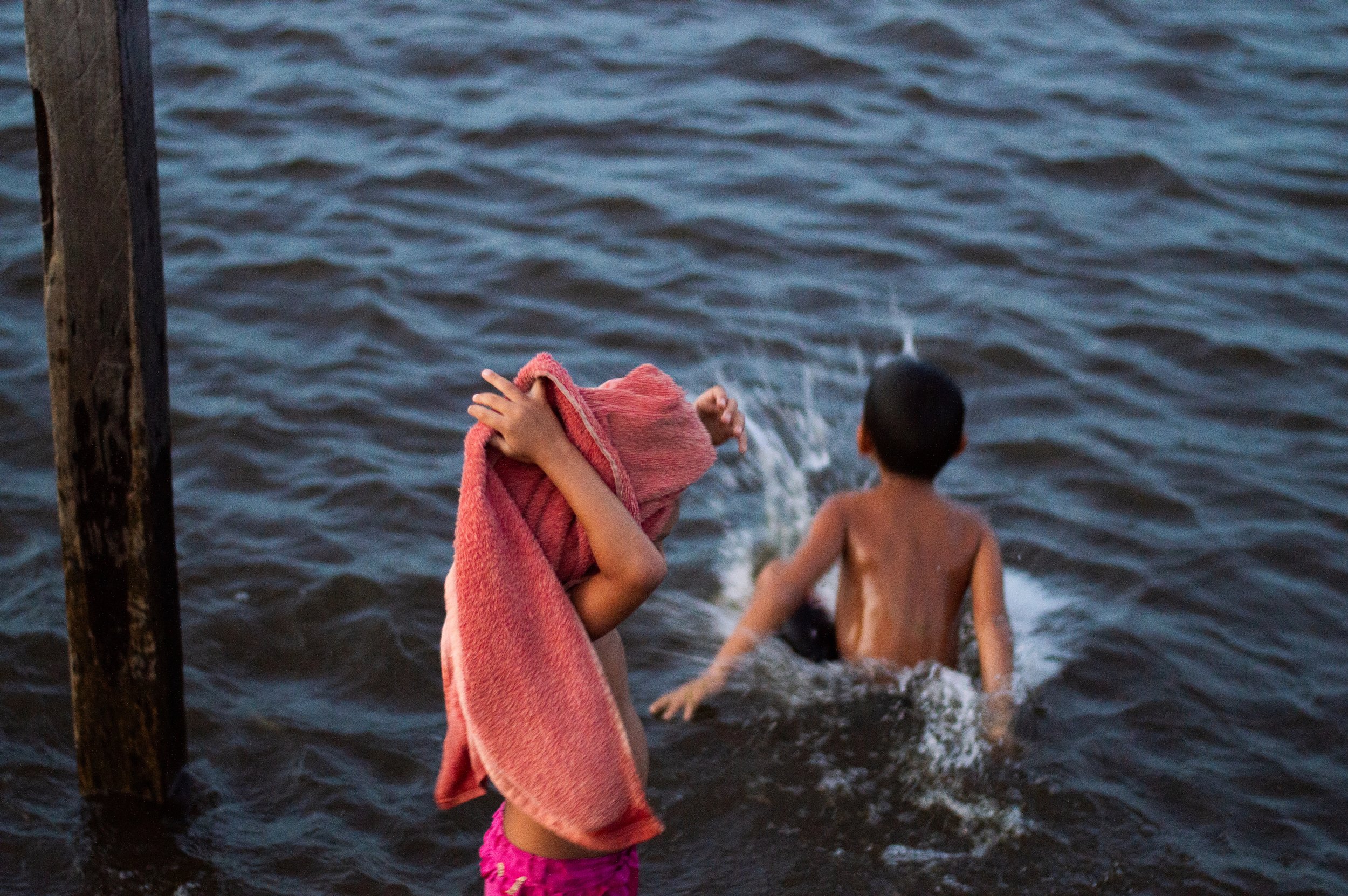
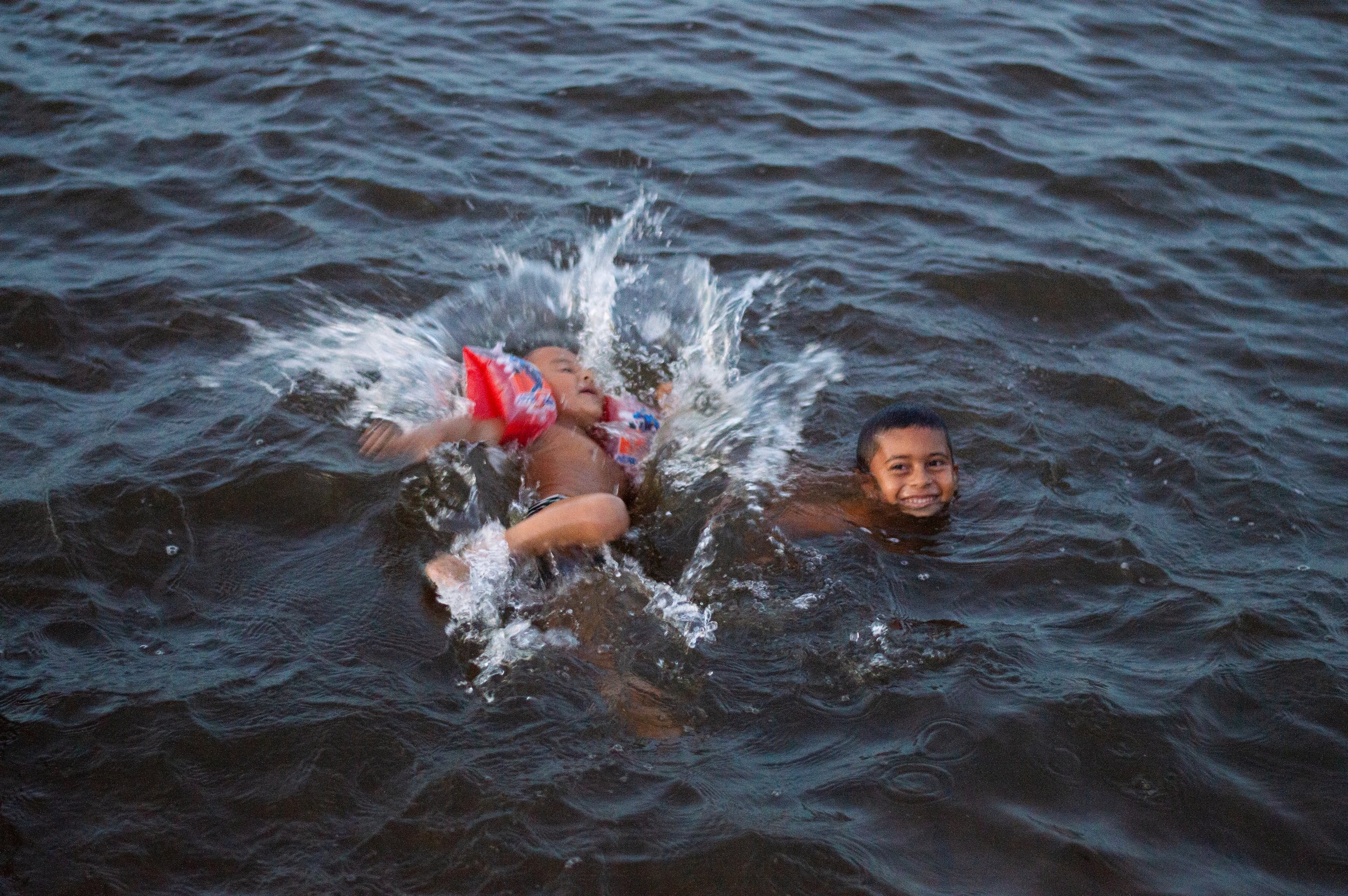
Gustavo and Carla playing with action figures in a bowl with water from Rio Canaticu.
Erick playing with water in the bowl when
Rio Canaticu tides are low.
Kelvin learning to swim with a floater made of Miriti (or Buriti, Mauritia flexuosa).
Ranieri preparing and installing the “matapis”, shrimp traps.

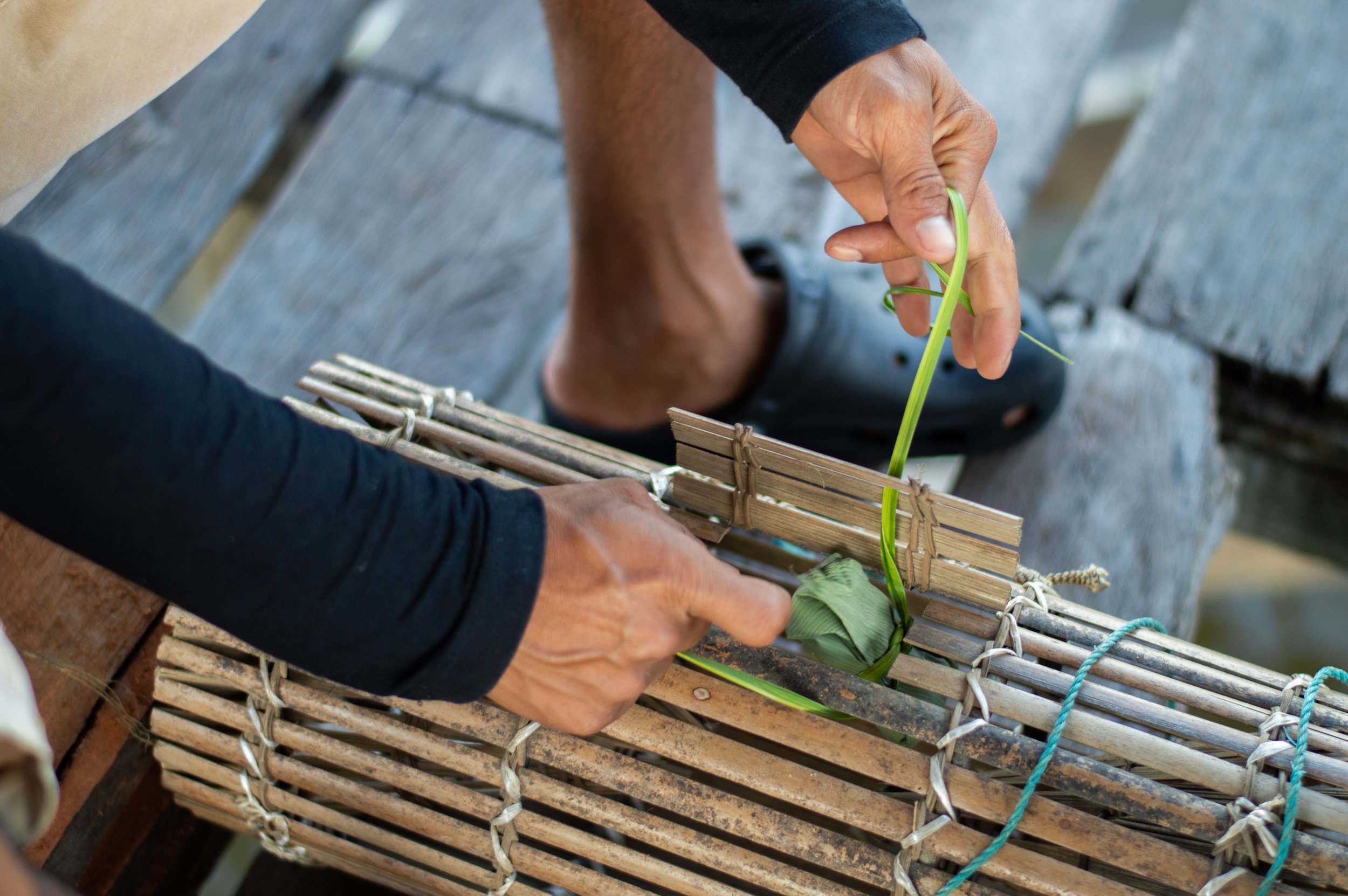
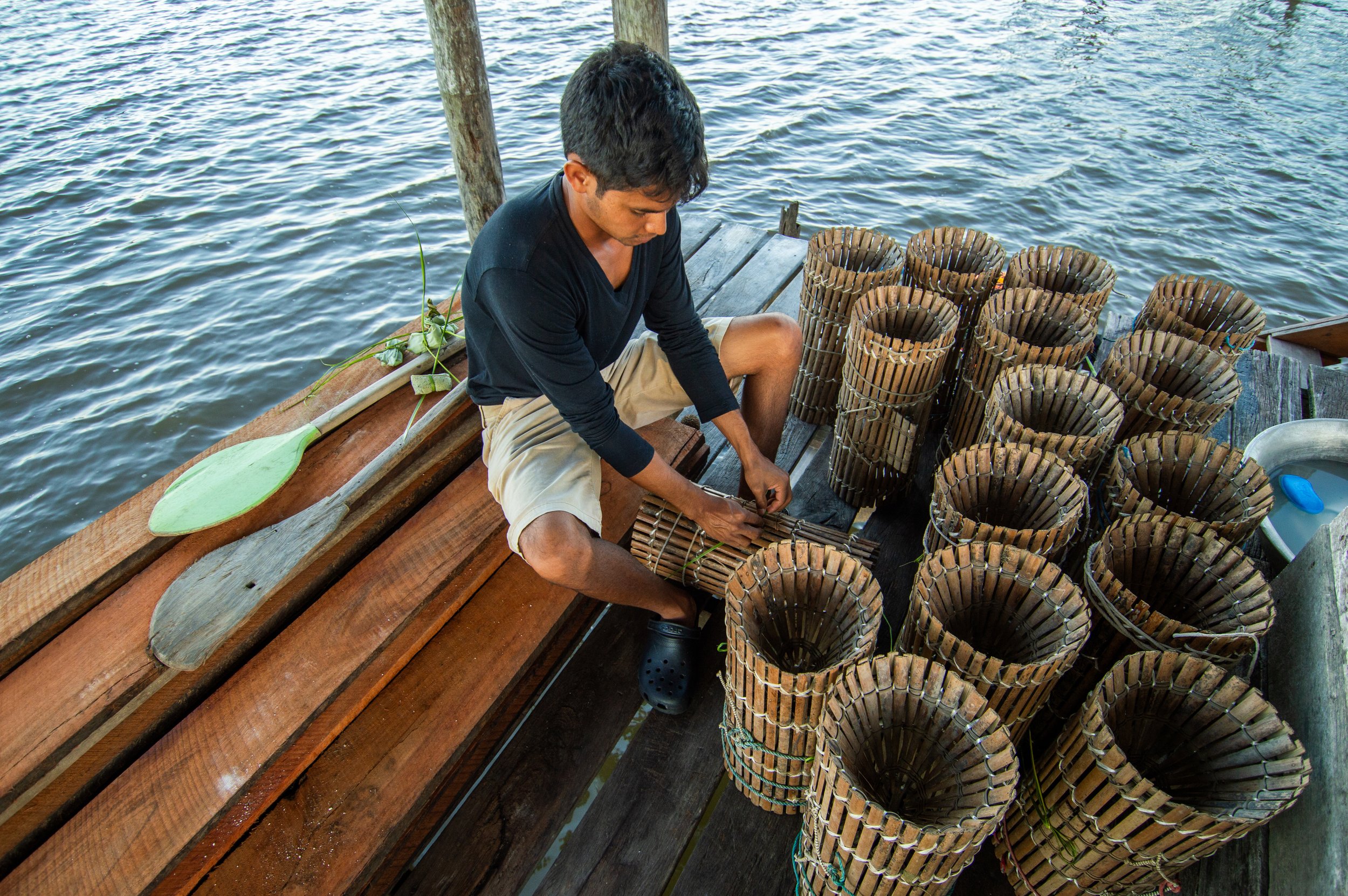
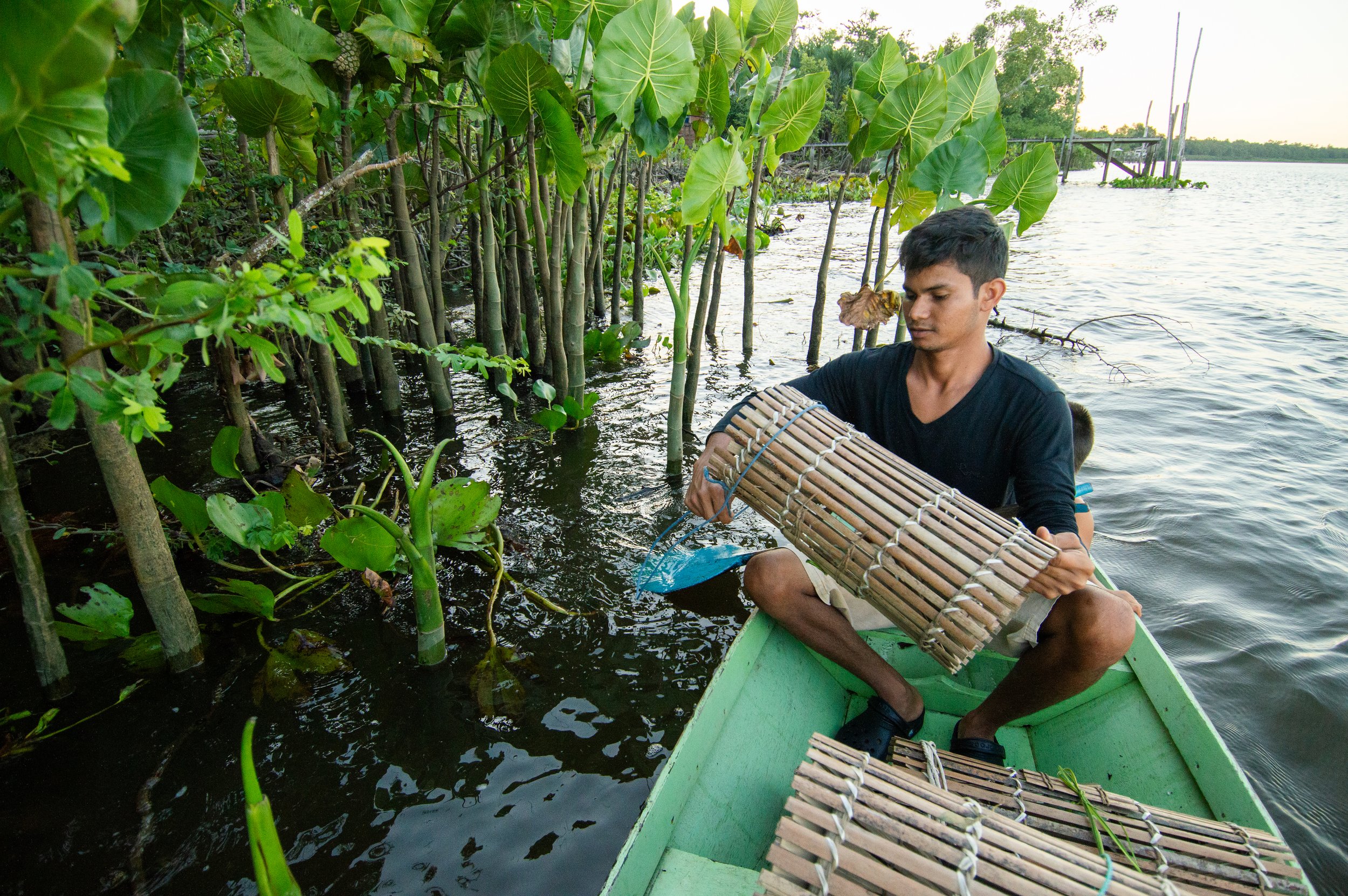
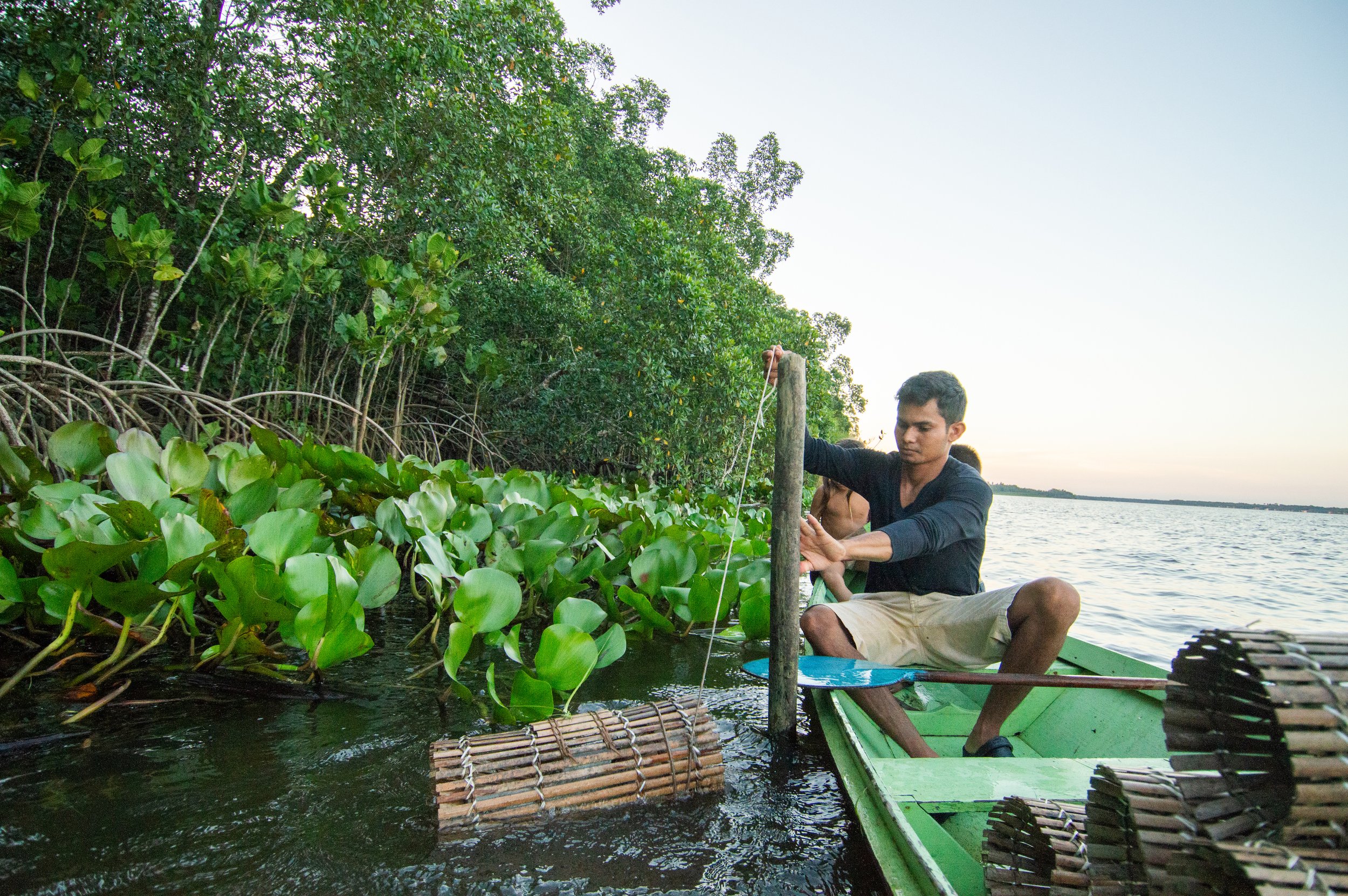
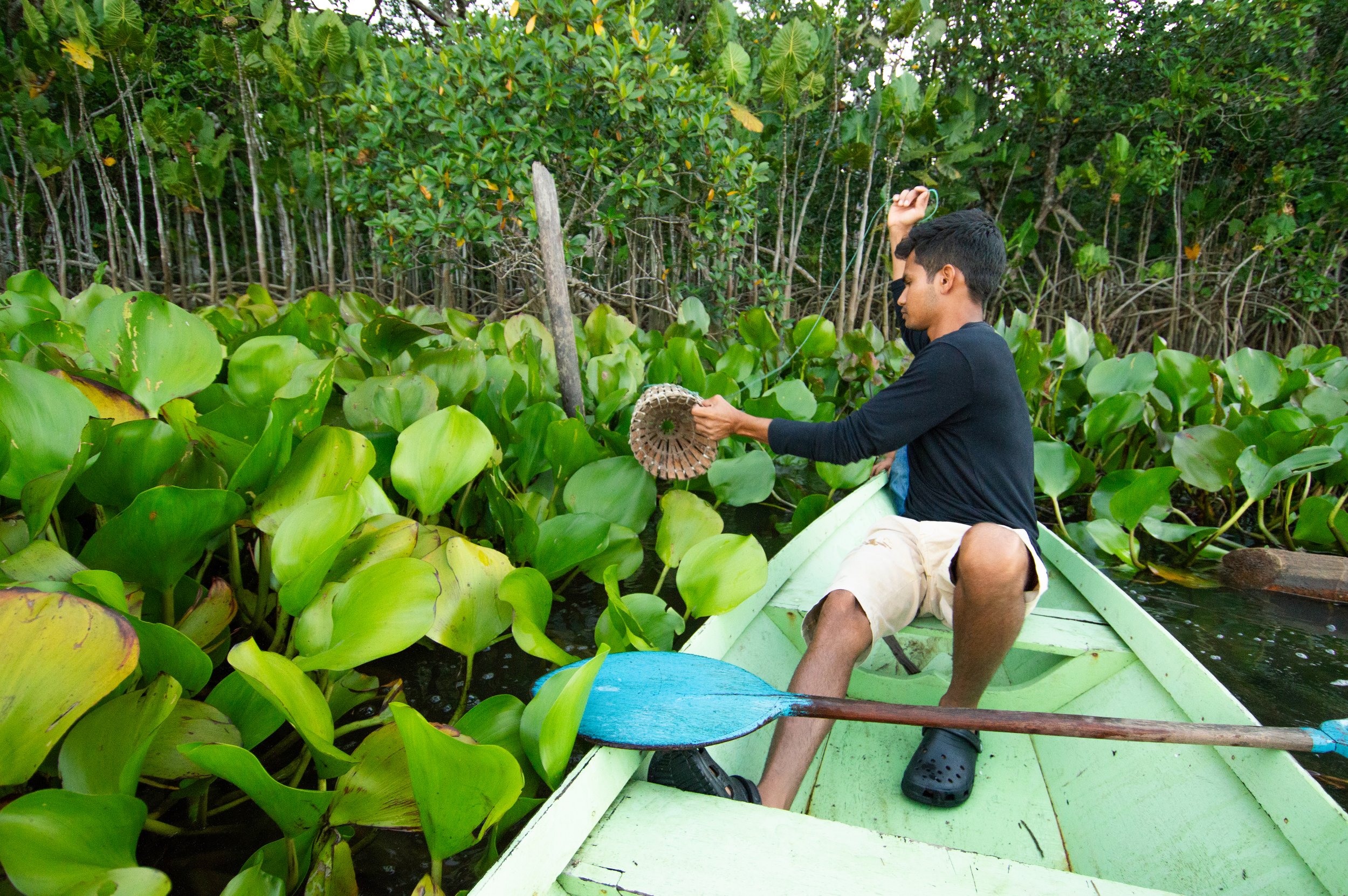
Mr. Ranieri and Mr. Ravel using the “malhadeira”, a fish net.
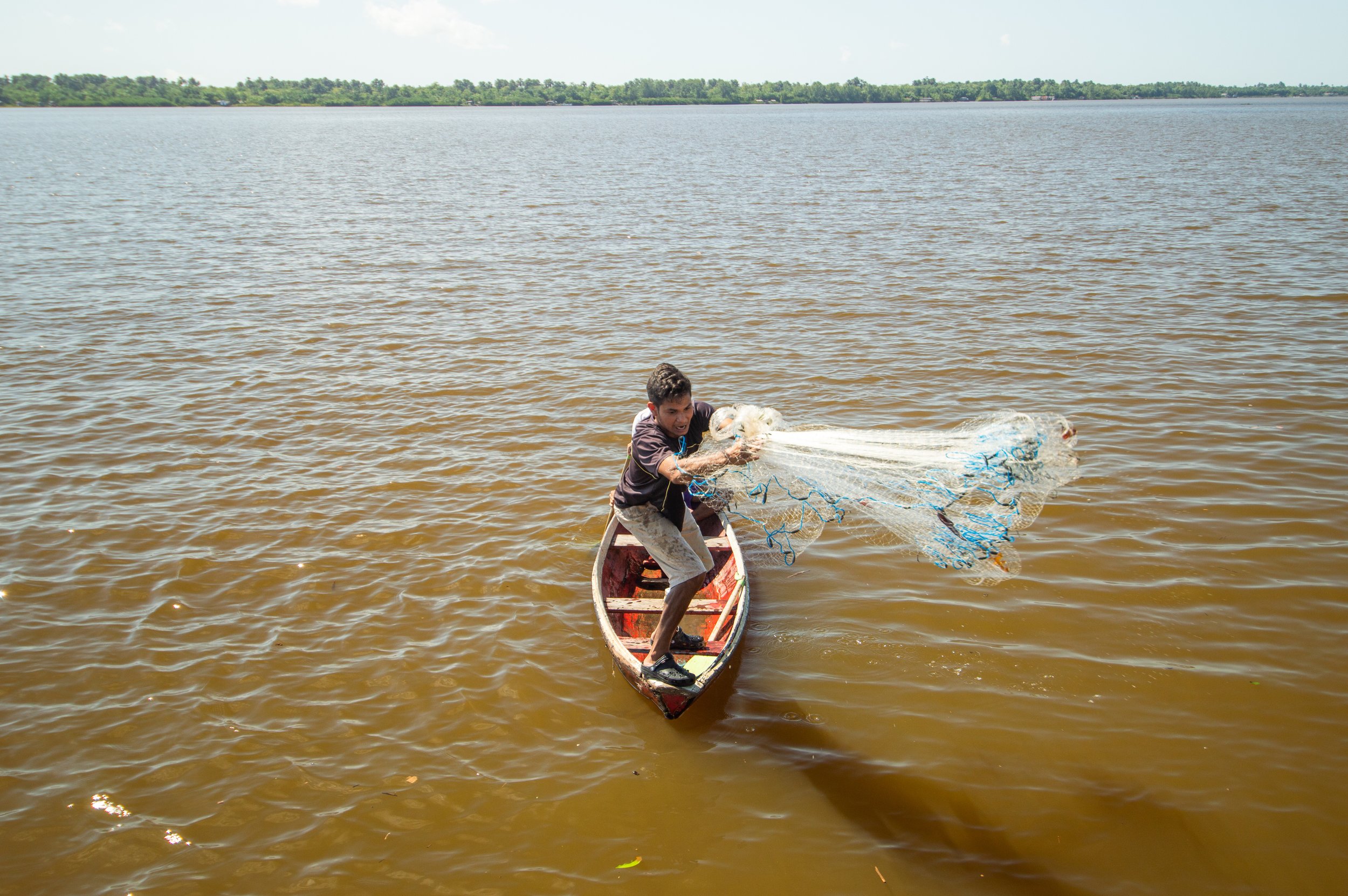
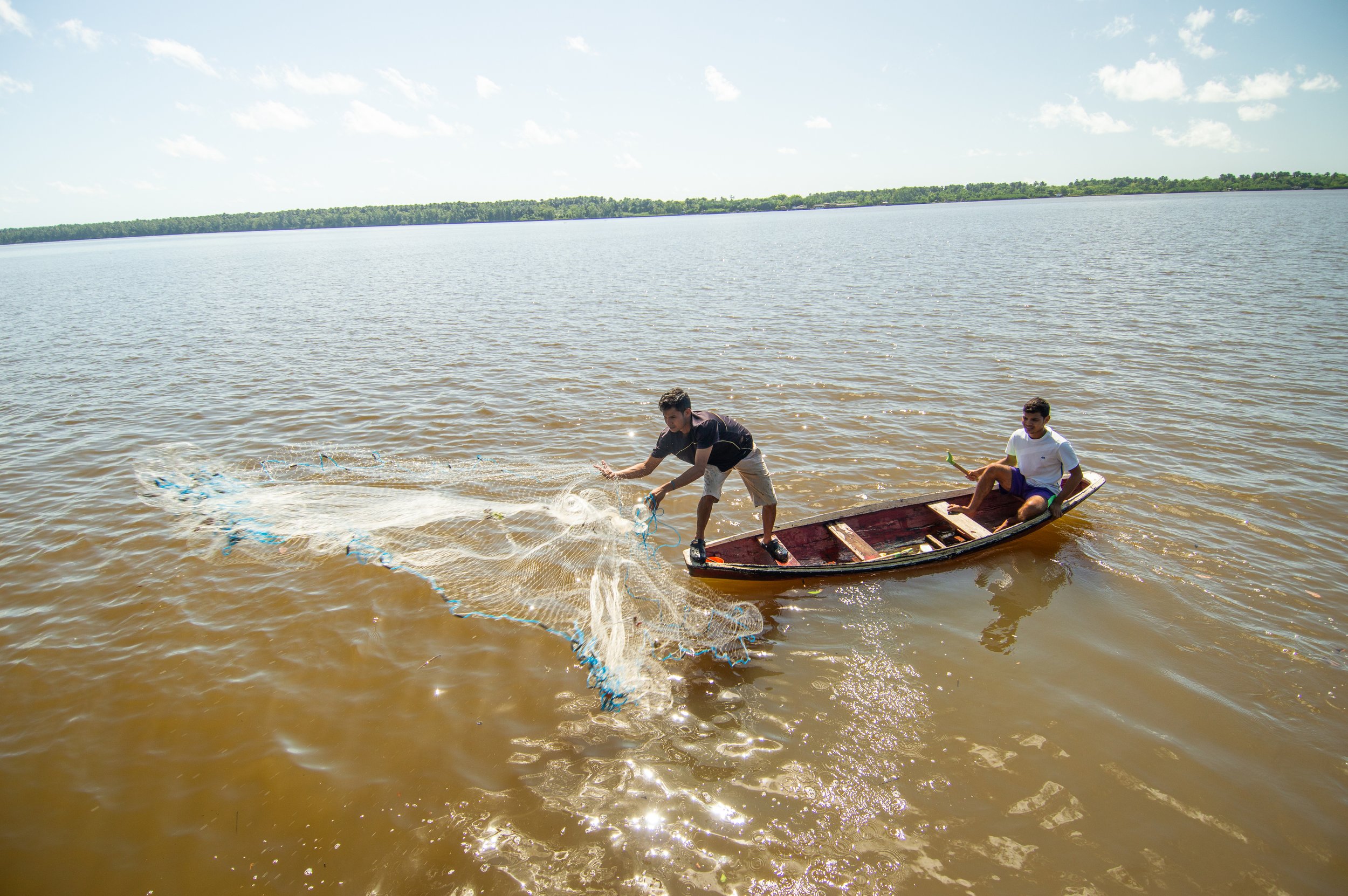
Given the vast distances that characterise the landscape, access to traditional commerce can be a challenge. As a result, itinerant salespeople navigate the river channels with a selection of goods to offer the communities. Nevertheless, some of the communities have established their own small shops. This combination of itinerant sales and local shops underscores the community's determination to meet their necessities while preserving their way of life.
Itinerant salespeople selling bread, ice, food and açaí berries.
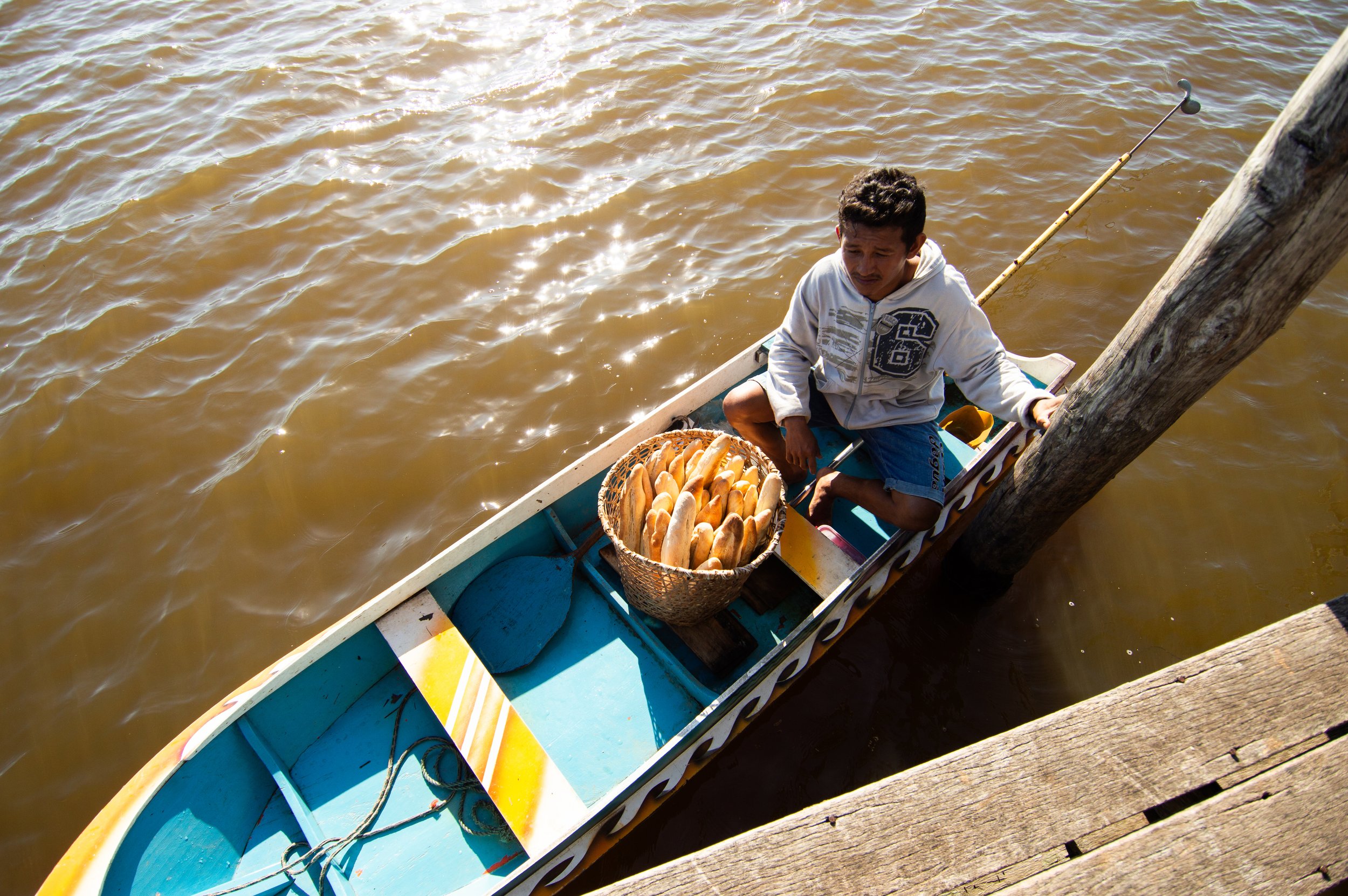
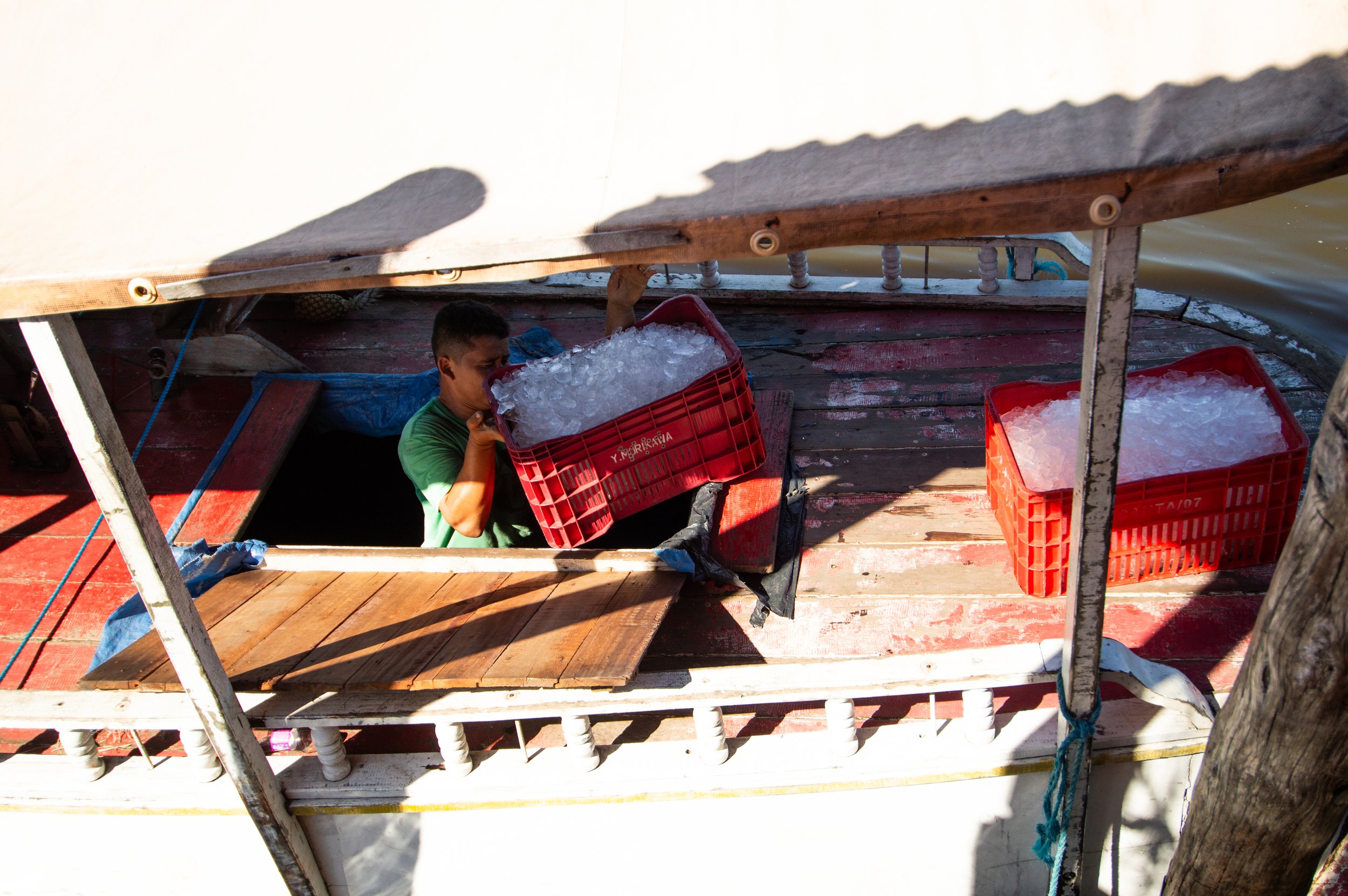
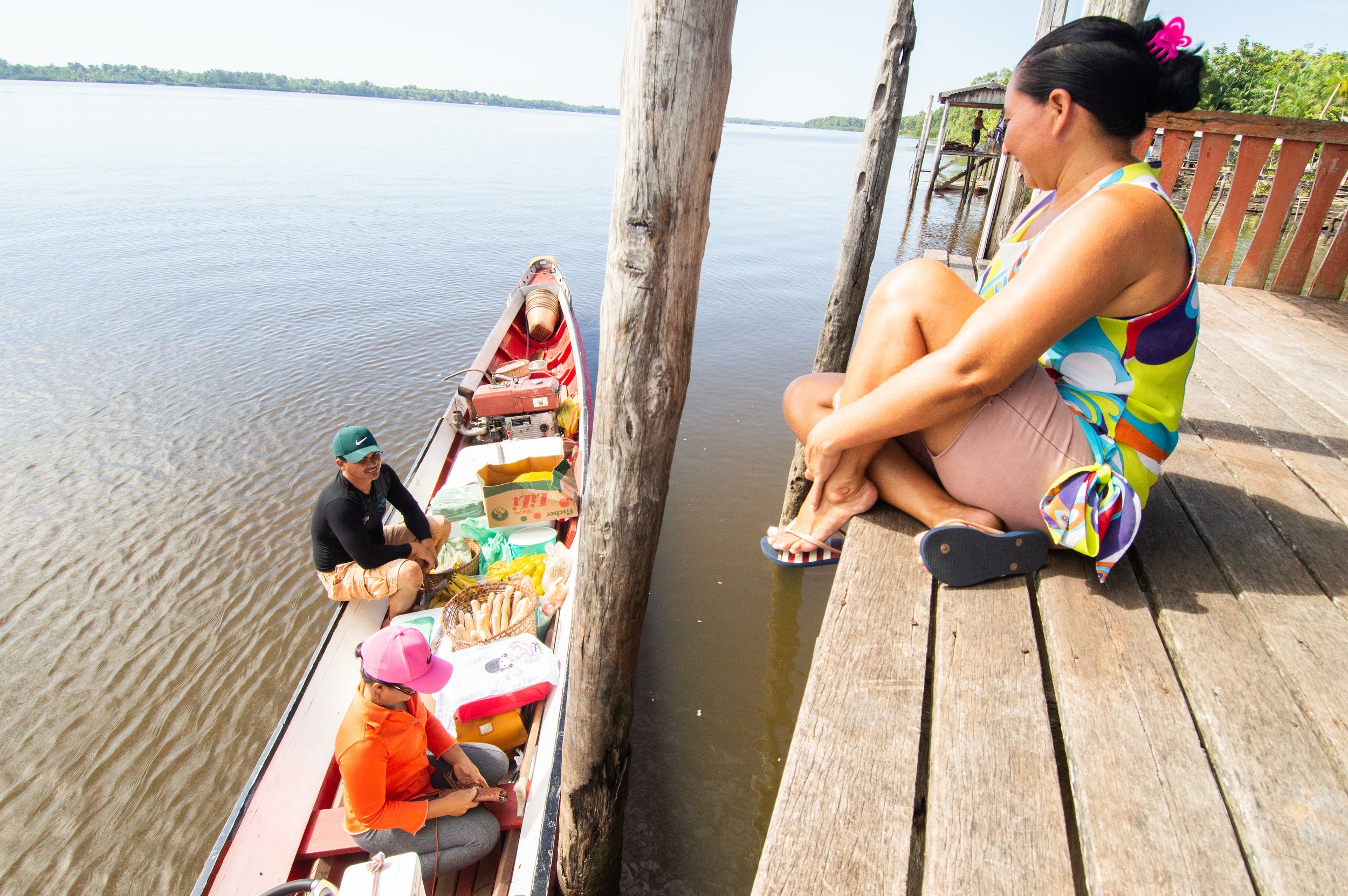
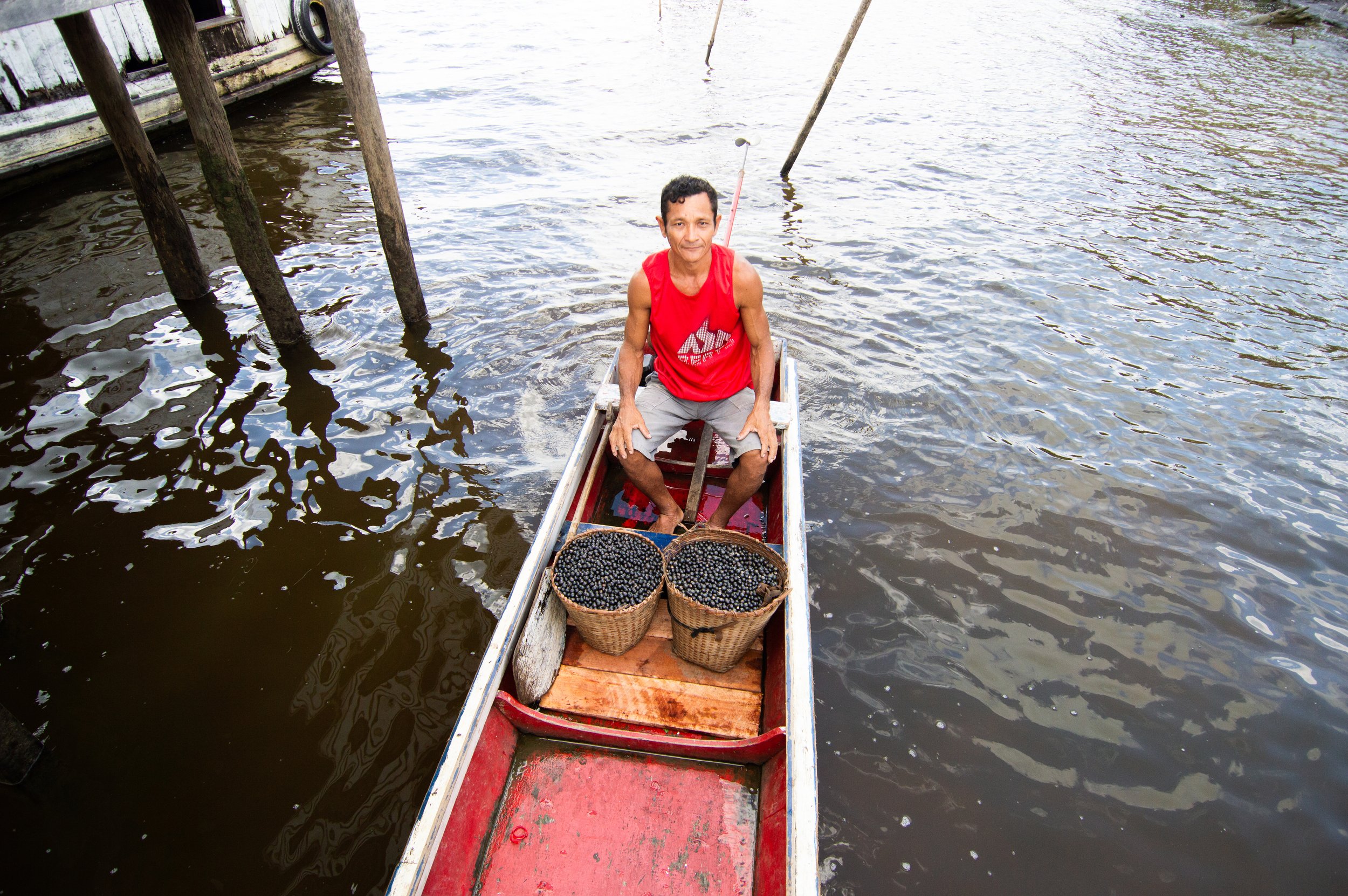
Store from Firmino family: Mr. Benedito, Mrs. Helena, Mr. Jeová and Mrs. Josele, with Mr. Rossinhe in front in the picture.
Store from Mr. Edir and Ms. Lidia at Comunidade Sagrada Família.
Schools in the Rio Canaticu area and the school boat.
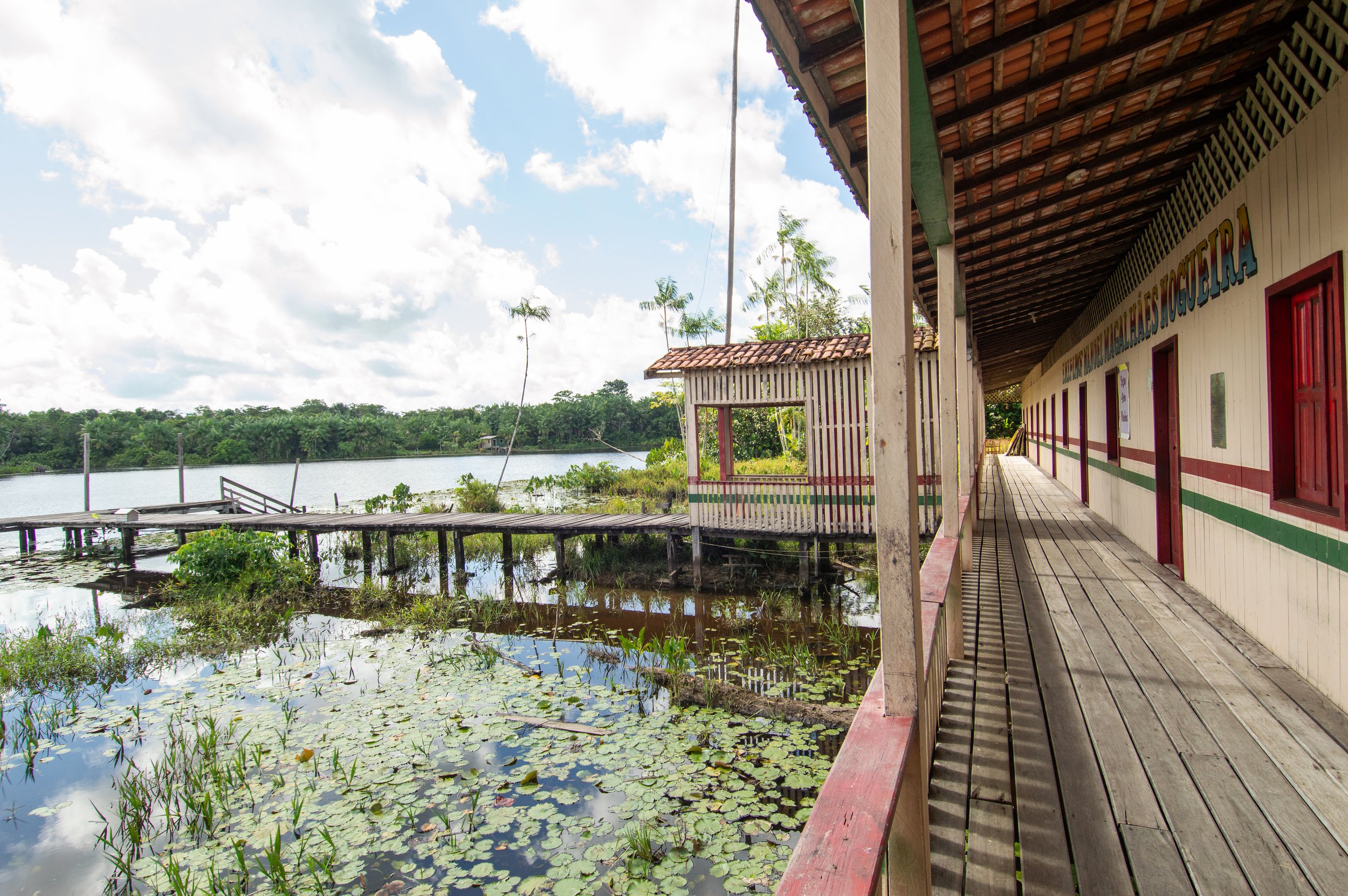
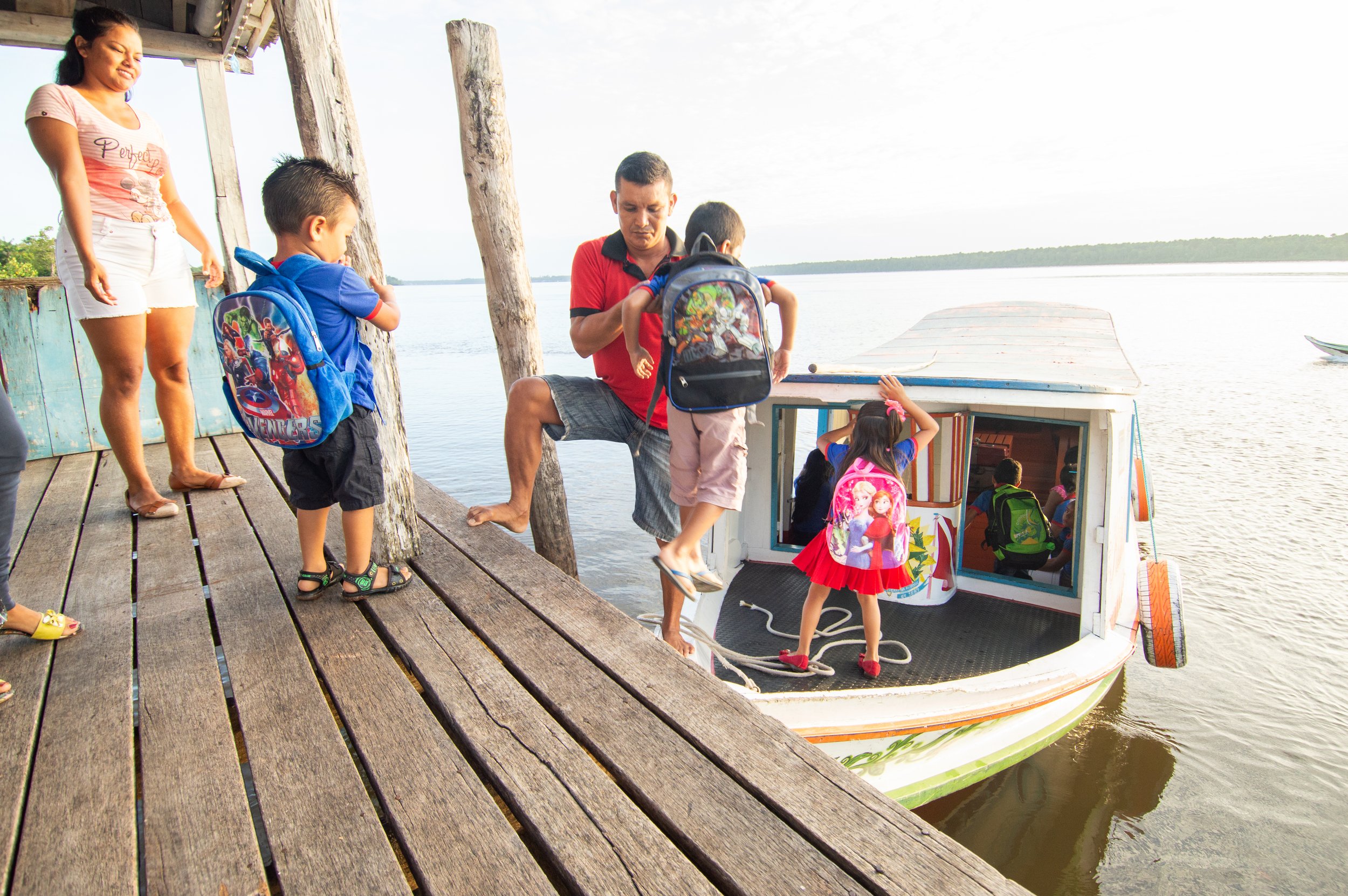
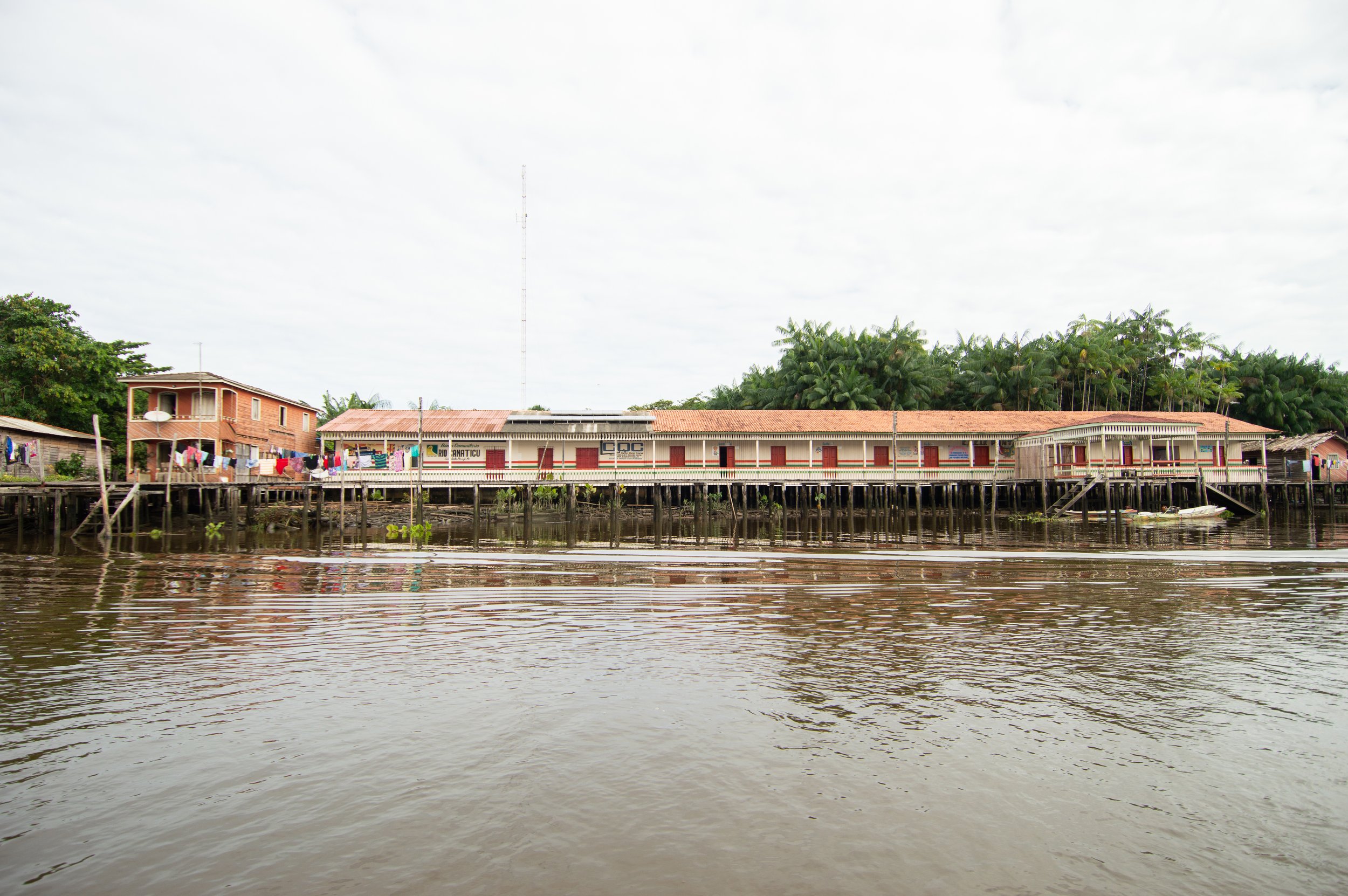
Yet, it's important to acknowledge that the rivers have also served as essential sanitation facilities, a practice that's now changing thanks to ongoing basic sanitation projects in the region. These transformative initiatives reflect the respect the community has for its environment, as they adapt to modern challenges without losing sight of their traditional values.
The waters from Rio Canaticu are used for all daily needs: doing the laundry, cooking, brushing the teeth, showering and toilet.
Ms. Iranete washing the clothes using water from Rio Canaticu.
Clothes hanging in the part of the house which gets the most Sun and wind: the front, towards the river.
Basic sanitation in the community was recently installed via the Sanear Amazônia project, allowing for local water and sewage treatment.
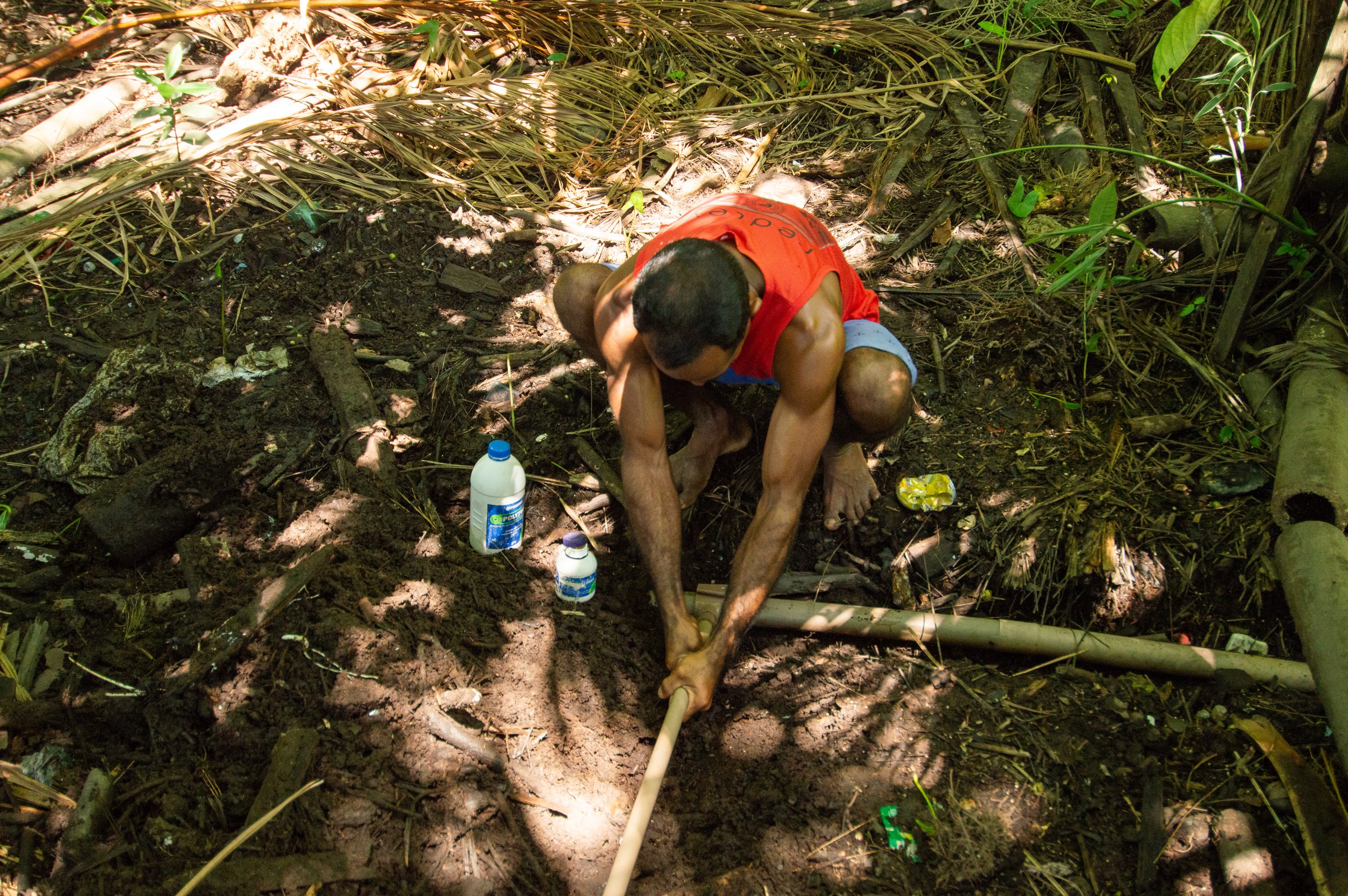
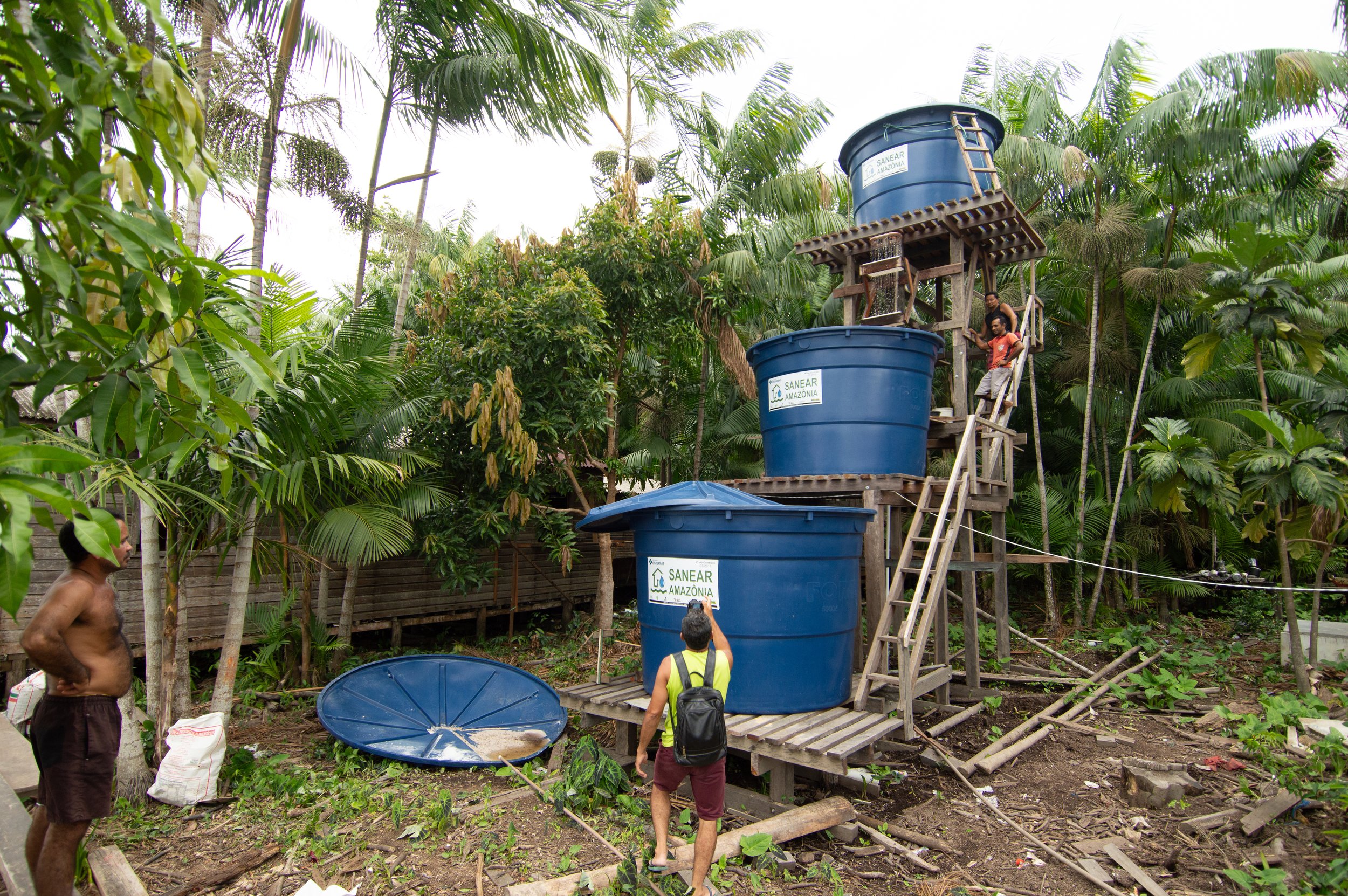
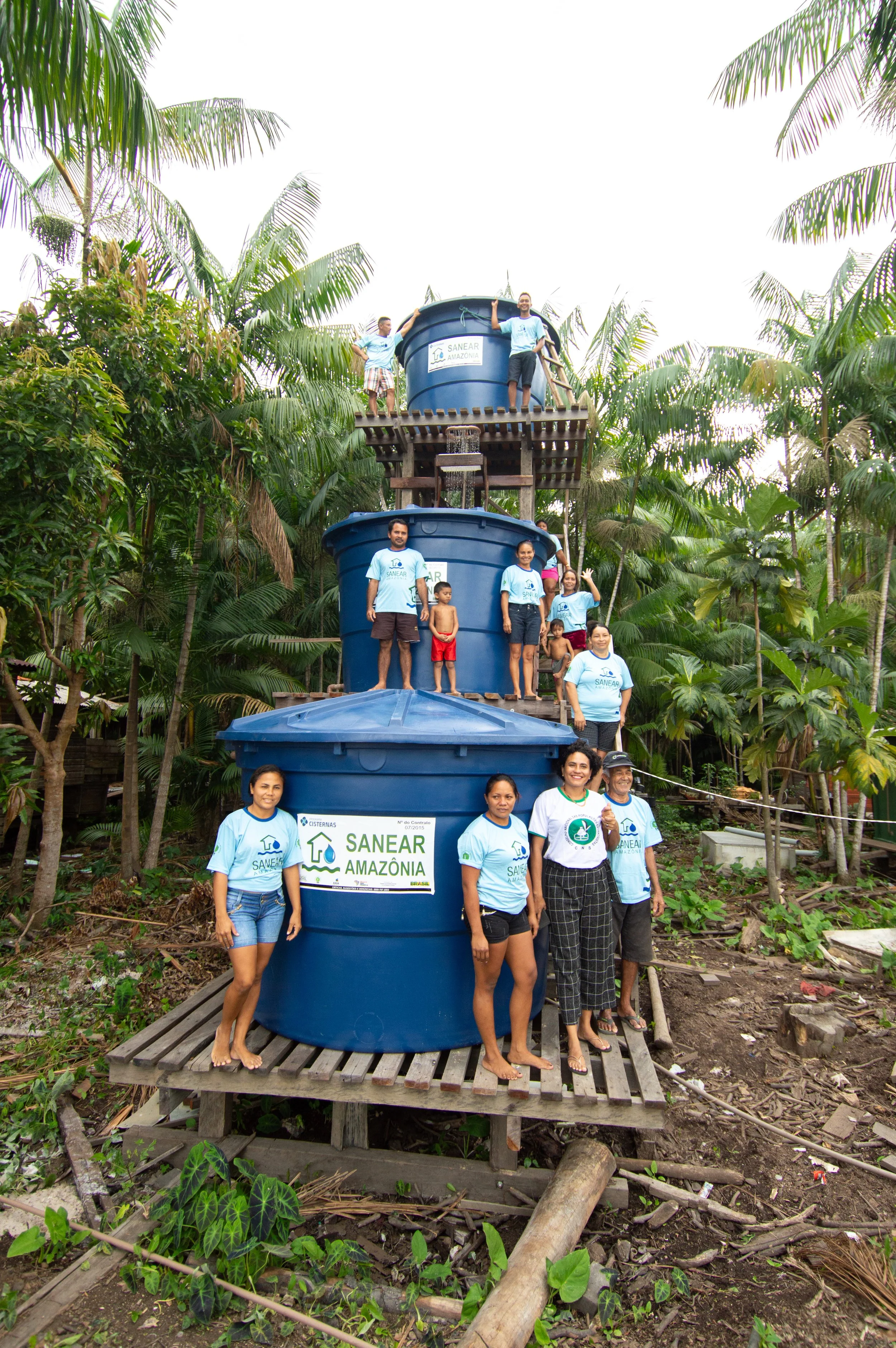
The old toilet, that simply dumped the sewage in the land.
The new toilets with a septic tank.
Communitary work to sift the sand for the filters.
Sand is also delivered by boat.
Plants play a profound role in shaping the lives and livelihoods of the Canaticu communities. These plants also provide a vital source of sustenance and income for the families who call this place home.
Traditionally, latex was the lifeblood of the local economy, harvested from the rubber trees in the forests. However the açaí palm has taken center stage as the primary source of income for families. They collect açaí berries from their own lands or, with due authorization, from neighboring territories.
In the spirit of collective strength, families have banded together and formed the Sementes do Marajó cooperative. This cooperative ensures that prices are fairly regulated and that the communities benefit directly from their own work, bypassing the need for middlemen.
The Canaticu families are not alone in their journey. They are supported by the CNS - Centro Nacional das Populações Extrativistas, an organization that champions the legacy and struggles of Chico Mendes. Notably, Edel Moraes, a native of Rio Boa Esperaça, or Rio Pagão, an afluent of Canaticu, has played a pivotal role, first as the organization's president and now as a member of the Ministry of Environment and Climate Change, bringing local voices to national decision-making.
Plants
The açaí berry: process of collecting and transport in a “paneiro” with Mr. Edir.
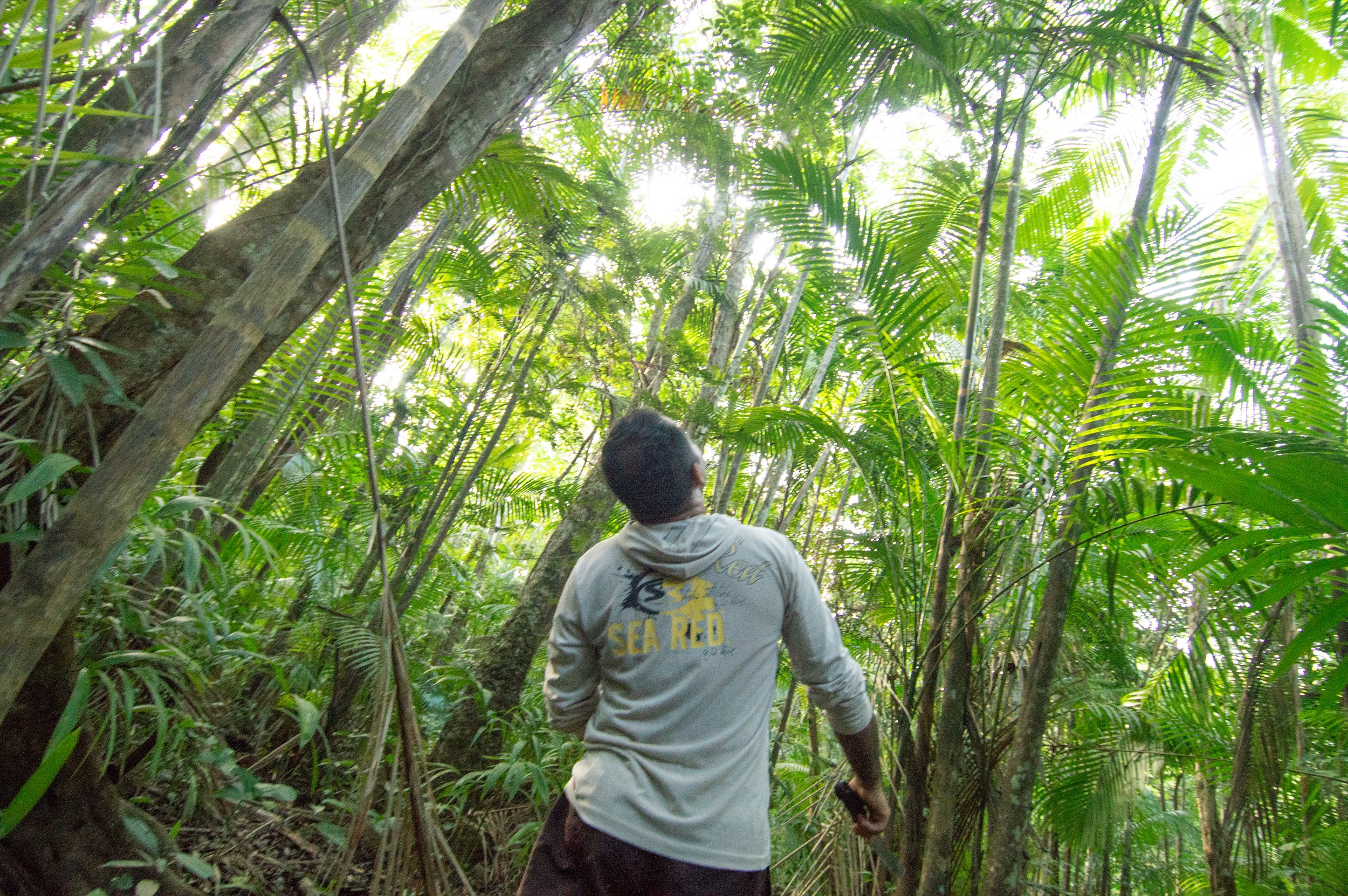
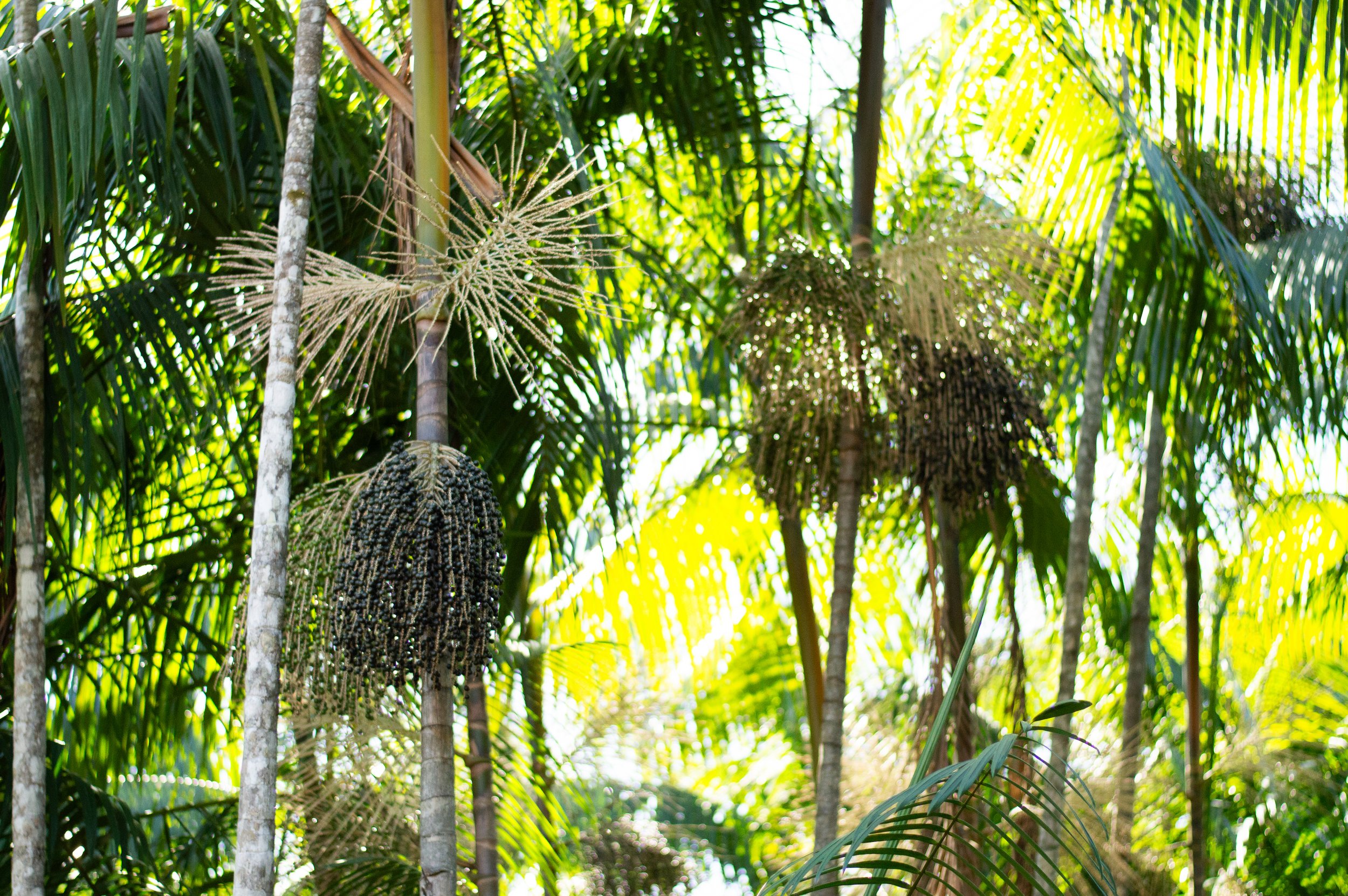
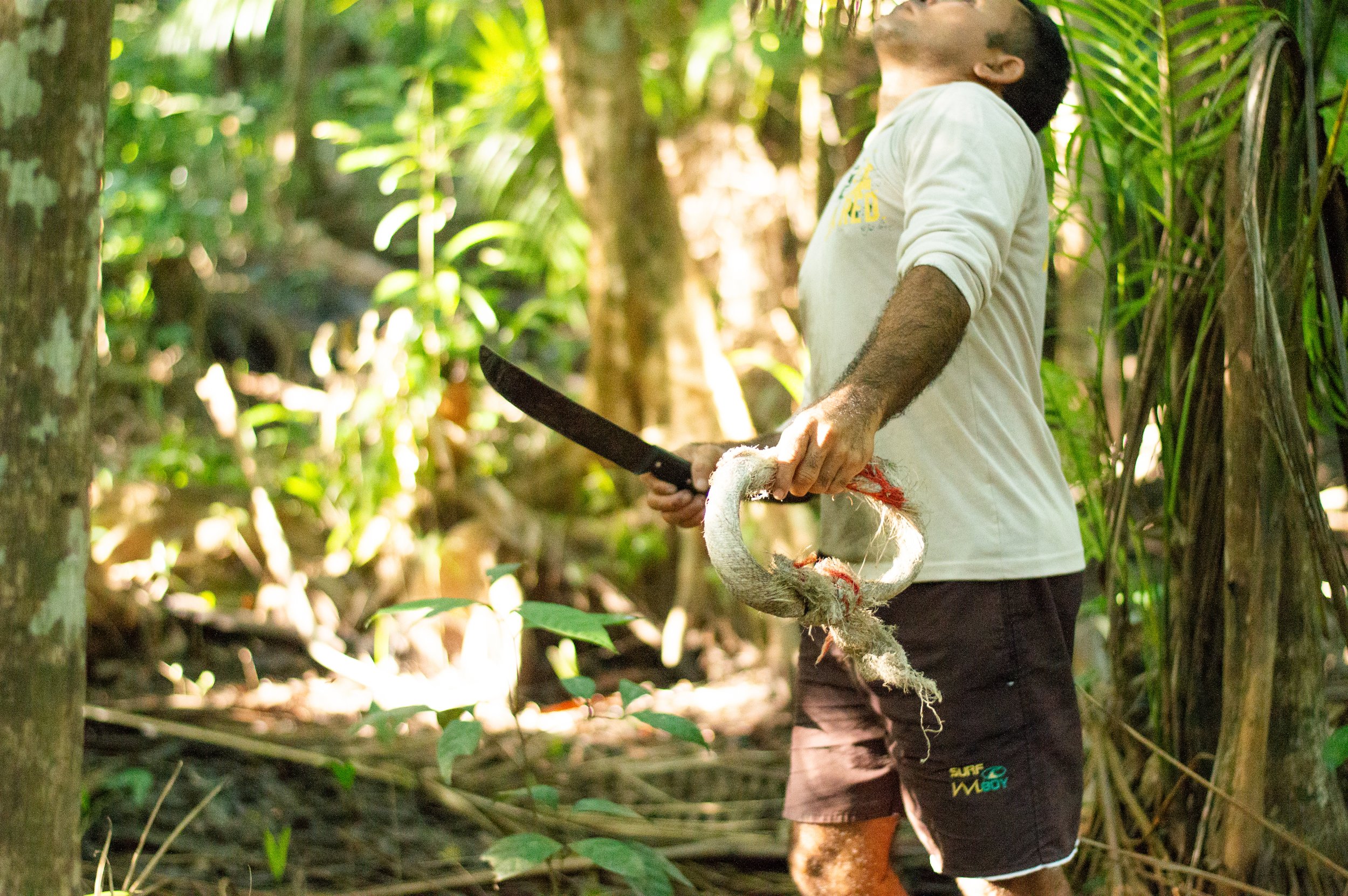
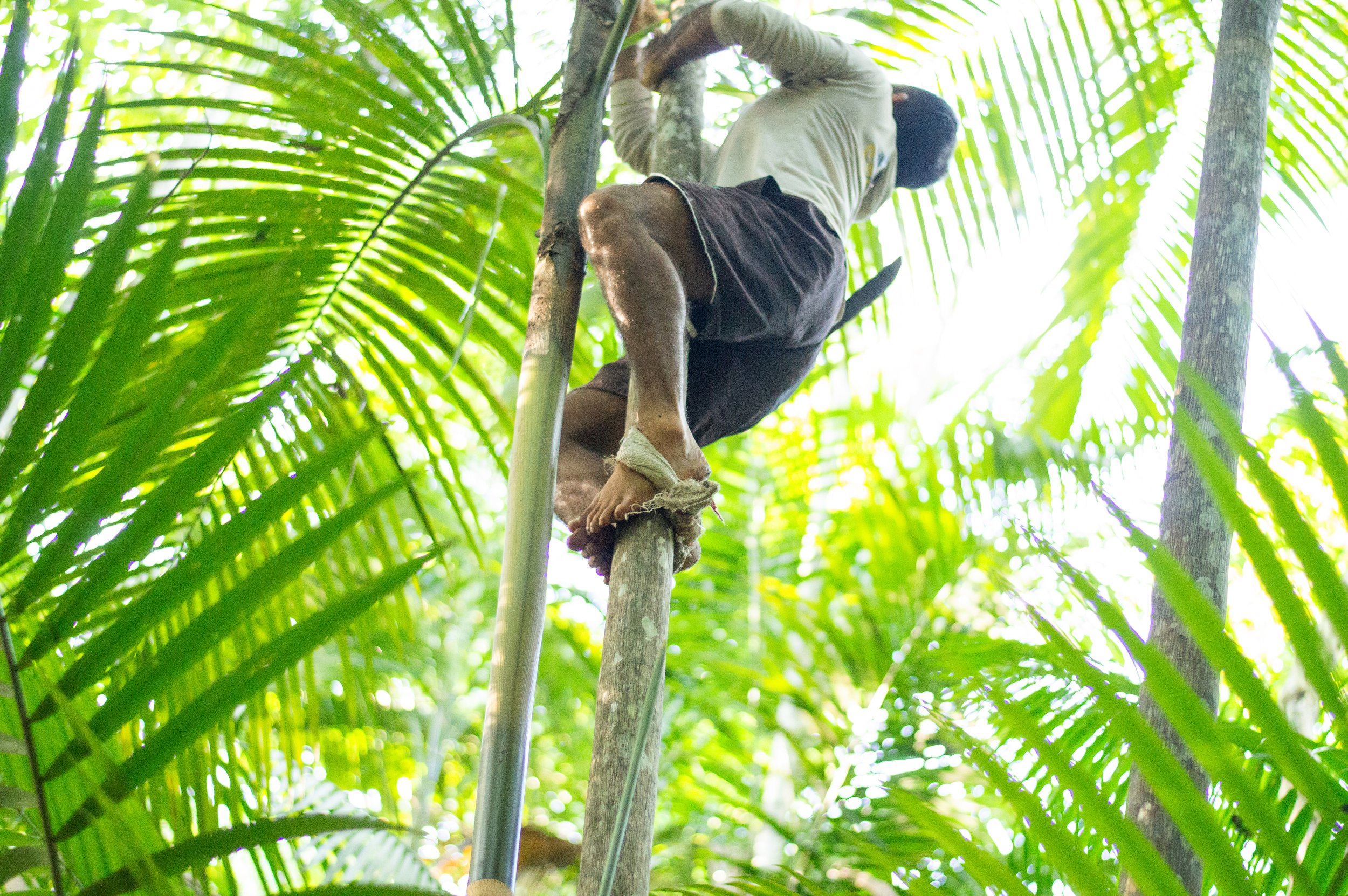
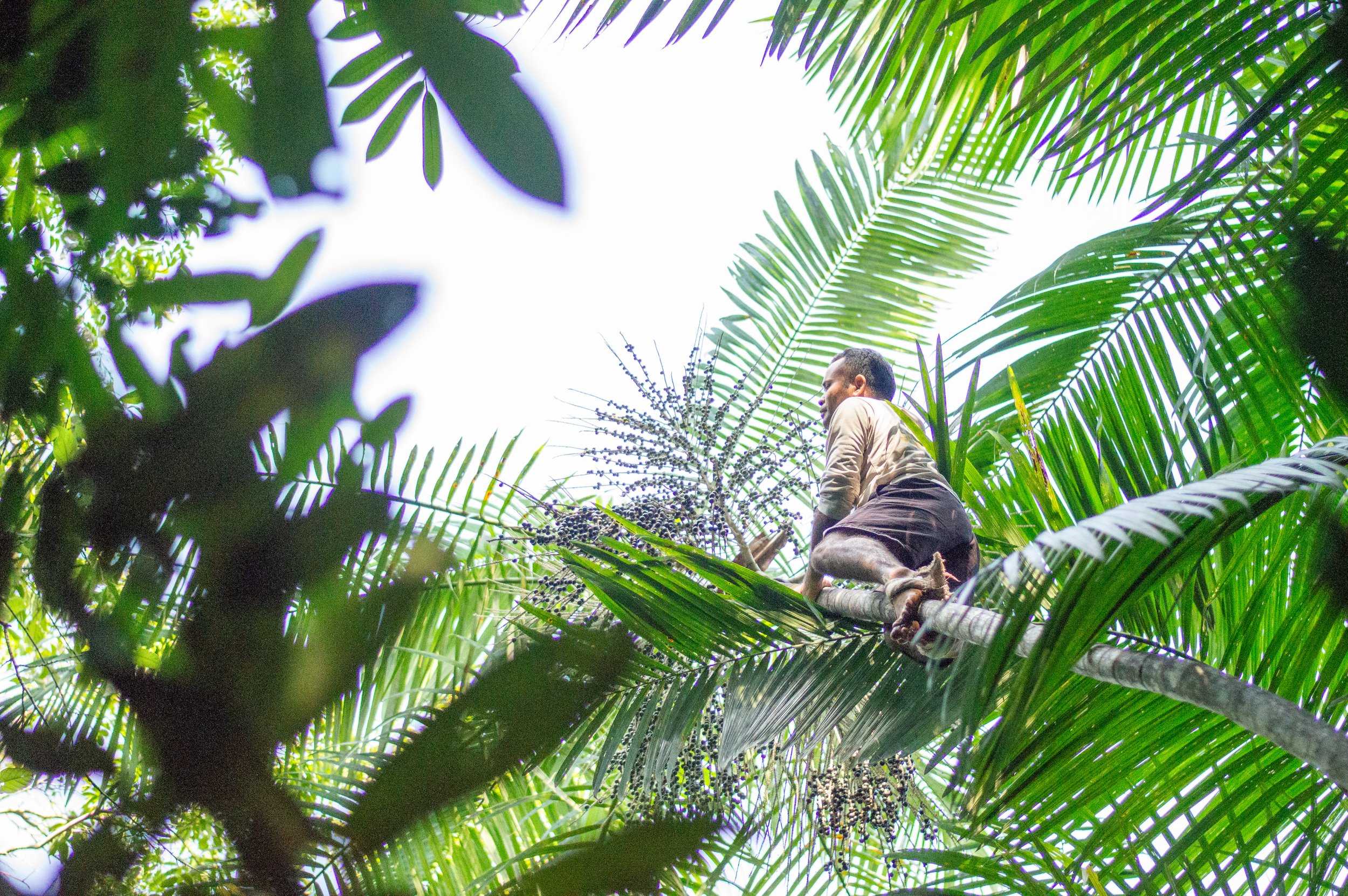
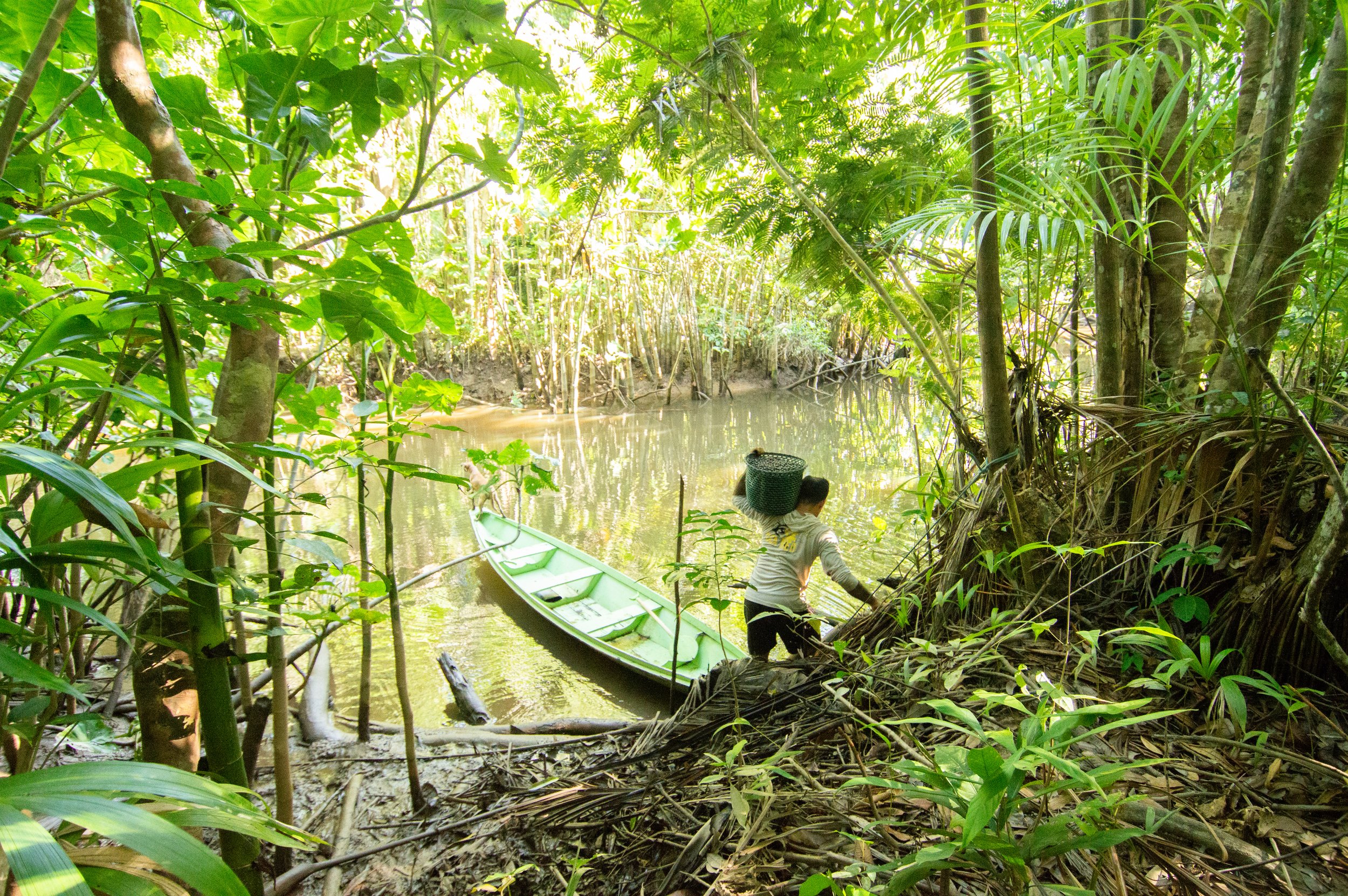
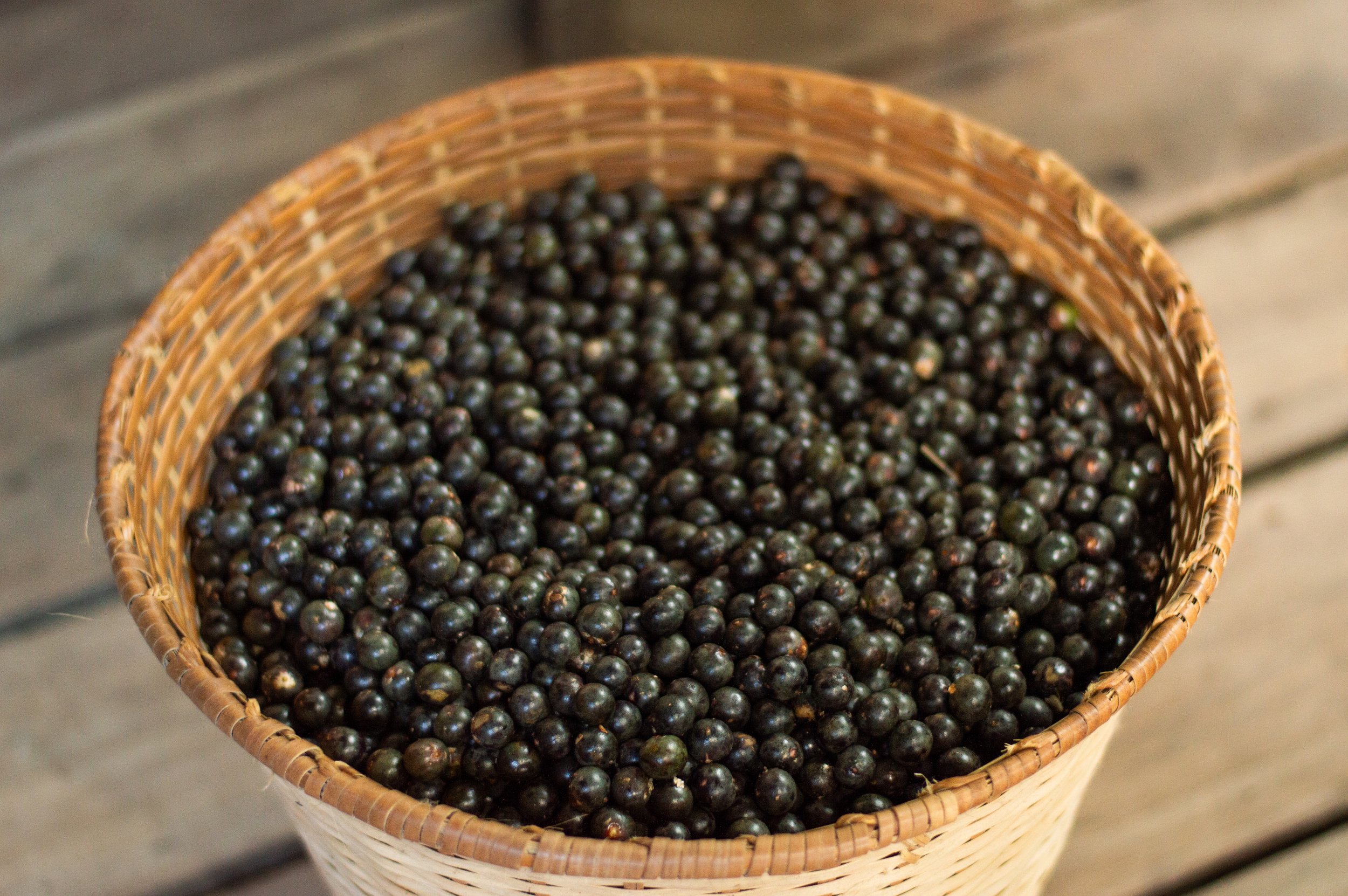
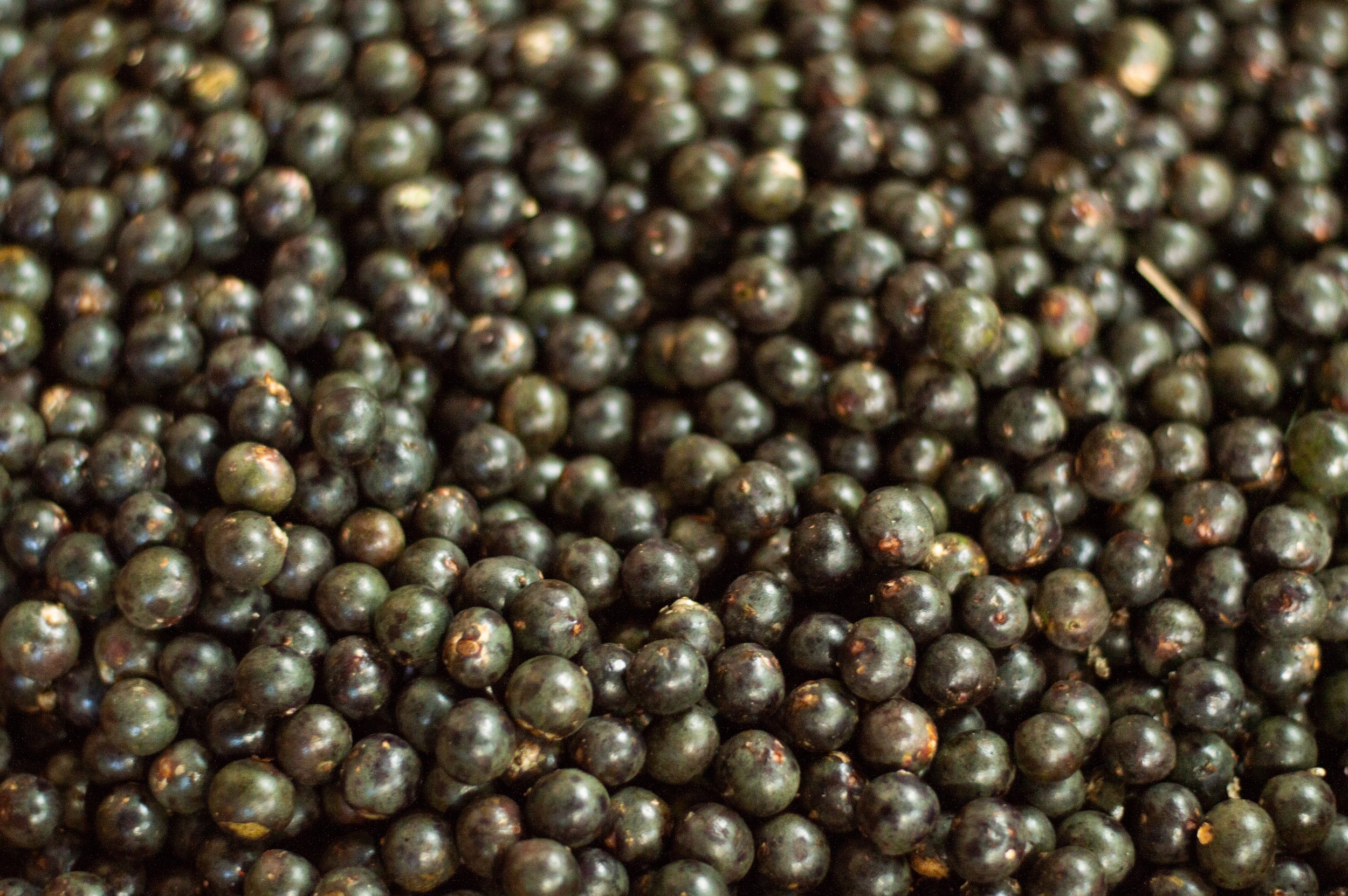
Mr. Edir collecting an açaí bunch using the “terçado” (knife) and “peconha” (a loop made of rope, rubble bags or vegetal fiber used as foot support). An açaí collector is called “peconheiro” as it uses the “peconha” climb the açaí palm tree.
Ms. Silvana cleaning the açaí (Erick watching) and using a “batedeira”, a mixer specific to produce the açaí extract from the raw berries.
Amidst this rich tapestry of plant life, the cassava plant takes its place as an essential component of the local culinary culture. The process of drying cassava flour happens in large copper “tachos” (pans), where traditions are passed down through generations.
Part of the process of making the “farinha de mandioca” (cassava flour): Aguinaldo using the “tacho” (pan) made of copper.
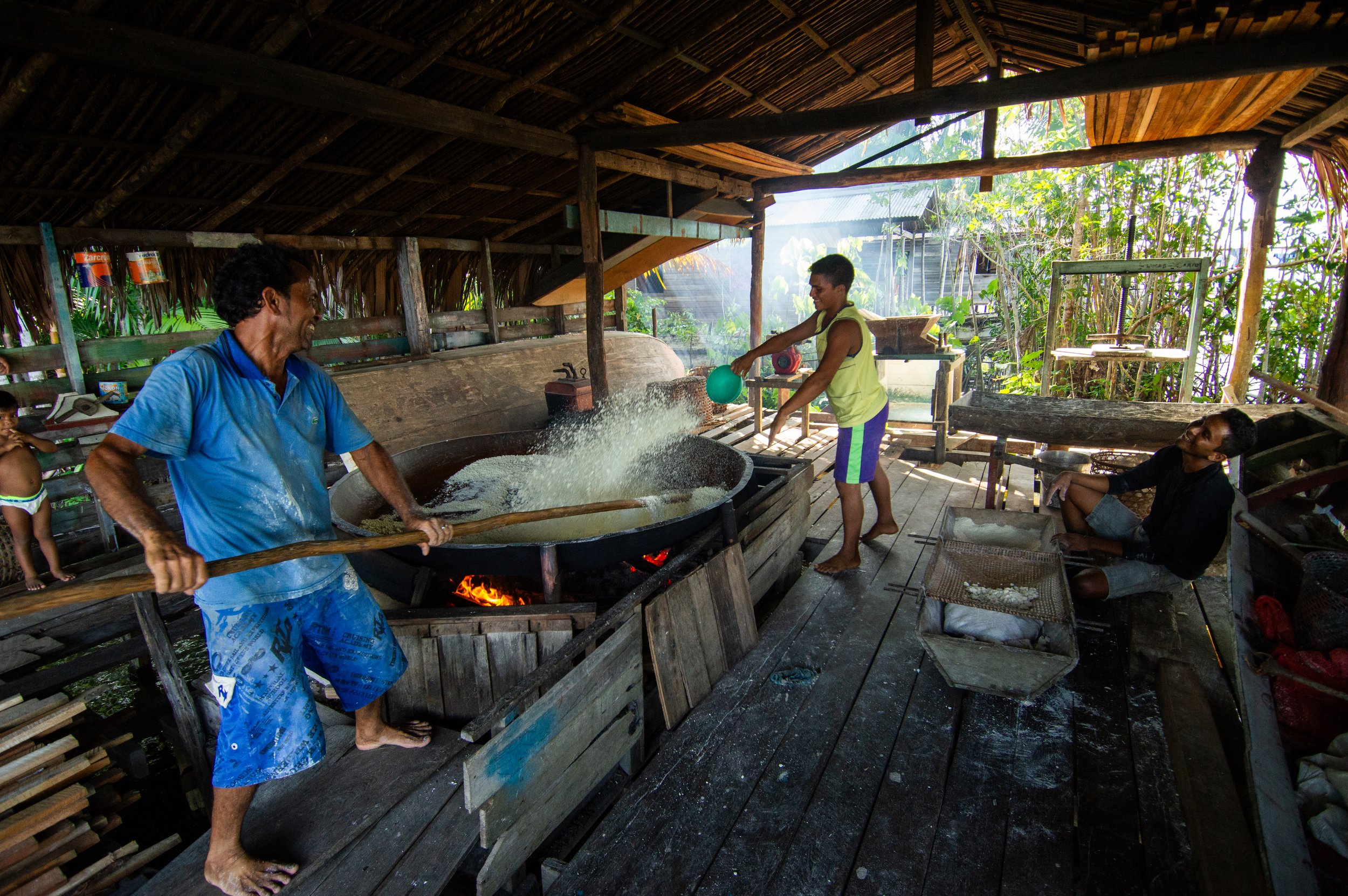
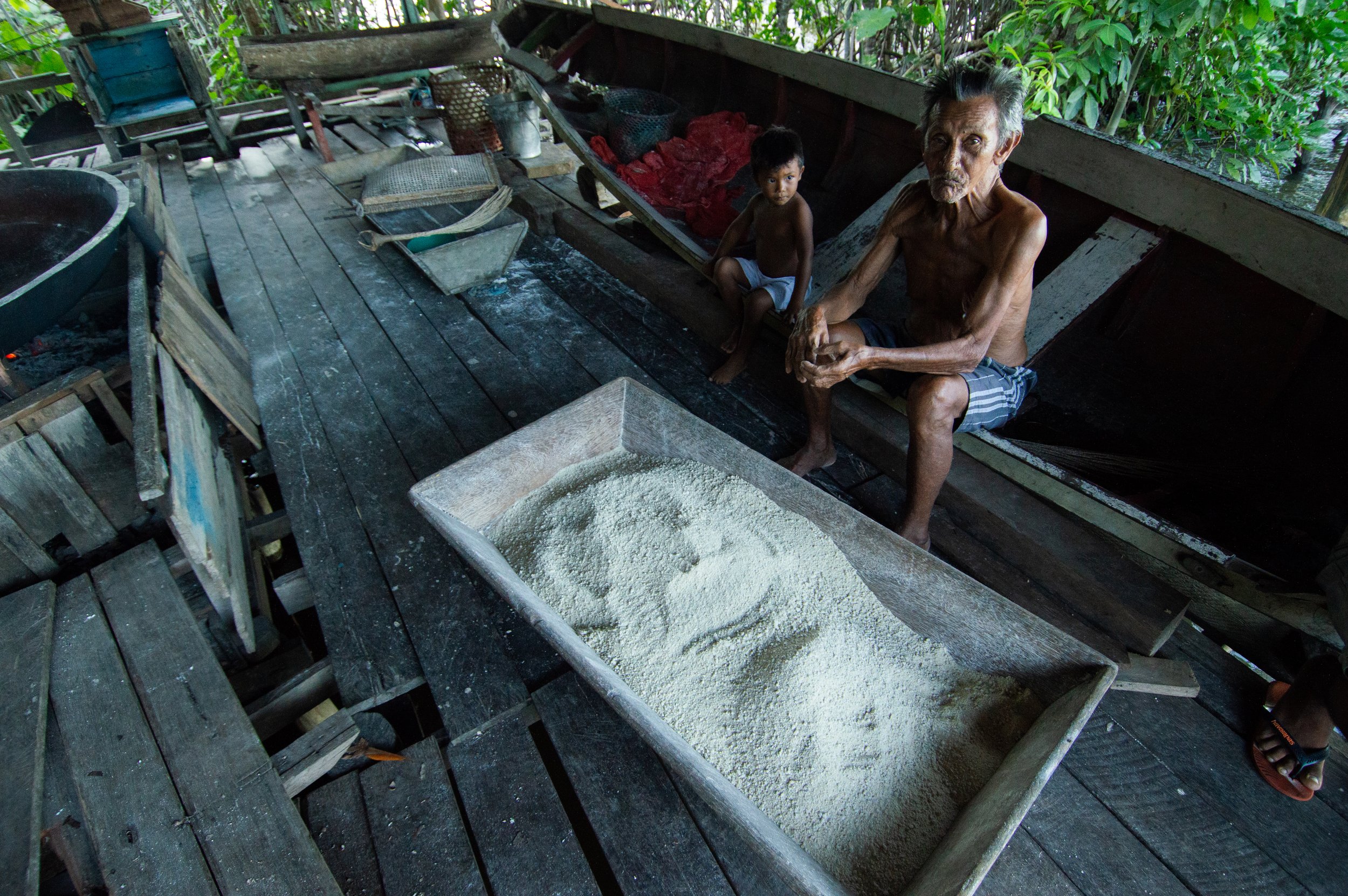
Towering above it all is the majestic Samaúma, the queen of the forest. This colossal tree stands as a guardian and symbol of the environment, reaching heights that soar above the forest canopy.
Mr. Anderson and the Samaúma, the queen of the forest, and their dried fallen flowers. When I went there to take a photo of the tree, those flowers were falling and hitting the lower tree leaves below the Samaúma. This generated a sound of rain around that specific tree, although it was not raining water.
Heat
Local high temperatures and high relative air humidity create an environment where thermal comfort can often reach heat stress levels. Yet, the riverside communities have developed ingenious adaptations to cope with the unrelenting heat. For example, by embracing the morning sunrise, people use the cooler hours to carry out their daily tasks. This mindful approach to time management not only ensures productivity but also minimizes exposure to the searing midday heat.
A sense of community is another pillar of resilience against the relentless sun. People come together to support those most vulnerable to the heat, offering a helping hand and fostering a spirit of unity that forms an essential part of their adaptation.
These adaptations are not limited to daily routines but extend to the very structures that shape their lives. Boats are often equipped with roofs to shield against the intense sunlight. On the water, where the sun's rays are most potent, roof shading is a much-needed heat refuge.
Mr. Rossinhe in his workshop, a specialist in wood boat construction and lately also in aluminium boats.
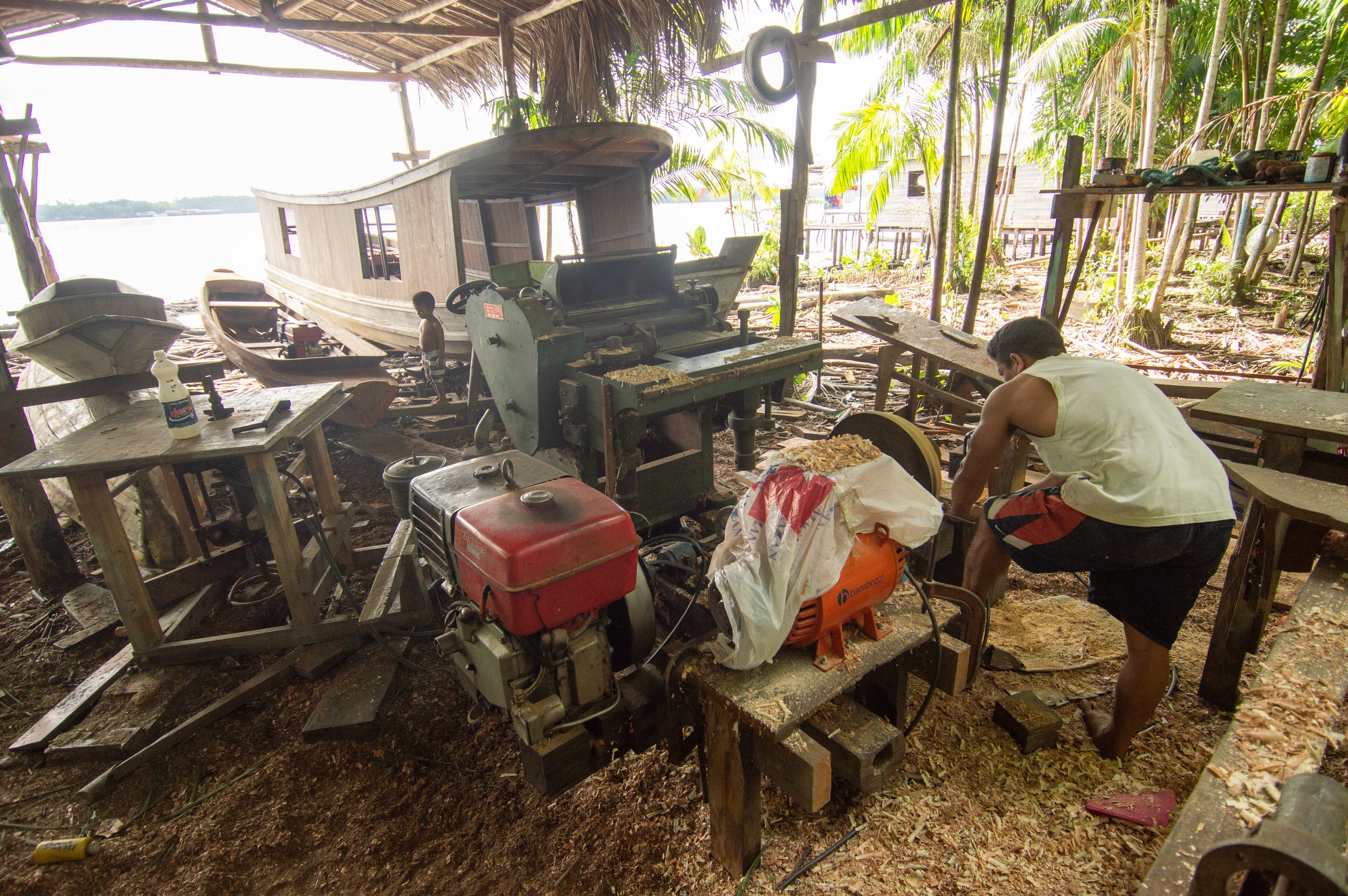
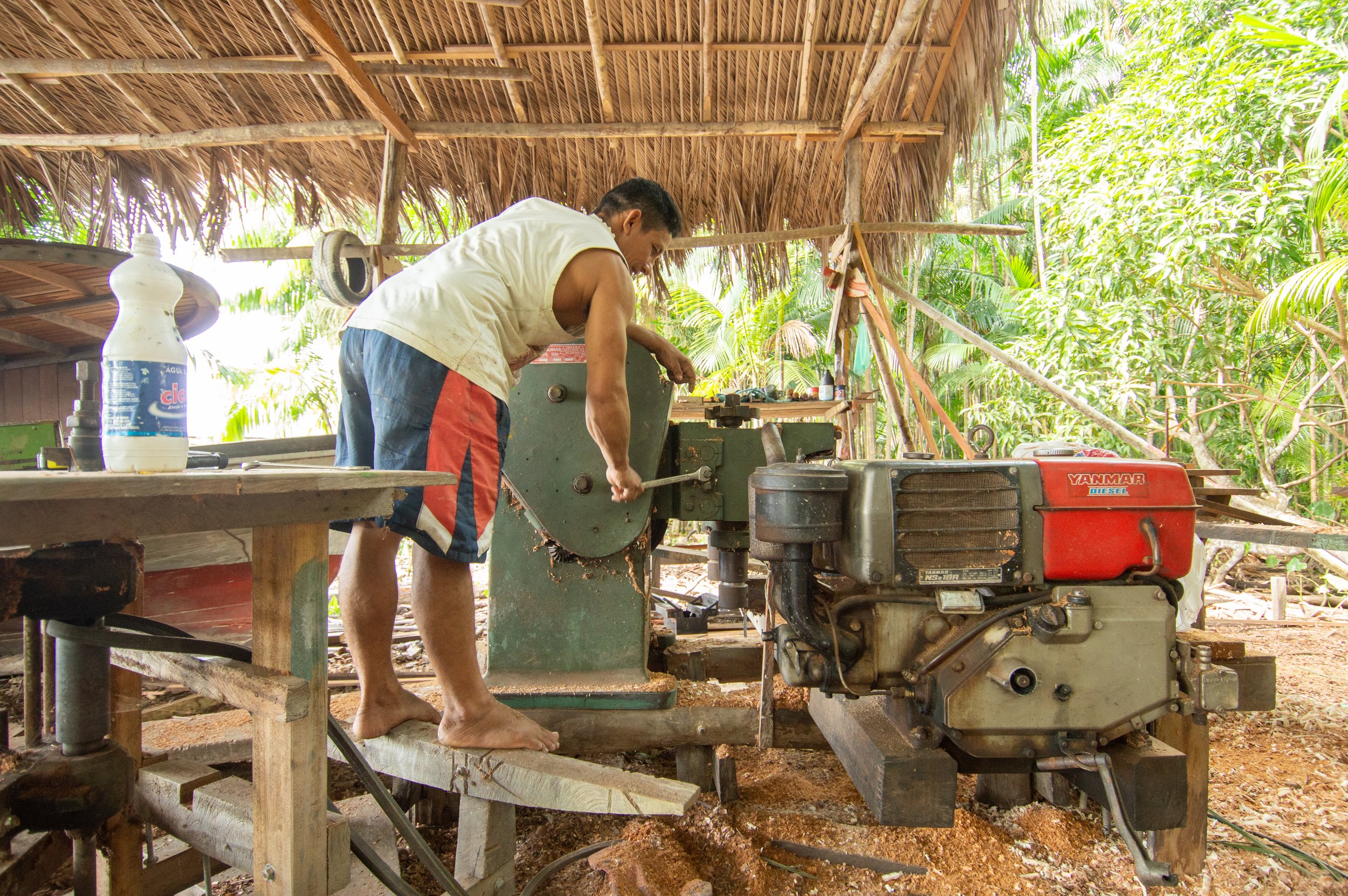
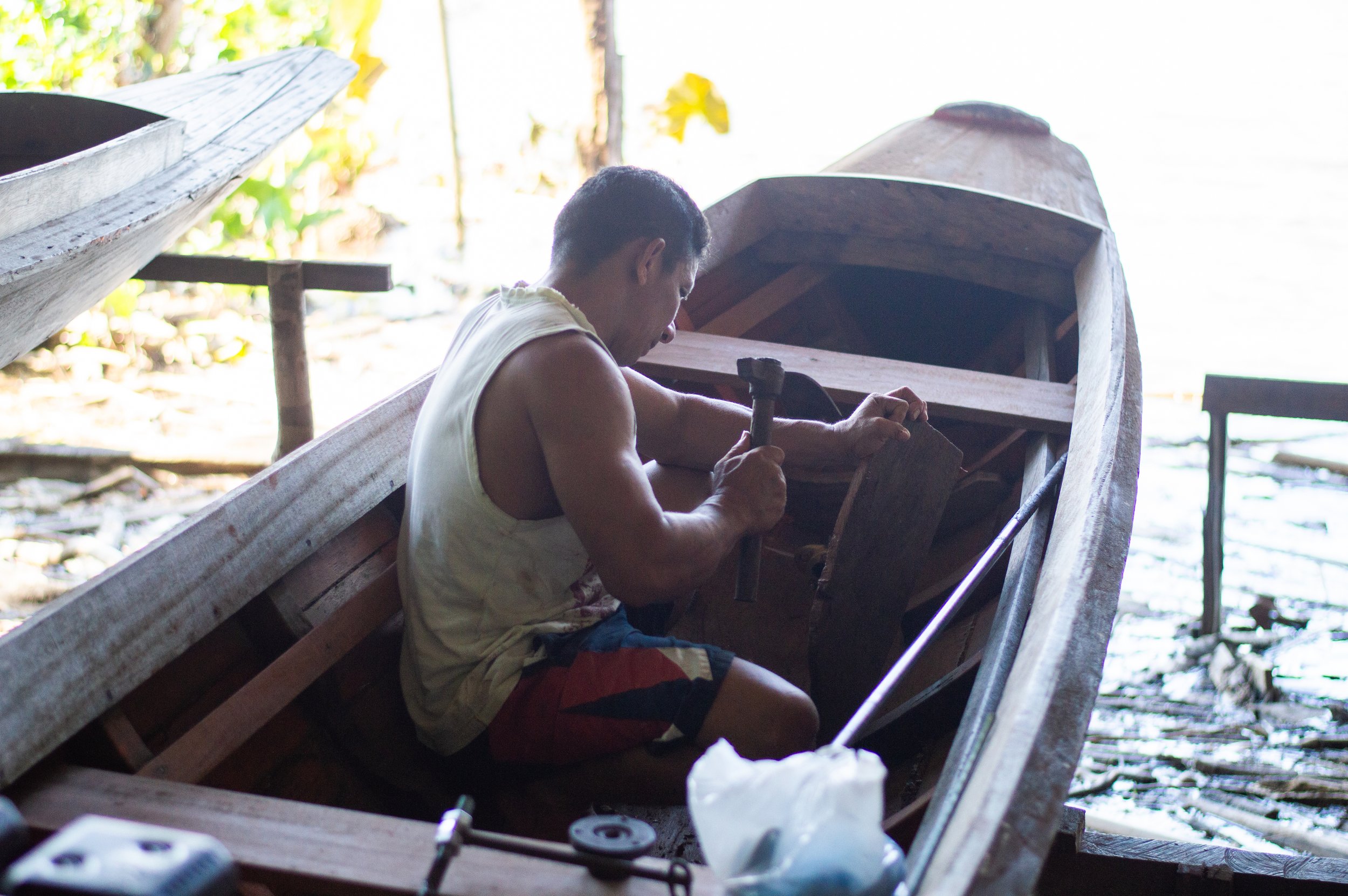
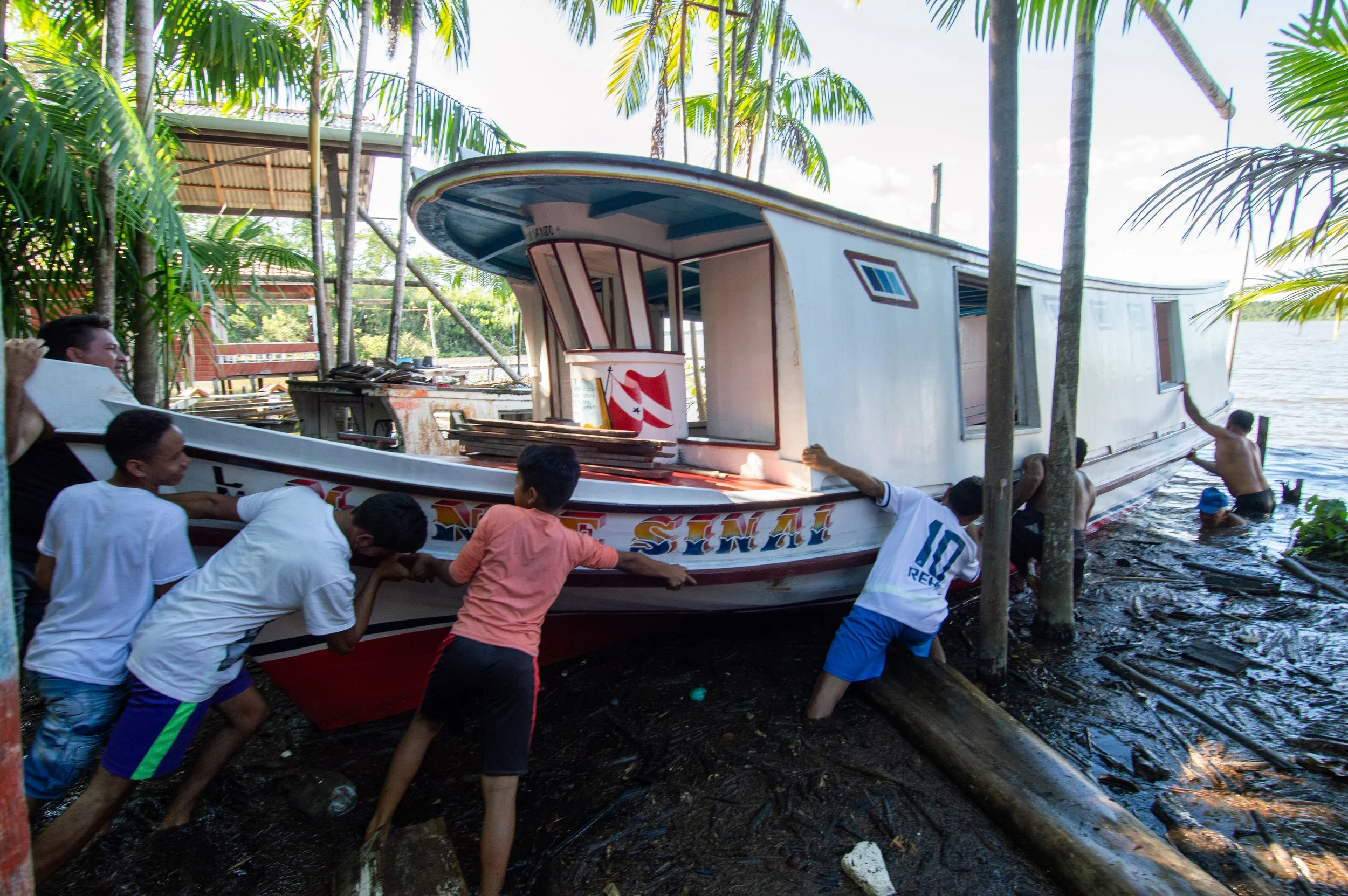
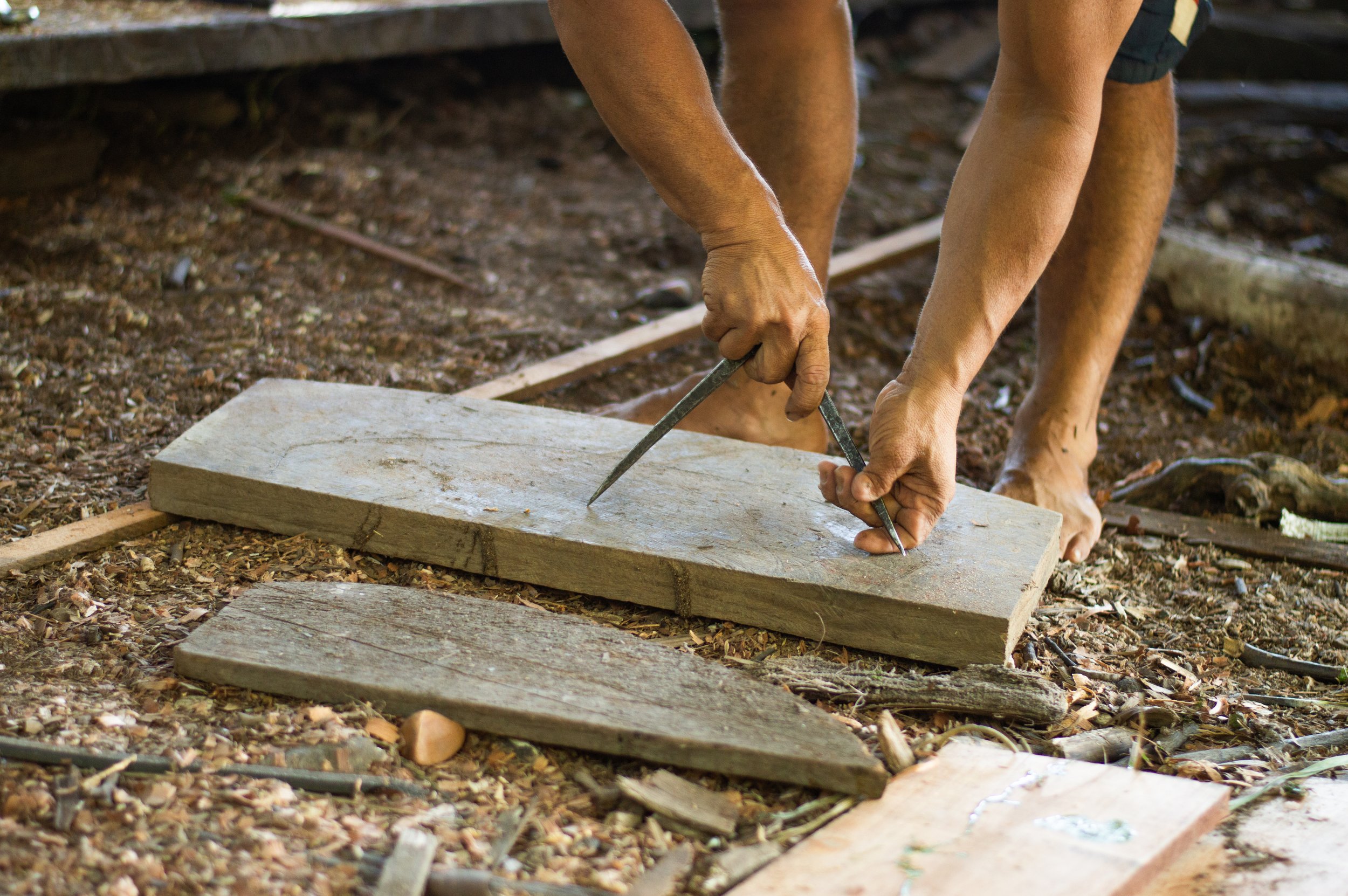
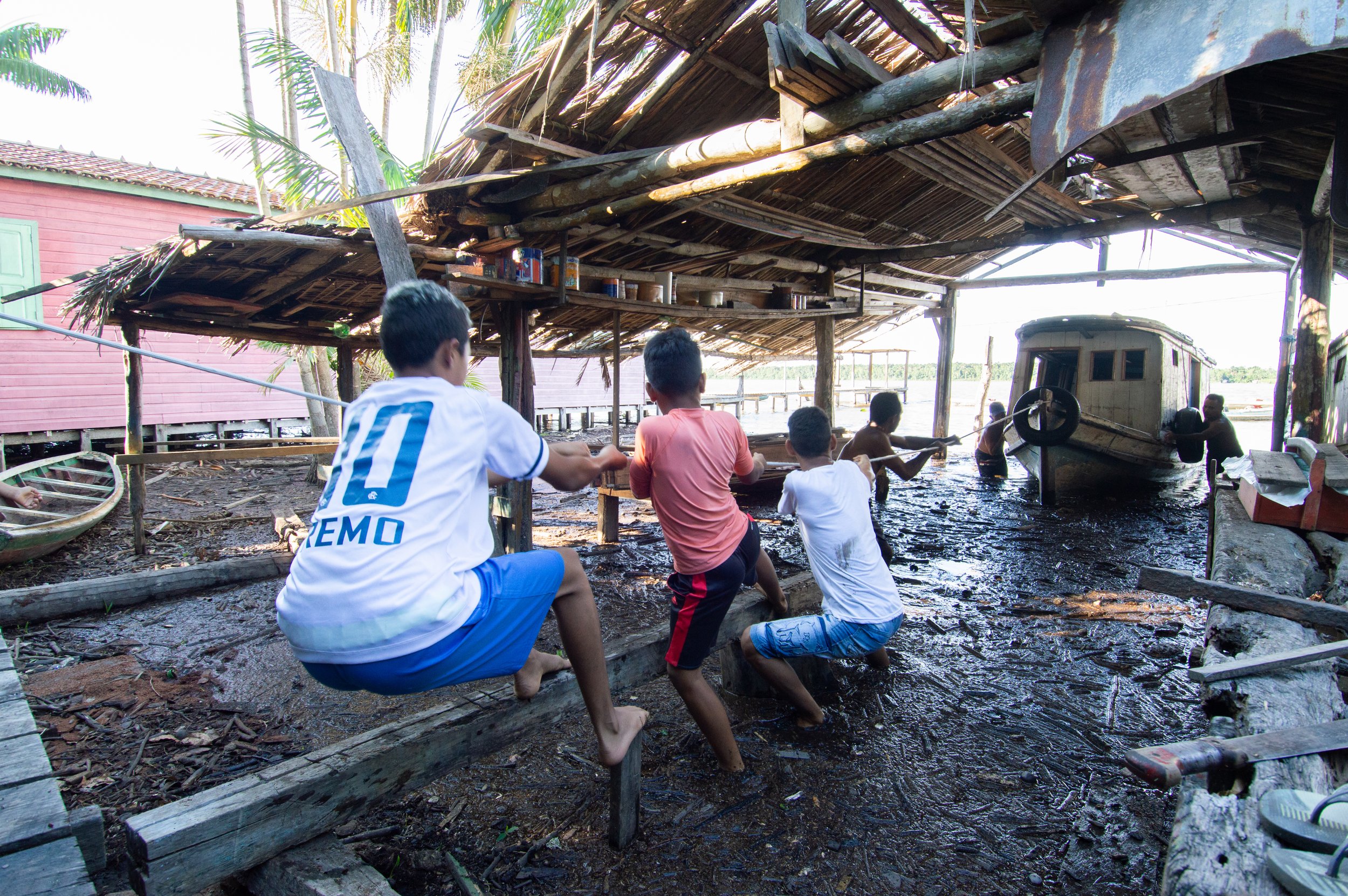
When taking the boats without roof, umbrellas are an option to protect from the intense tropical Sun.
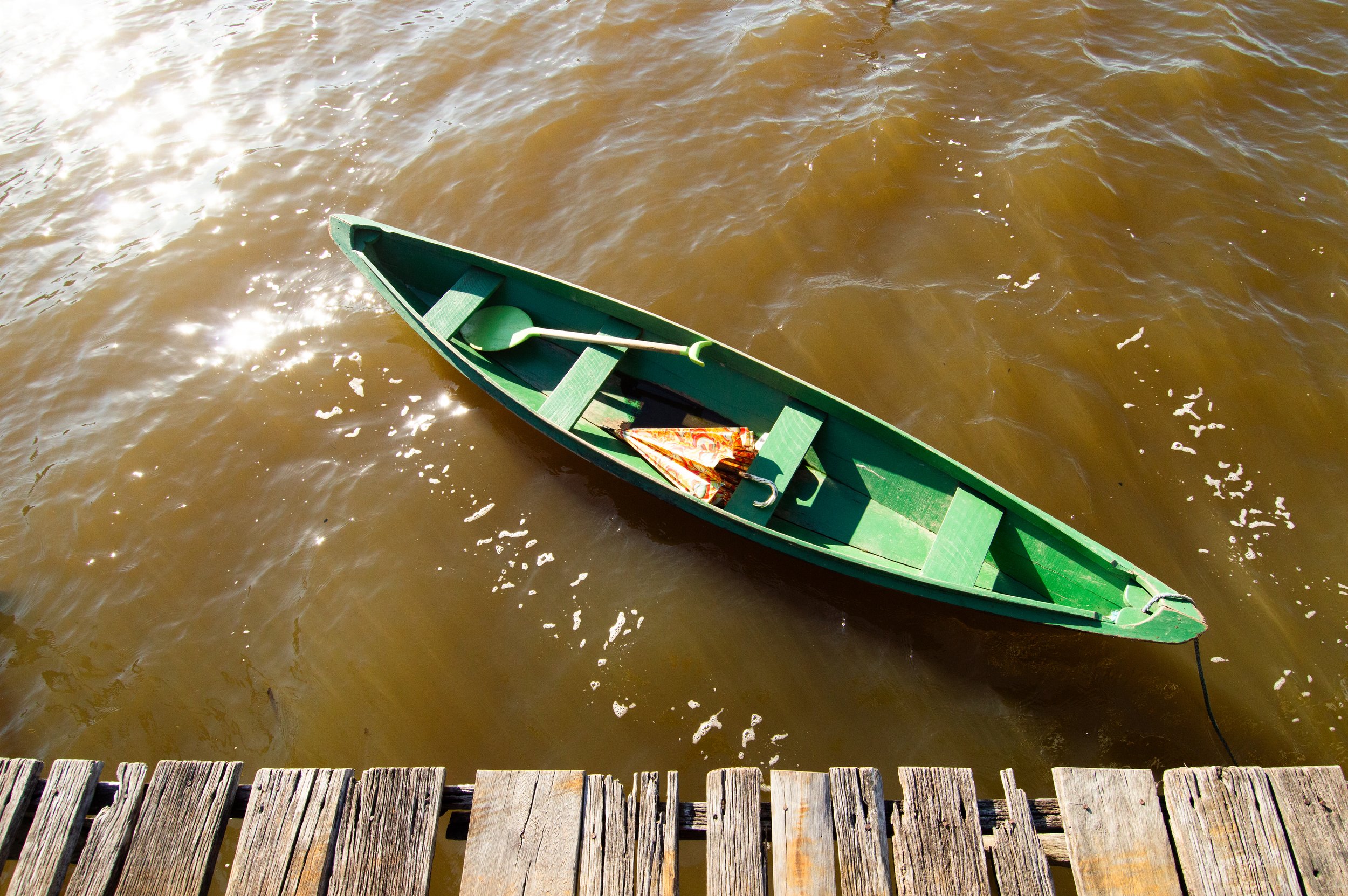
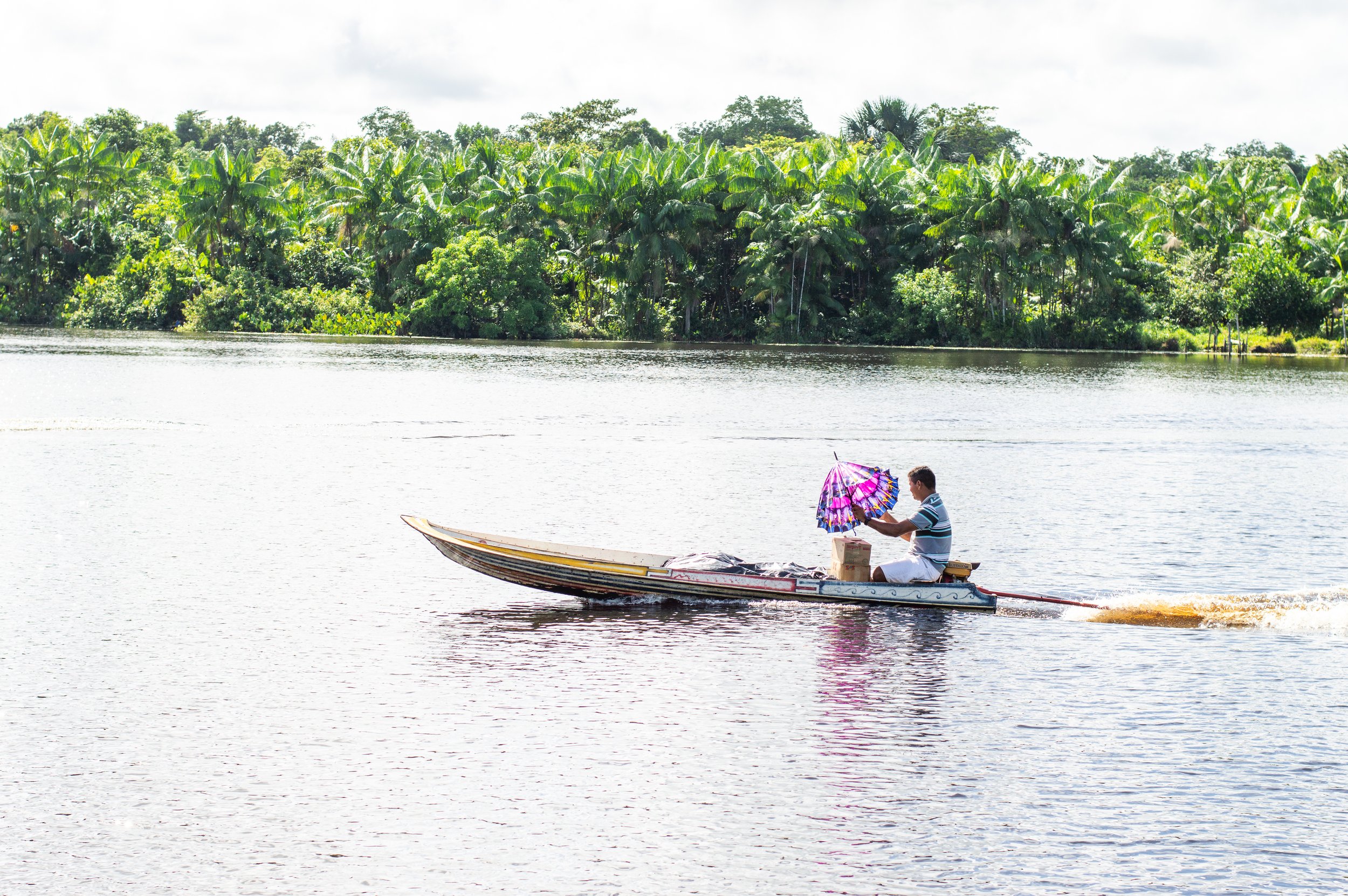
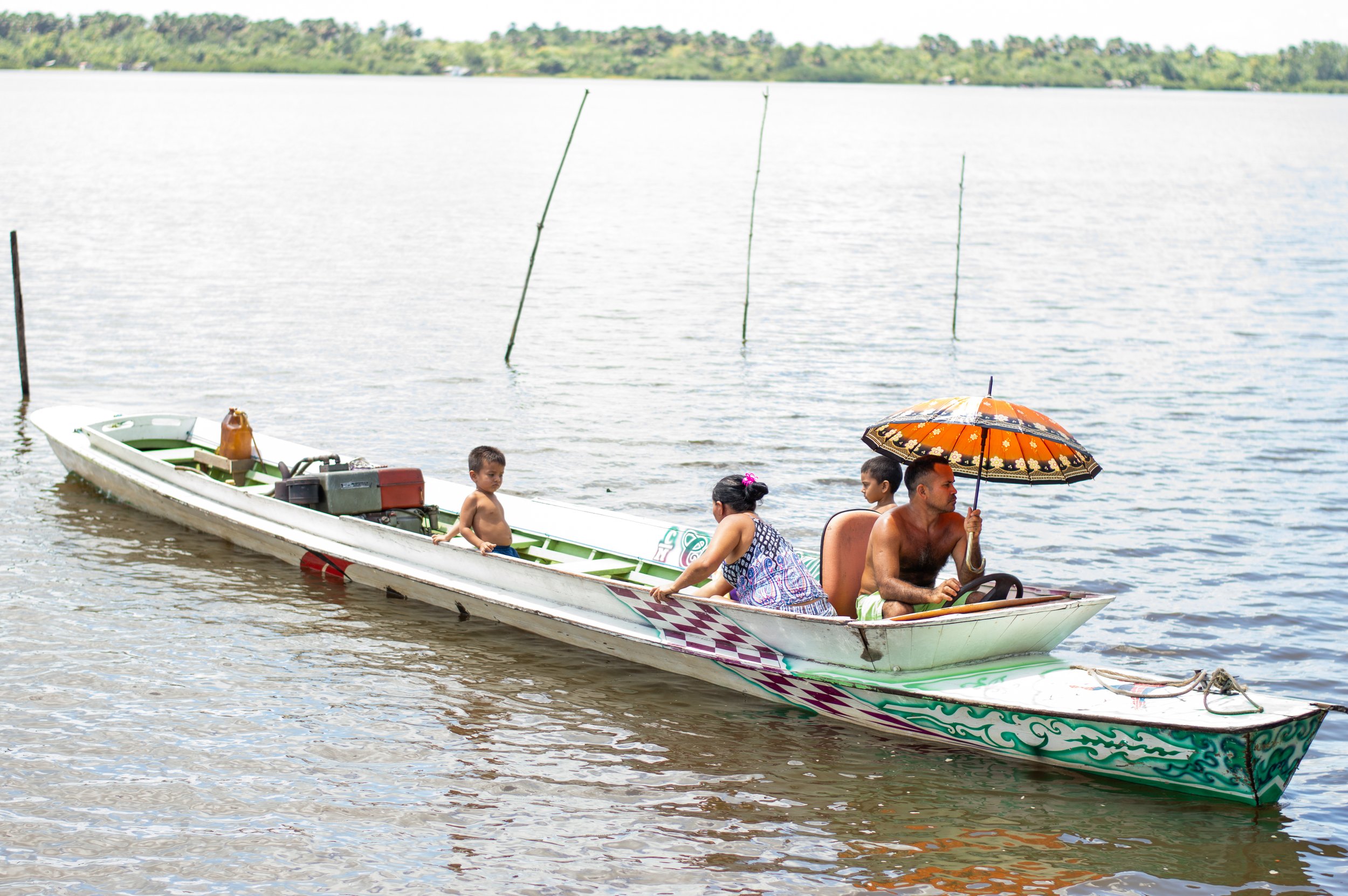
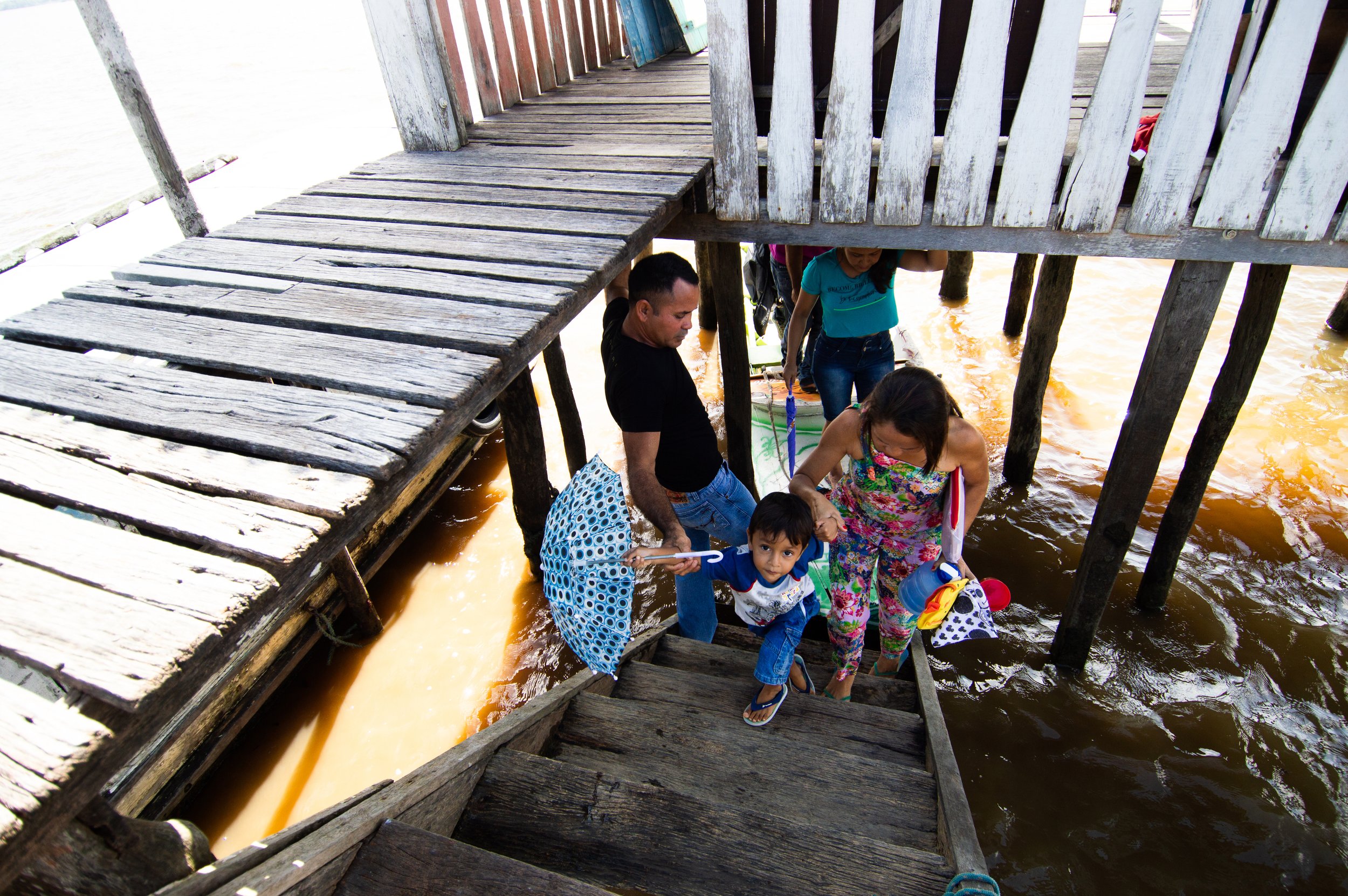
Mr. Lolico’s arms resting on the boat walls showing how much Sun his skin has gone through.
Erick learning to row in the “casco” while his parents and sister watch.
The floating gas stations.
Anderson rowing the “casco” in front of the “aningas” (Montrichardia linifera).
The built environment, too, reflects their ingenious responses to heat. Elevated on “palafitas,” these pillar-like foundations above ground, buildings avoid the temperature extremes of the land, staying closer to the lower thermal amplitudes of the water. This detachment from the ground enhances air circulation, creating a more comfortable microclimate. The choice of materials is equally strategic, with wood and materials of high albedo and low heat absorption used to construct buildings. These adaptations are not just functional; they are a testament to the harmony with the natural world, where every aspect of existence is intertwined with the need to cope with the elements.
Riverside houses around the Rio Canacitu basin.
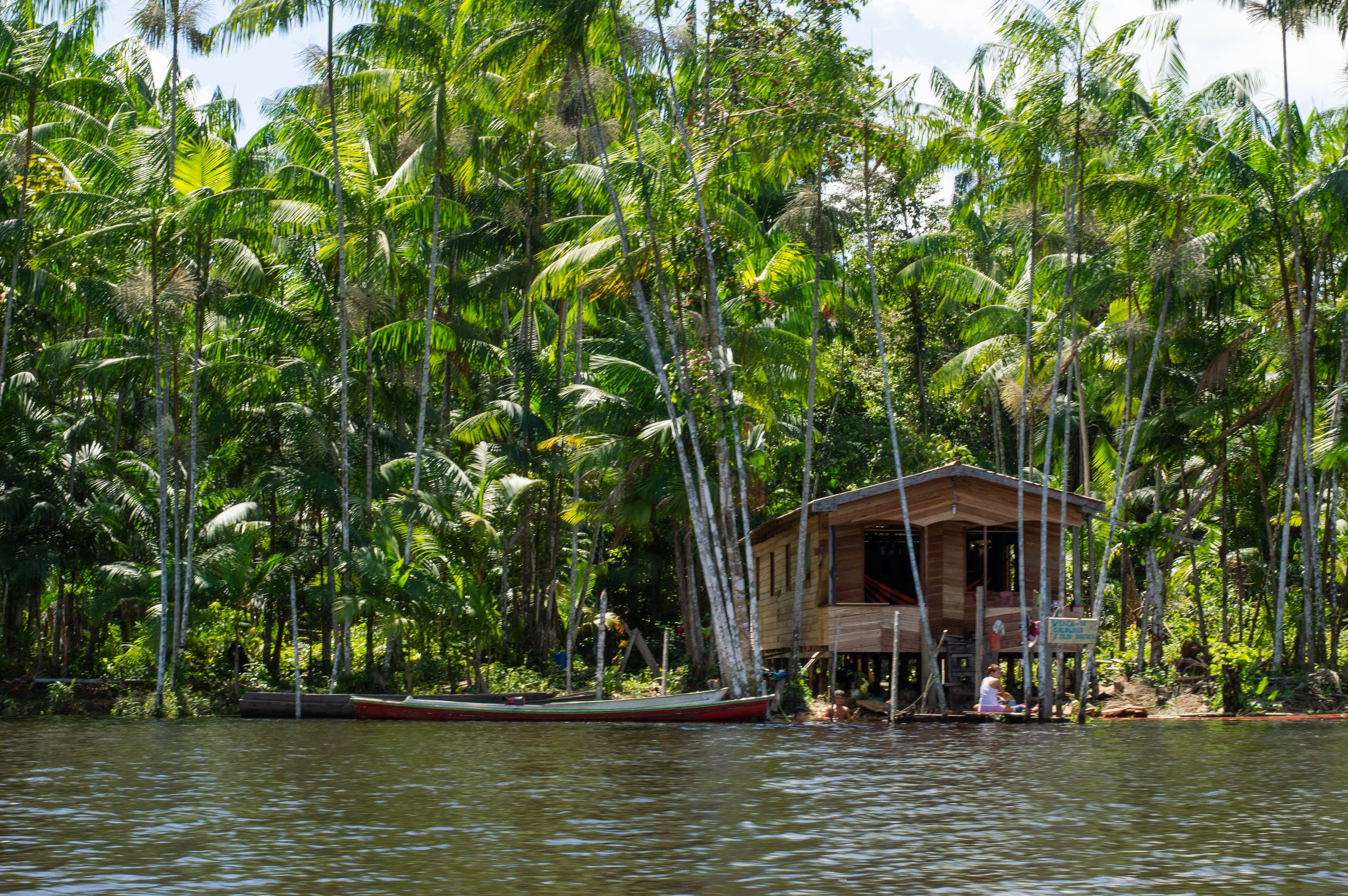
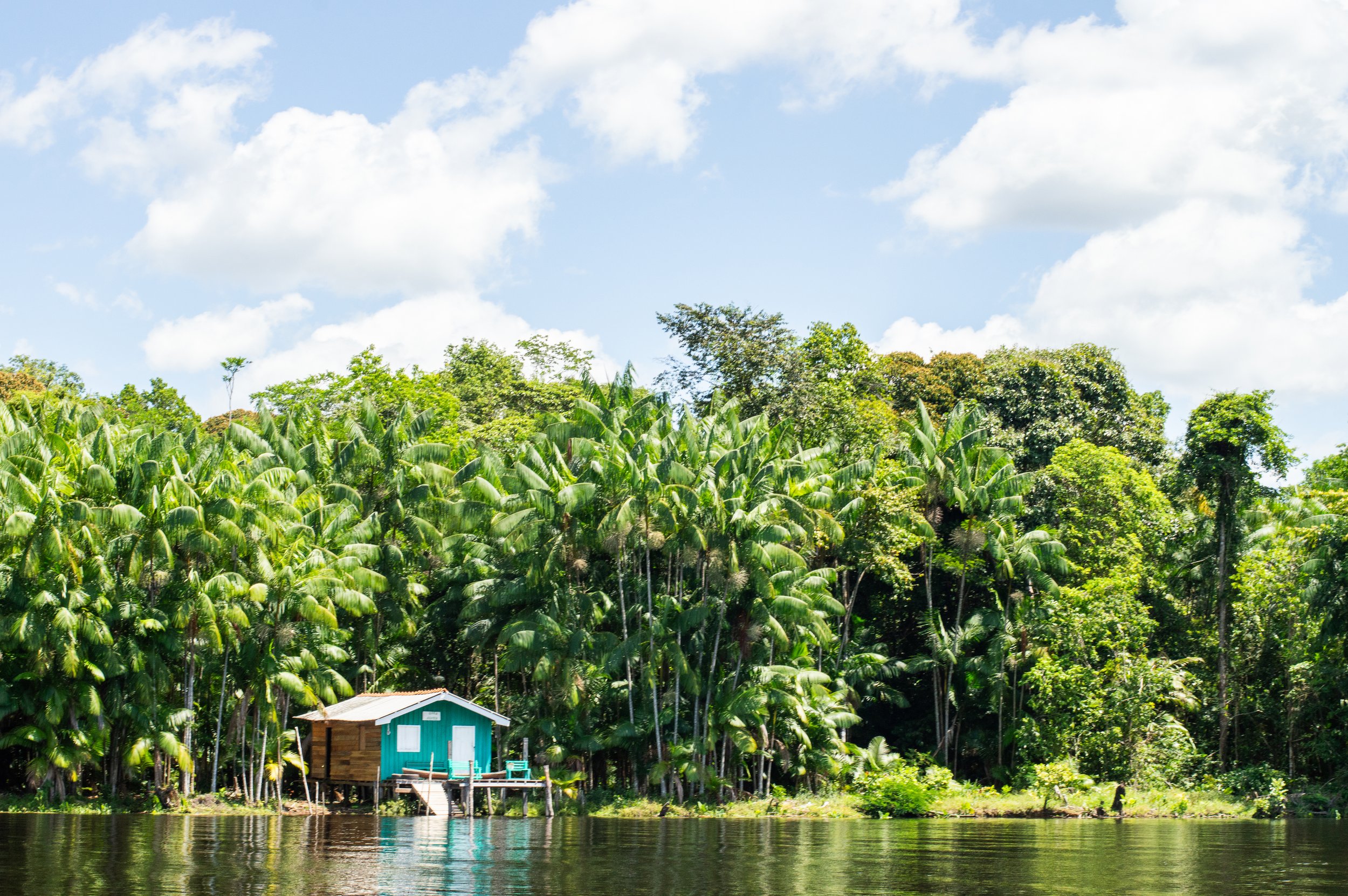

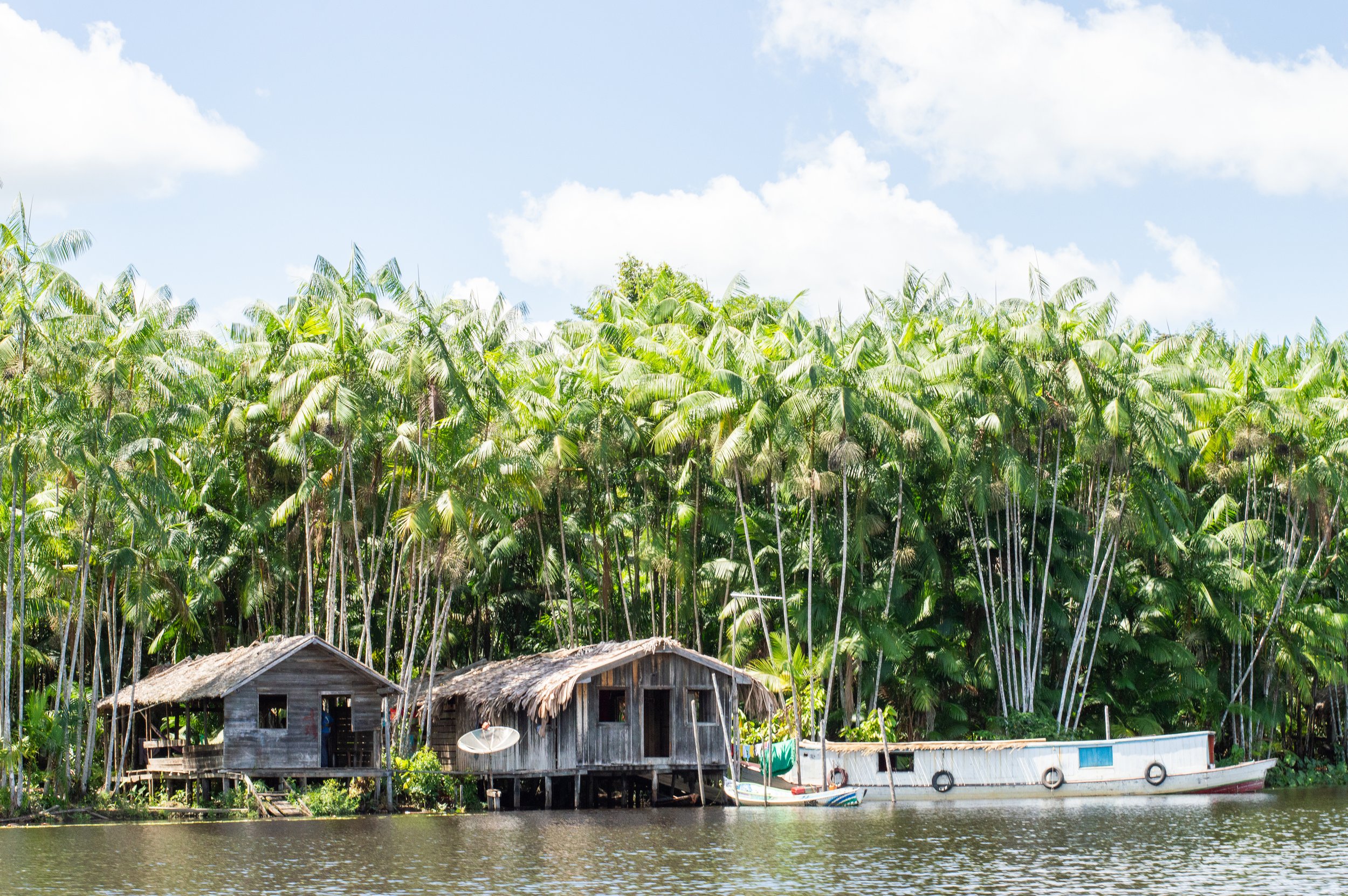
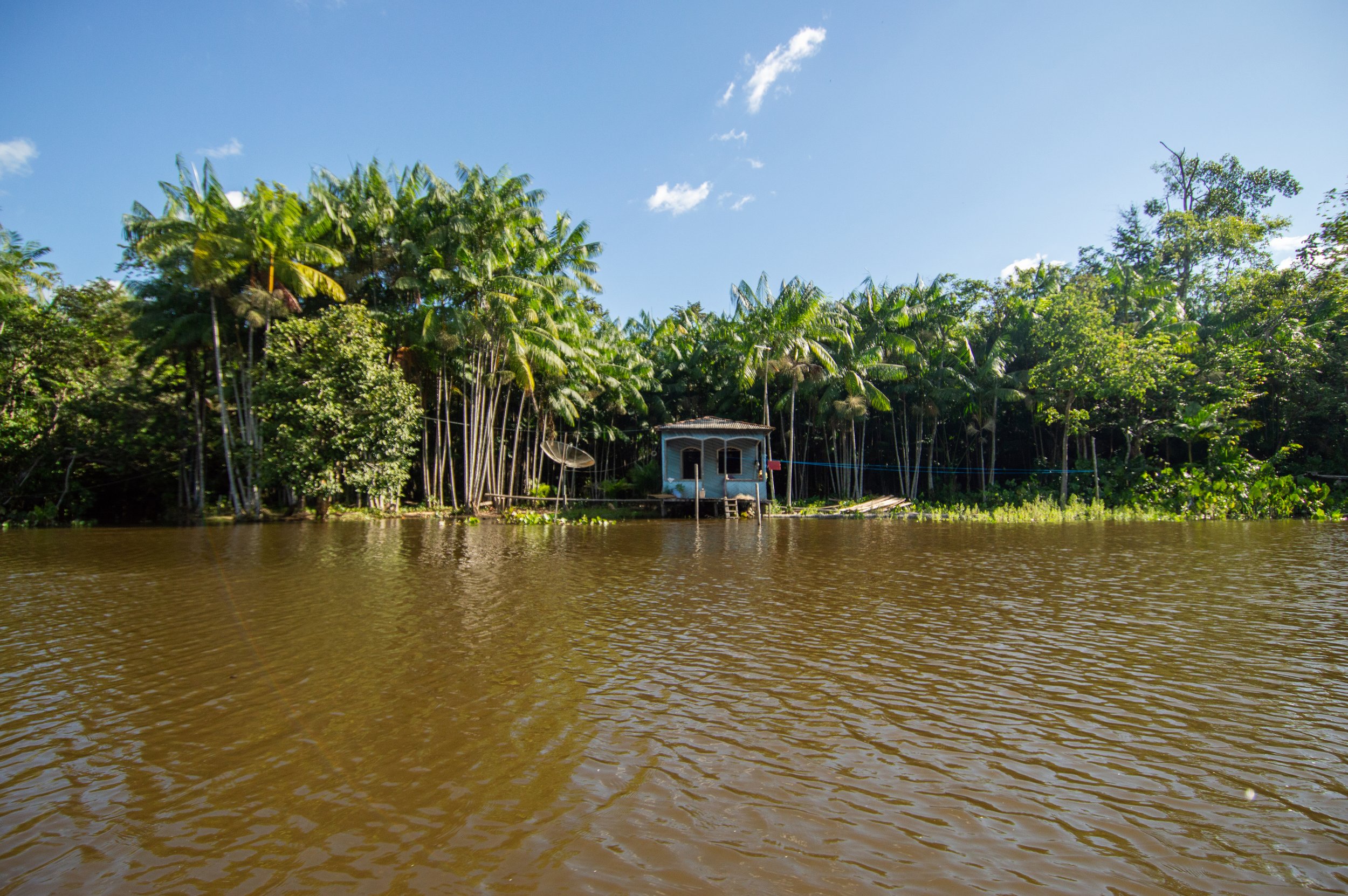
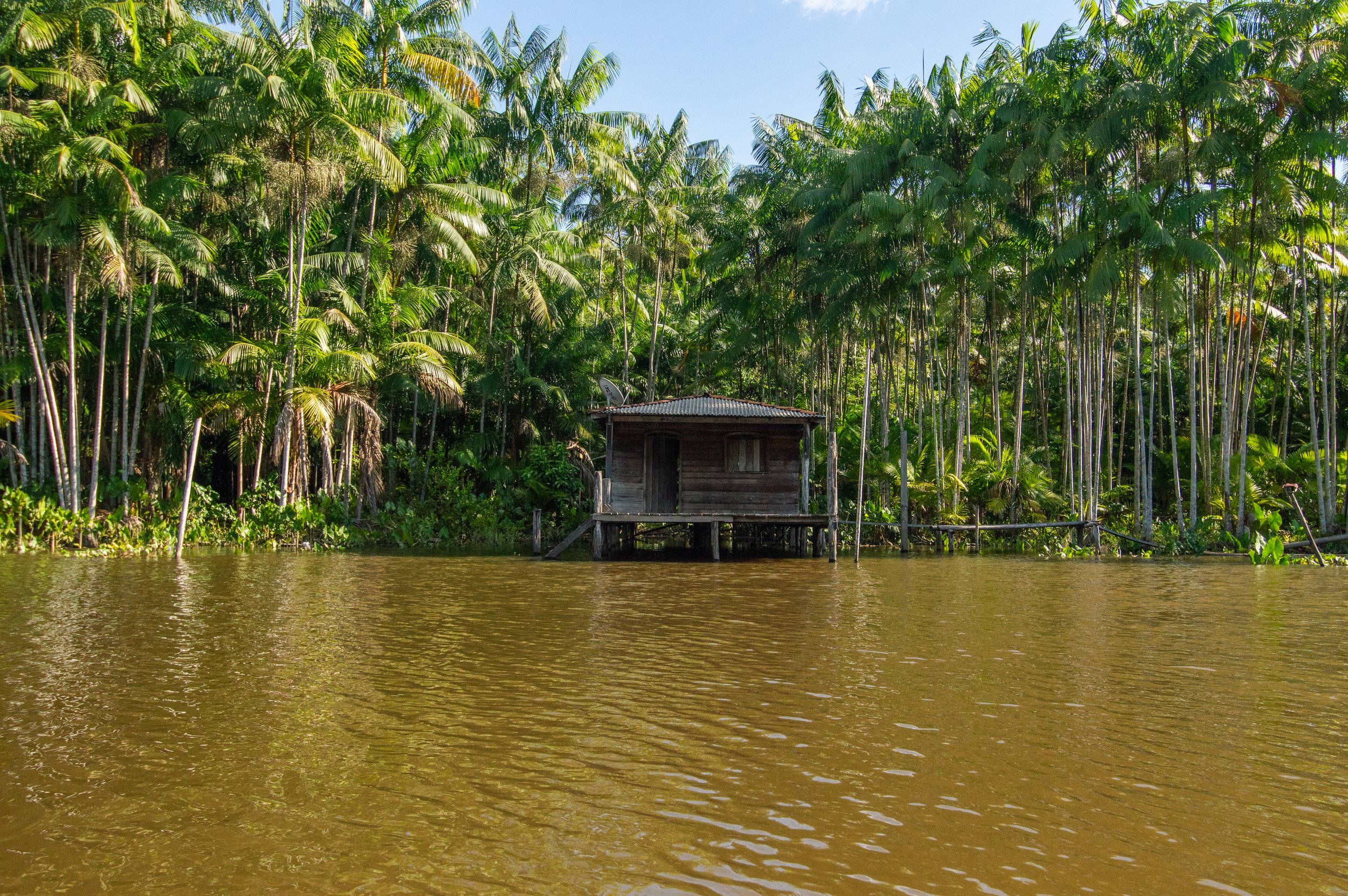
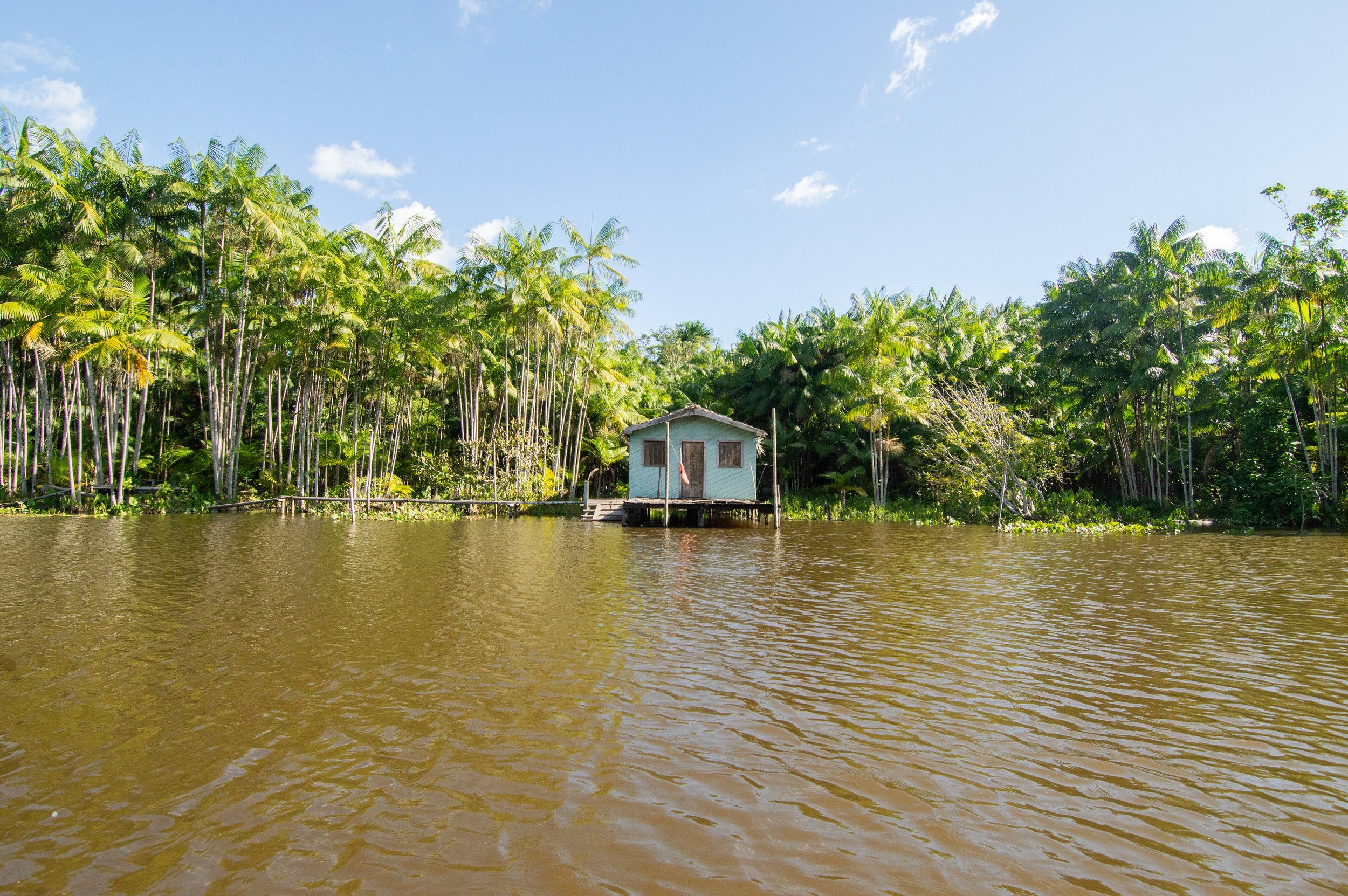
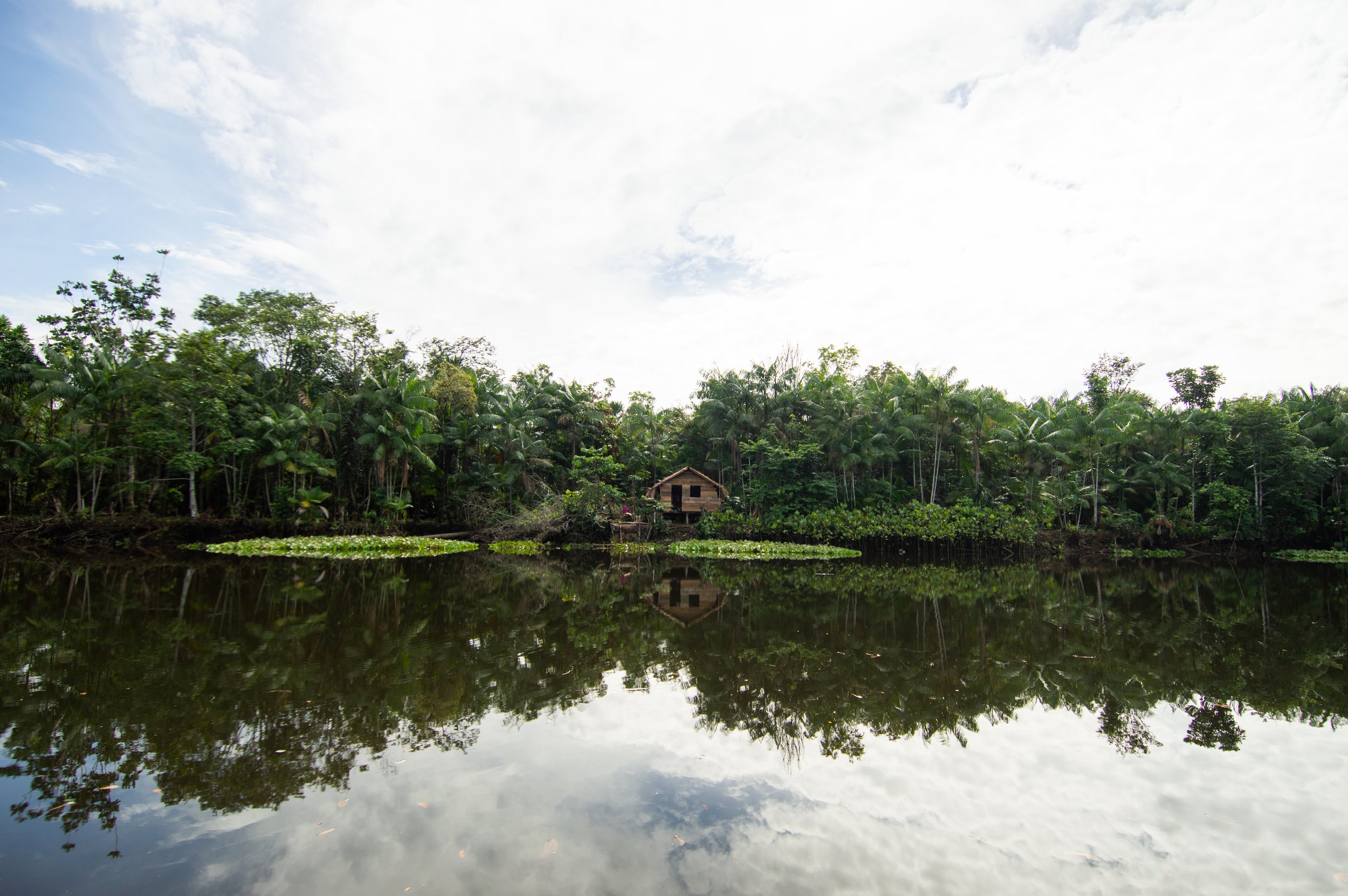
Bricks are produced from clay taken from the surroundings in the local brick yard.
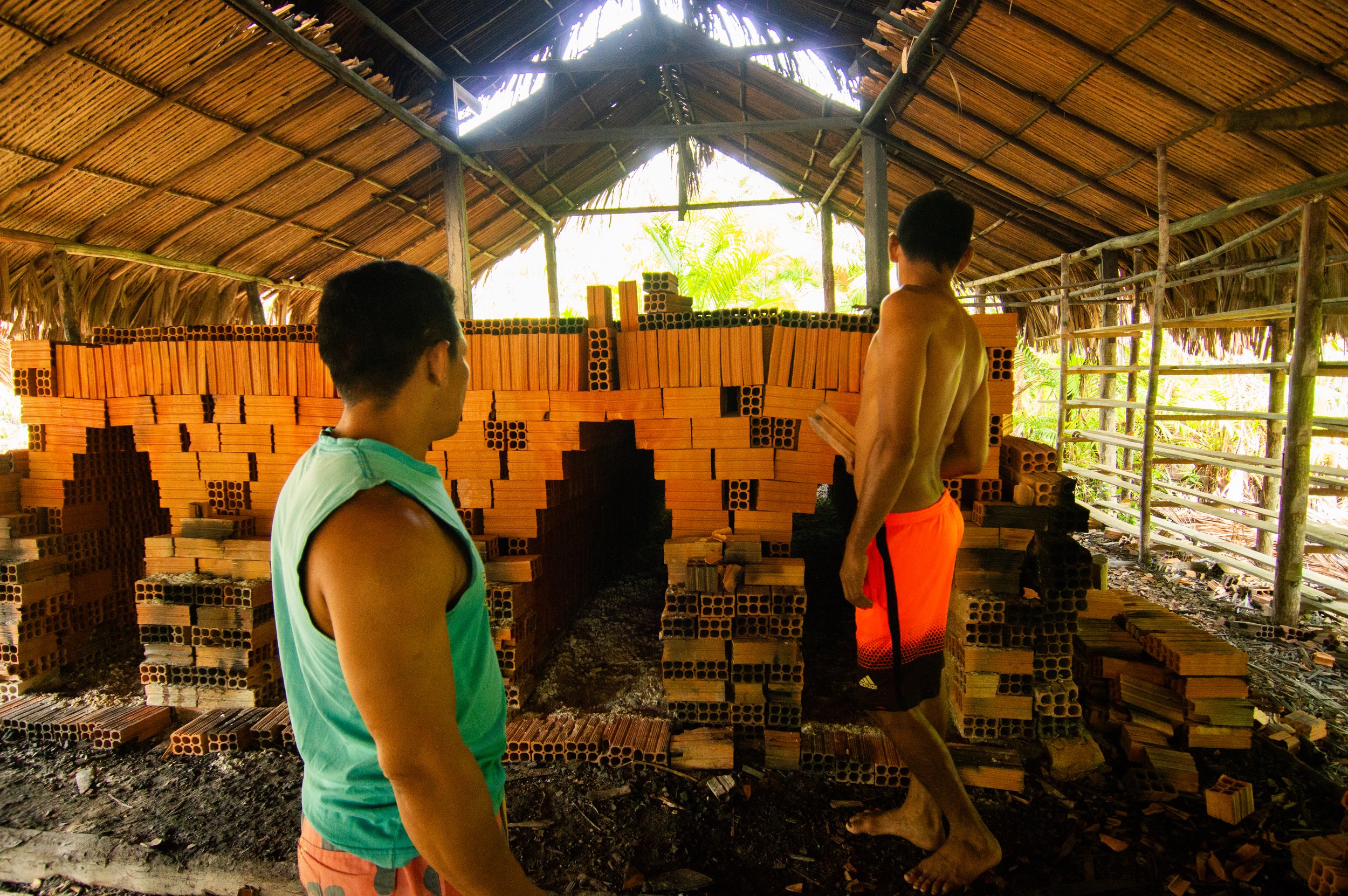
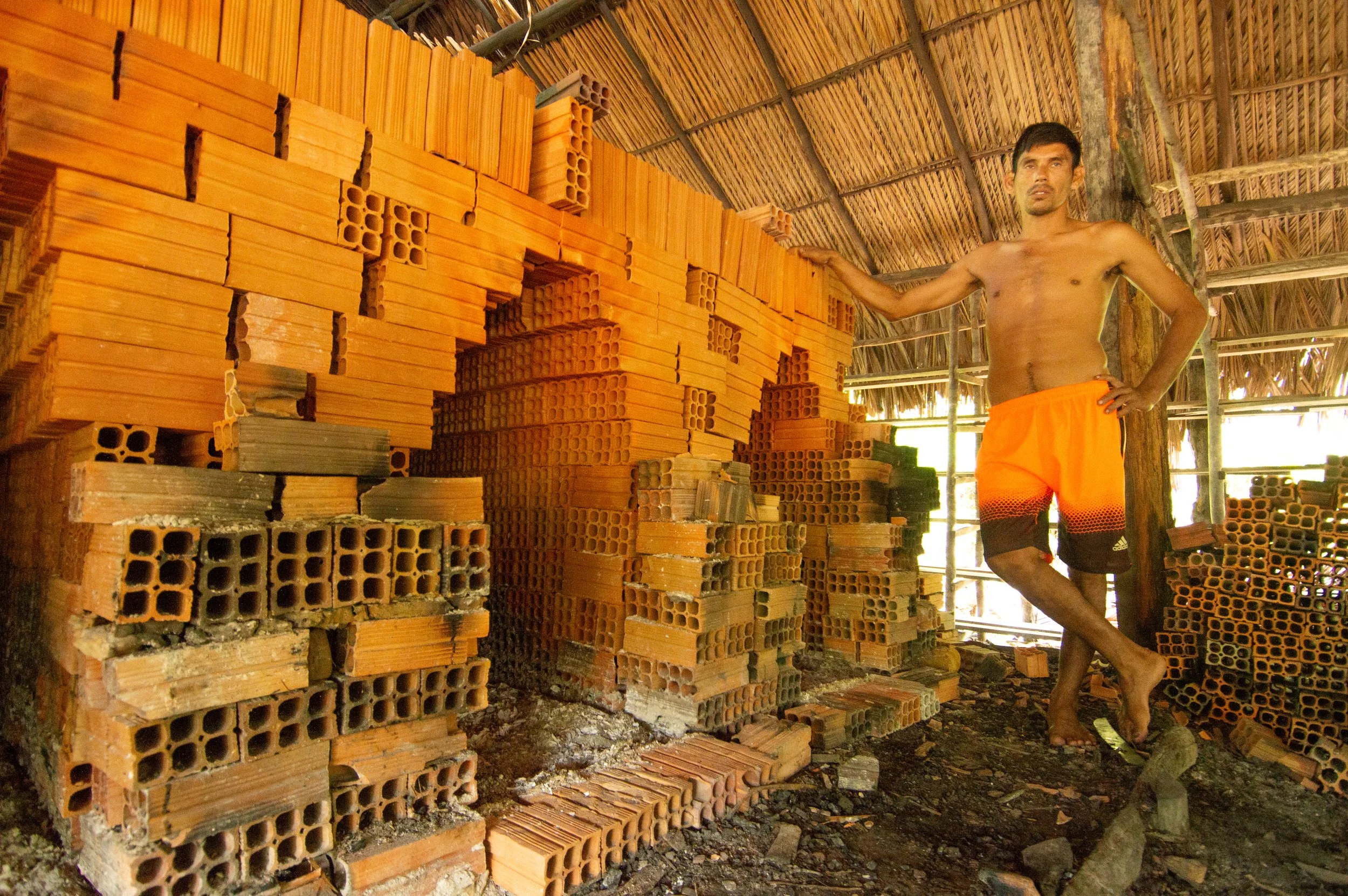
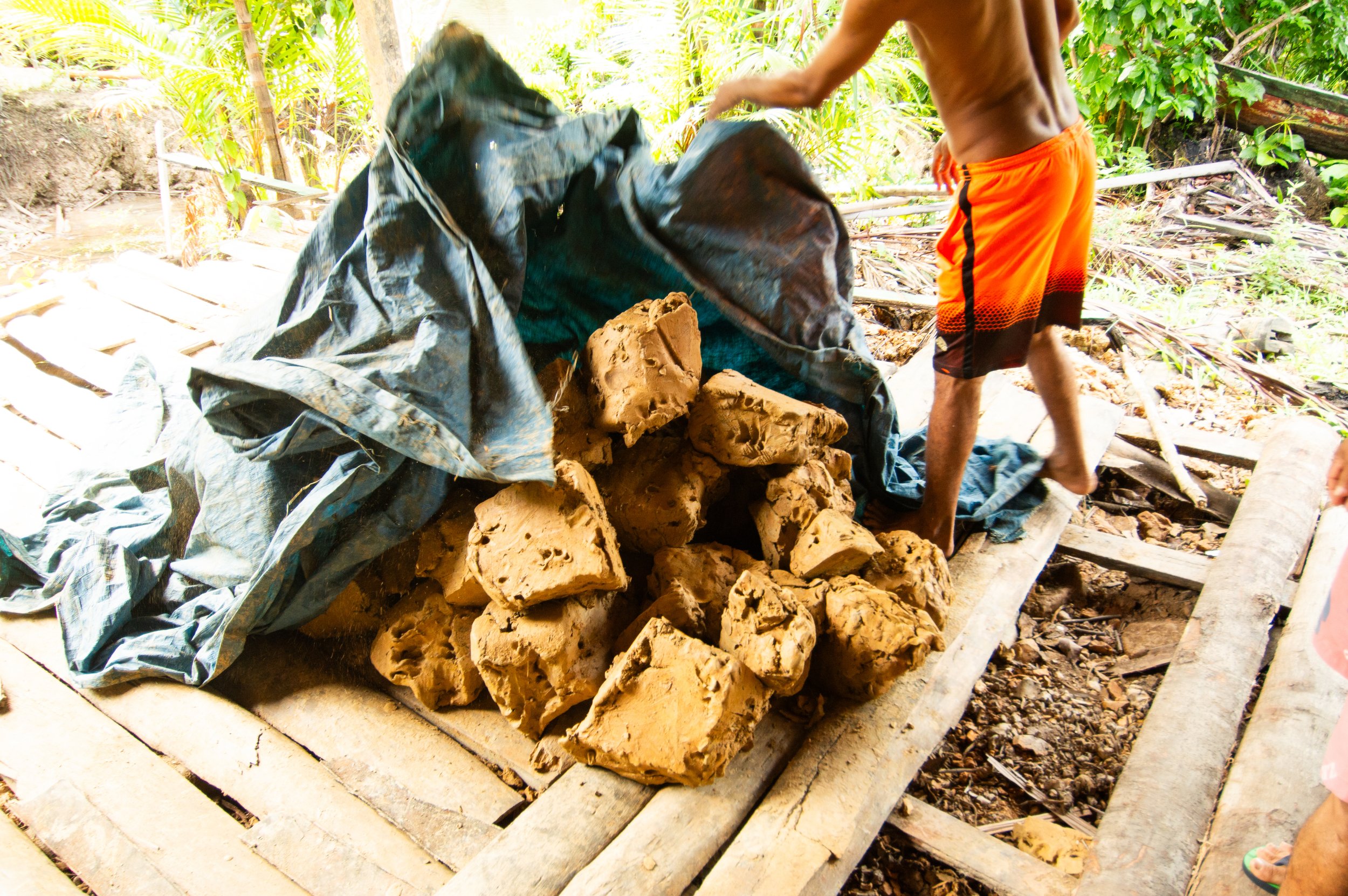
The brick yard as seen from the river.
Most houses are made of wood, including their foundations, but some have mixed techniques with masonry or are fully made of bricks.
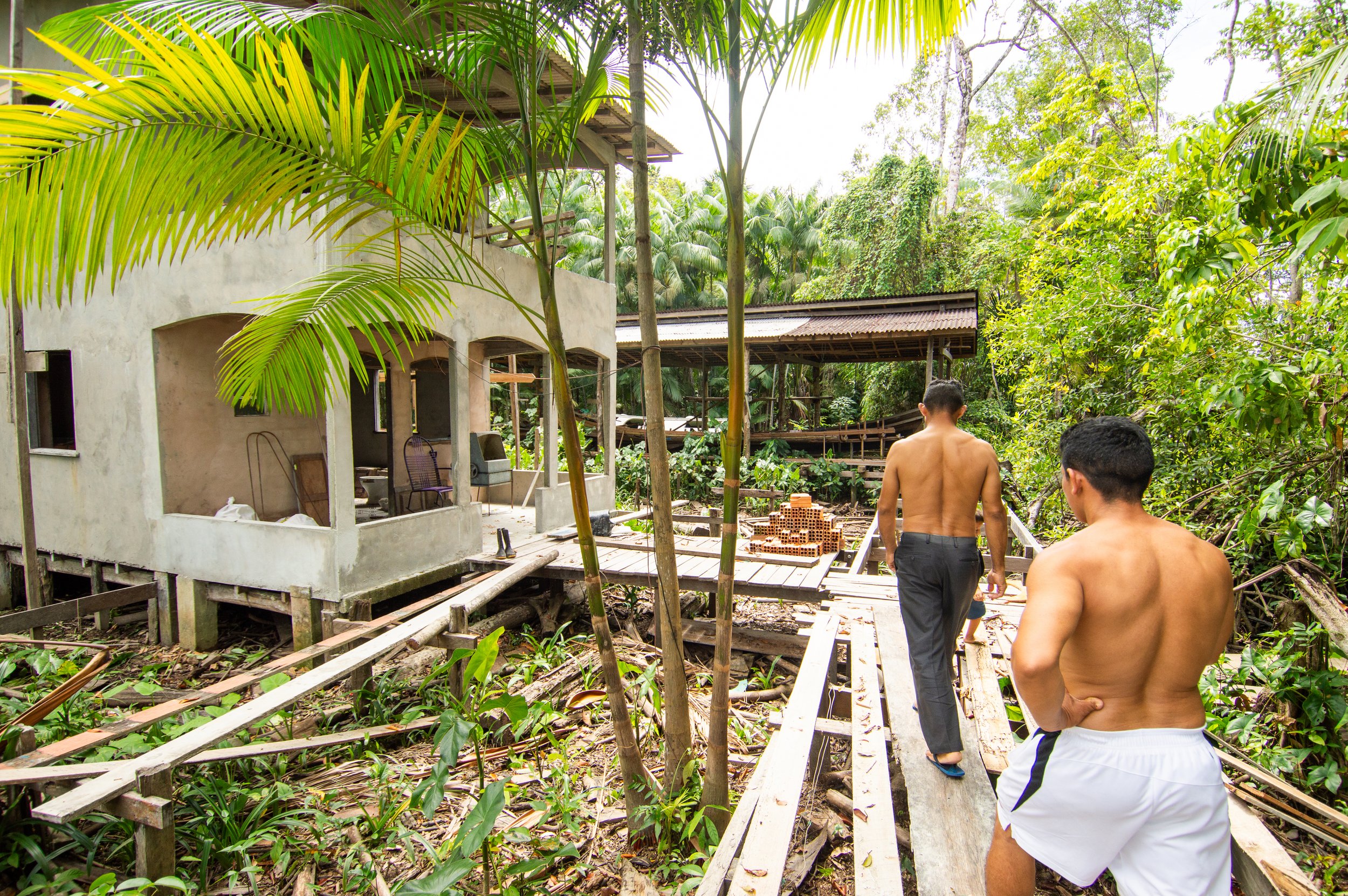
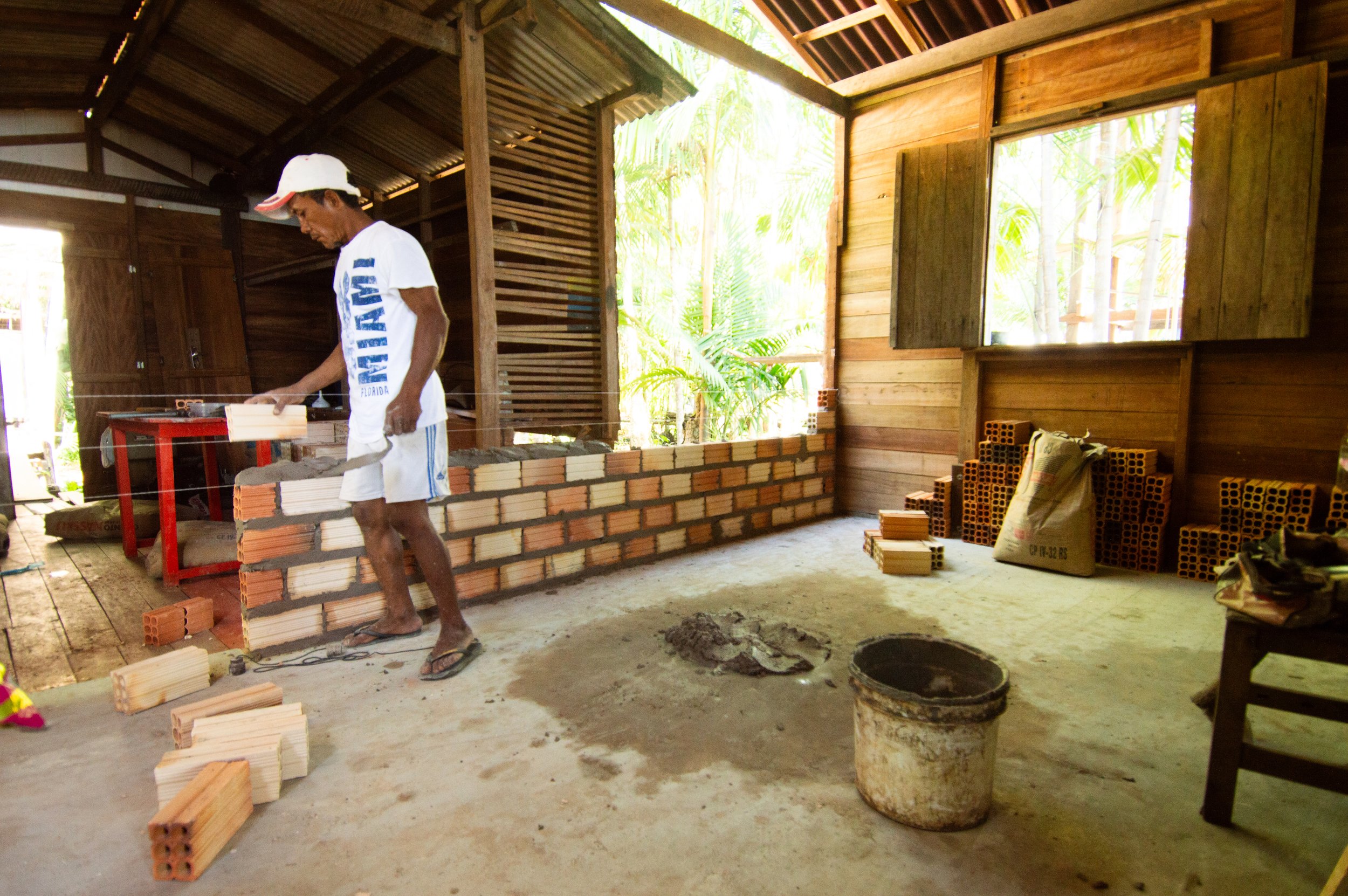
The wooden floors and walls always have small gaps that make them breathable. The floors are normally cool and comfortable, which makes it appealing for laying for a rest or watching the television.
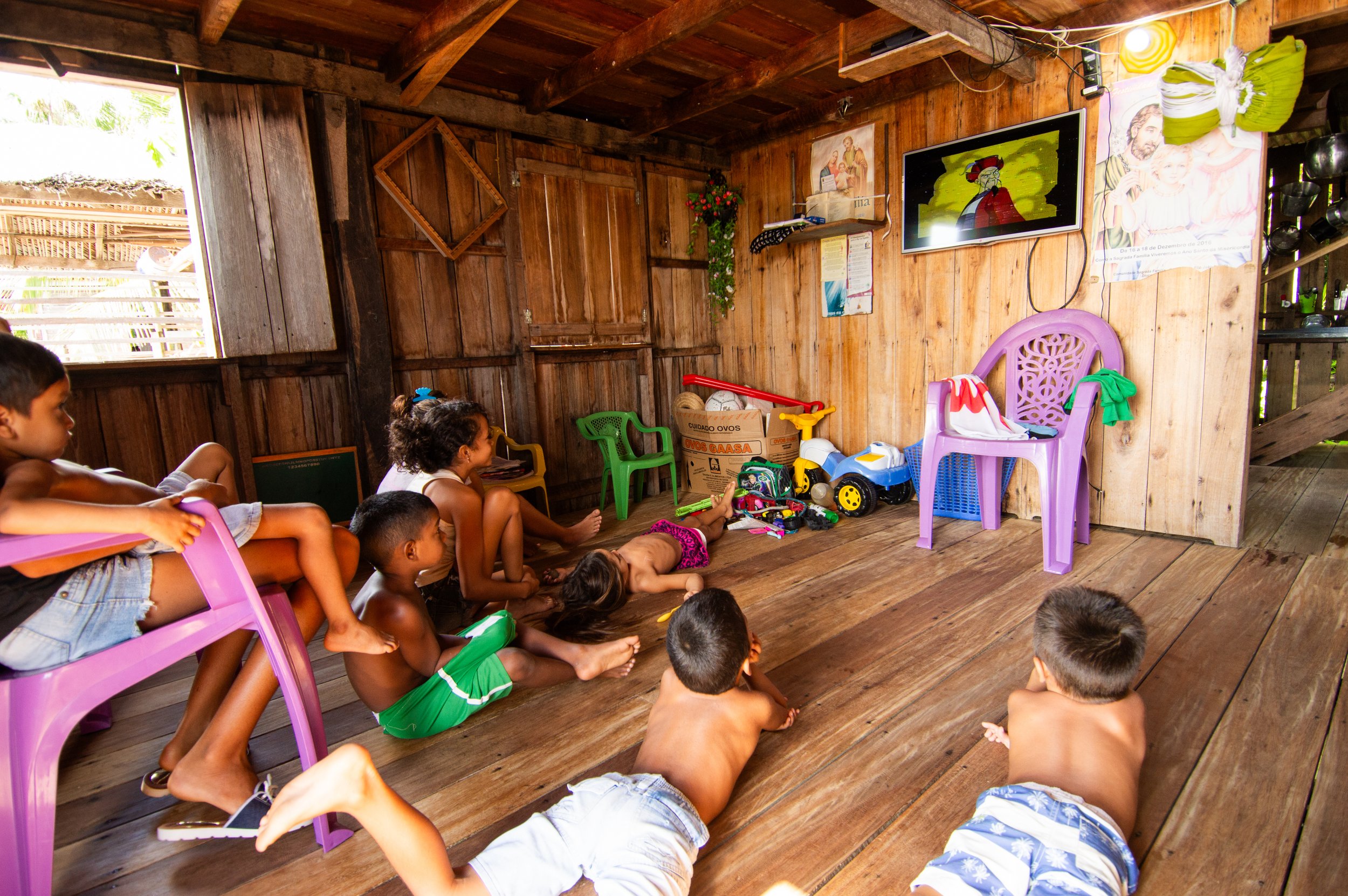
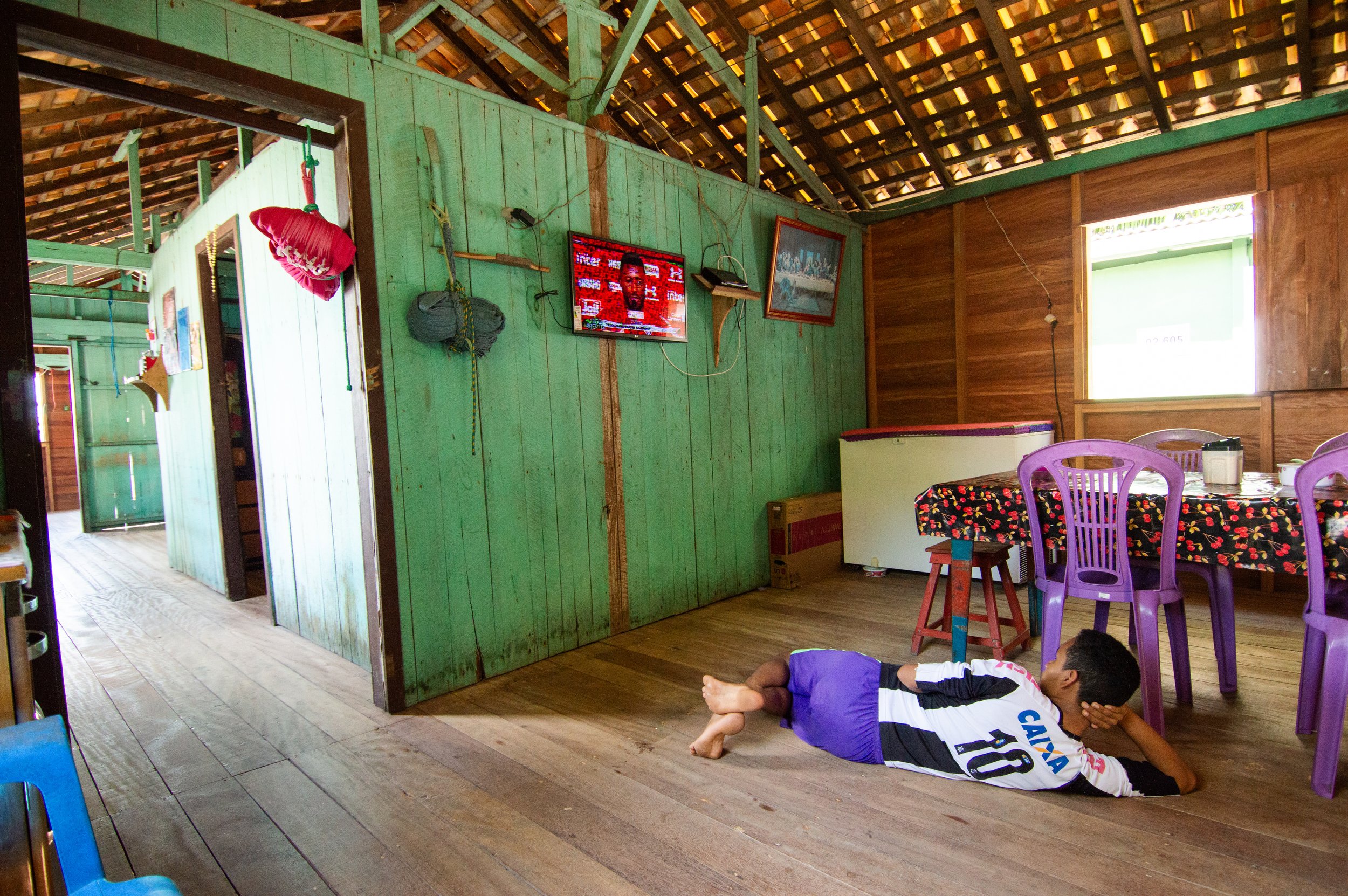
Houses also normally have not only an internal kitchen but also an external one on the back, with more air circulation. In the photos: Ms. Silvana and Gustavo.
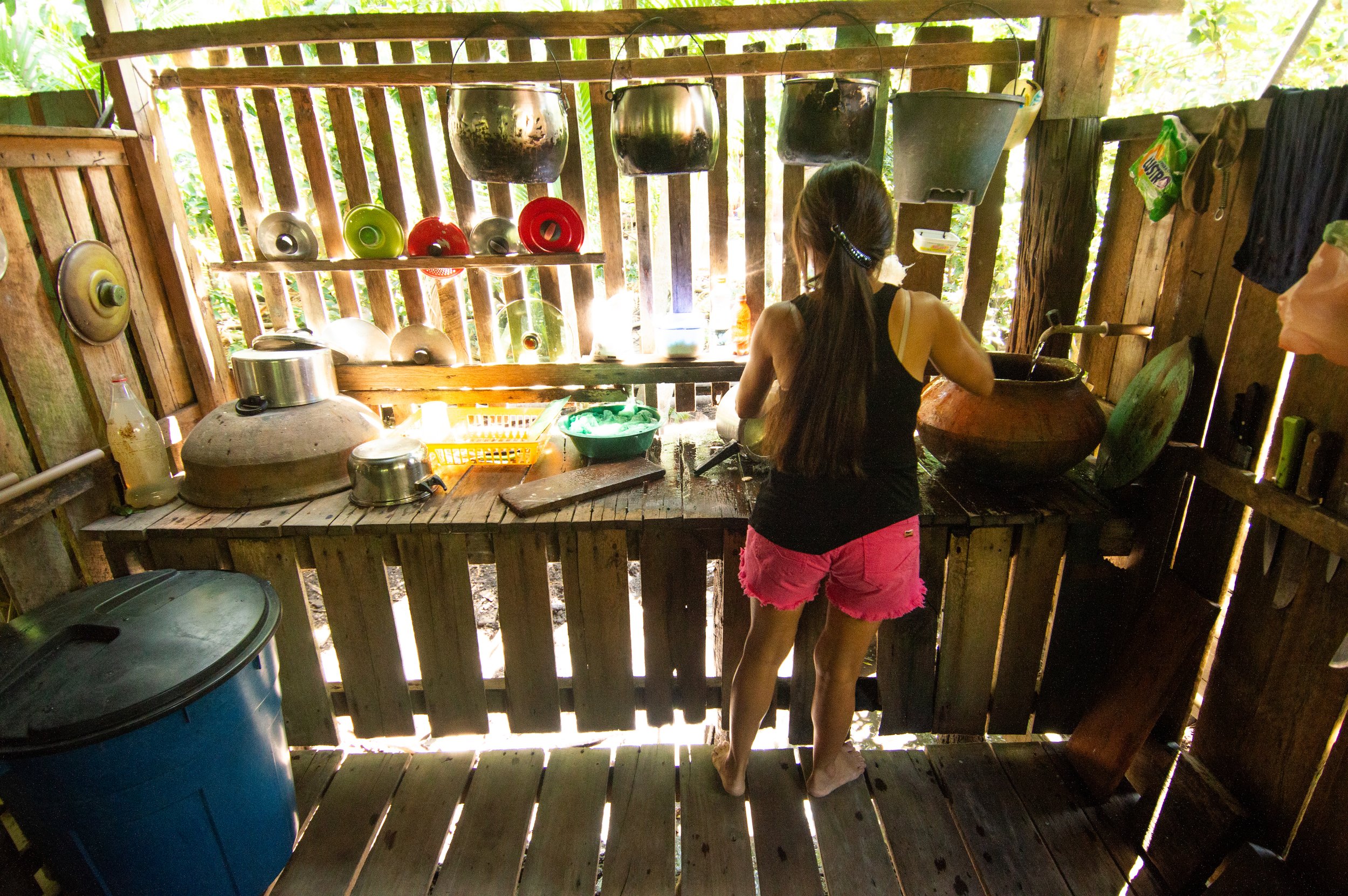
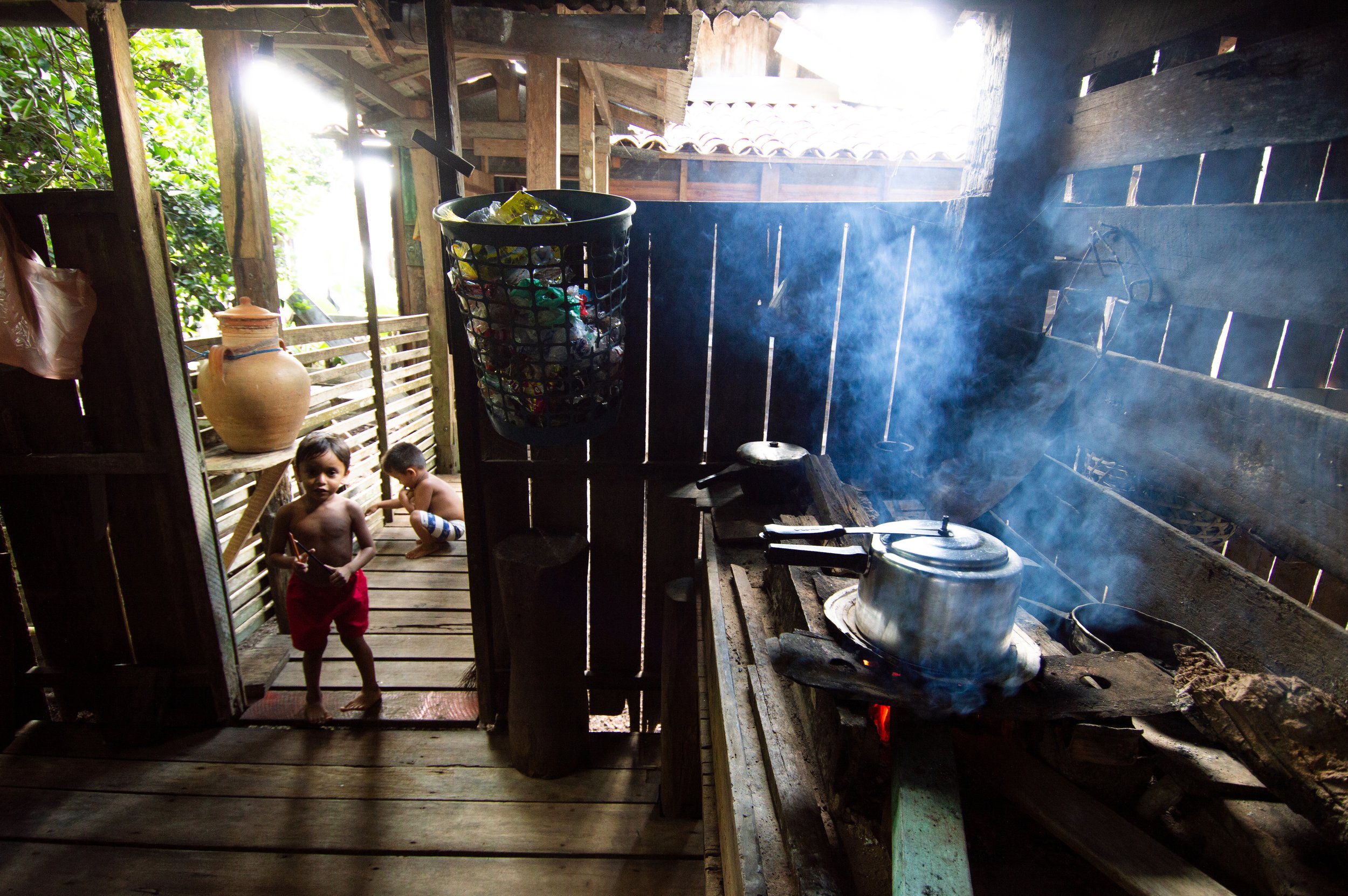
Constructing the “trapiche”: the connection between the house and the river with “palafita” foundations.
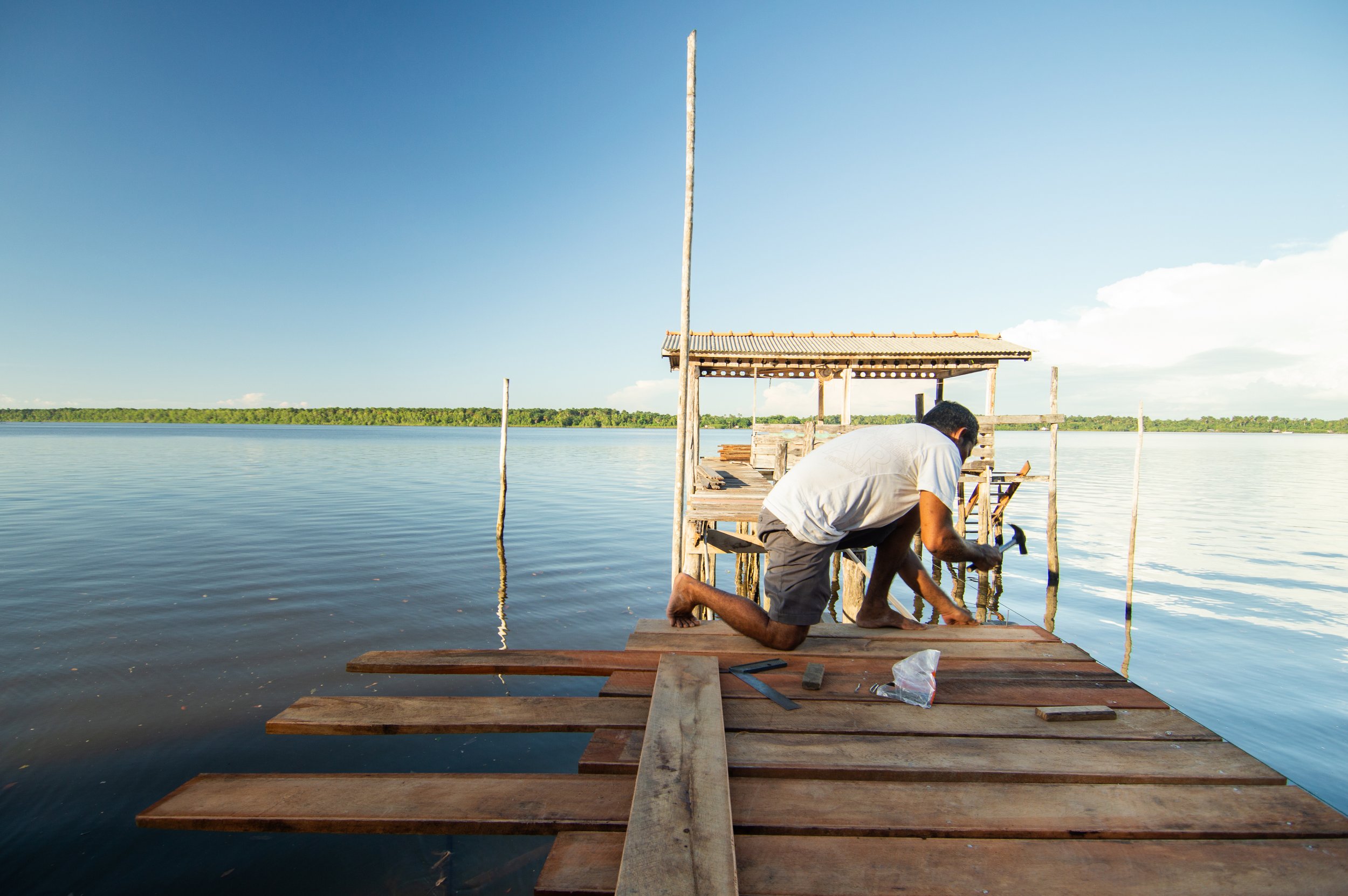
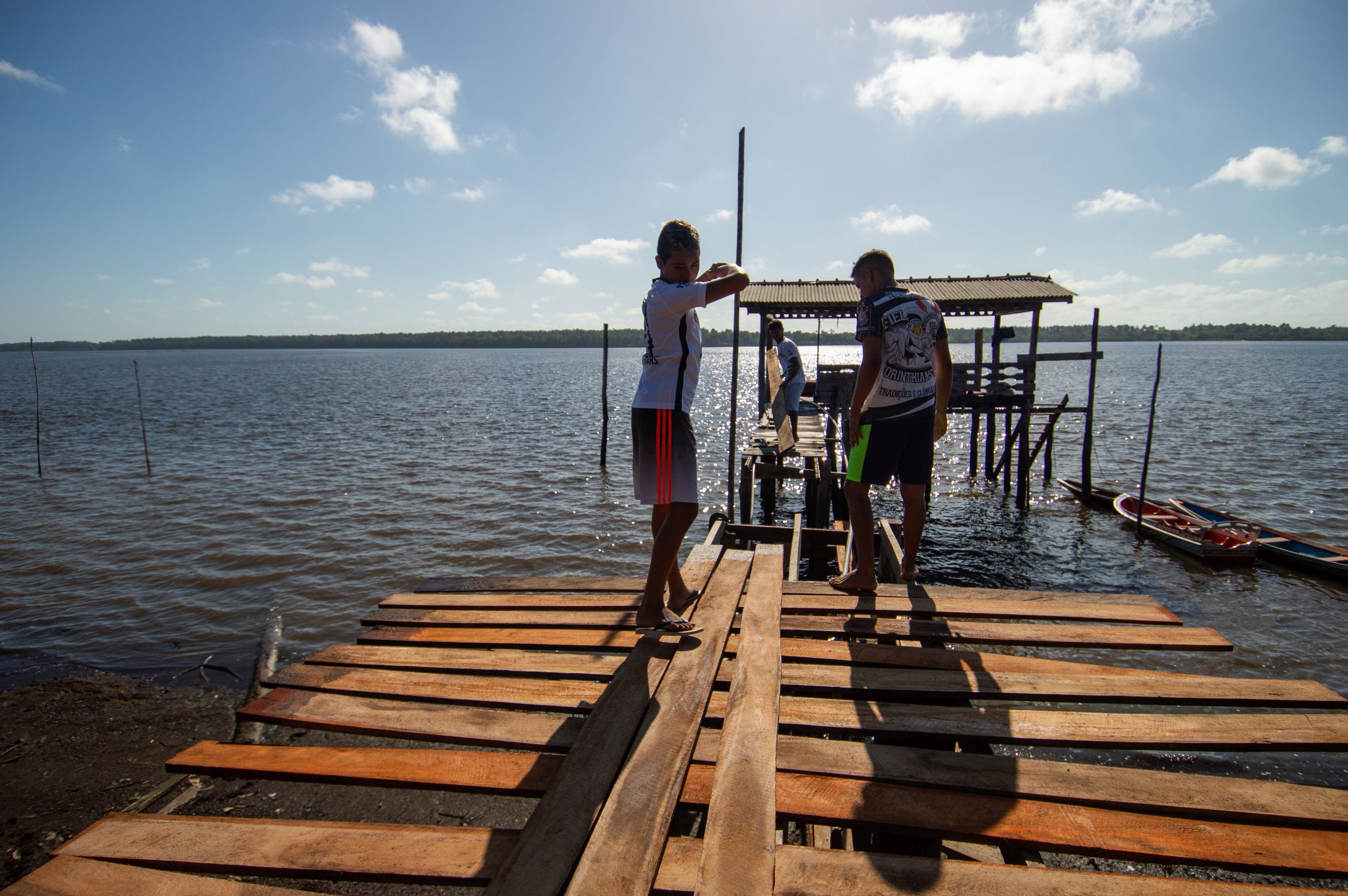
I am profoundly grateful to all my friends in the Comunidade Sagrada Família that hosted me so warmly in their homes. Here are some of the people that I shared most of my days throughout this one month in the community. There are many others, though, that I could not portrait and thus are not here. To all of you, if I could photograph or not, thank you! I hope to come back.
The goodbye: night in the Rio Canaticu.
Astrophotography from the comunidade Sagrada Família. Rio Canaticu and the Milky Way.
Mr. João in the dusk. Every day we sat together in the front porch of the house to talk about the day.
People from the Sagrada Família community sitting in the evening to watch the dusk of the Moon and talk.
The hammock I slept every night and its mosquito net. Outside, the Moon.
Mr. Edilson in the boat roof watching the dawn while we navigate to visit the seer Mr. Luiz Pinheiro.























